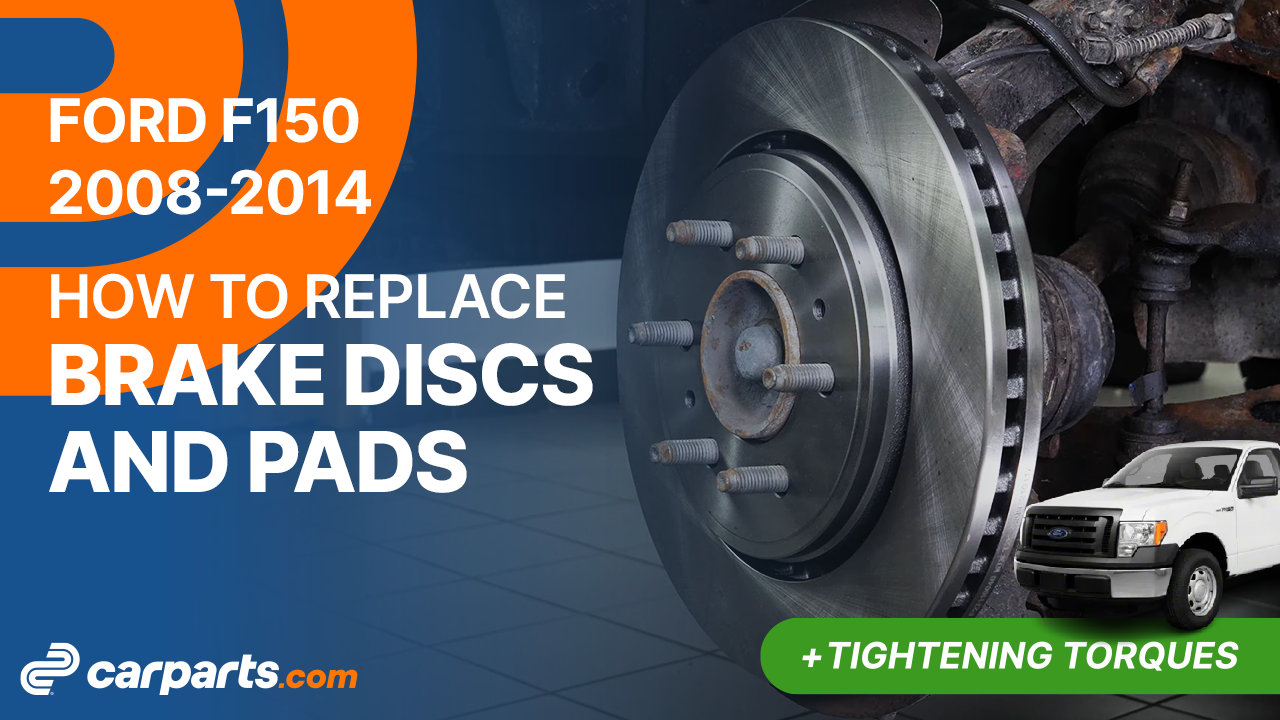
How to replace the front brakes 2009-2014 Ford F-150
To replace the front brakes on your F150 It’s easy. You will be asked to lift the vehicle, remove the brake pads, prepare the new brake disc and other steps you’ll need to follow in the correct order. You can follow this tutorial of 17 chapters in 80 minutes. Take your ratchet and your 21 mm socket and let’s get started!
Duration
80 minutes
Number of steps
17
Difficulty out of 5
3
Average savings
$100
Parts You Will Need
Tools You Will Need
Step-by-Step Installation
Chapter 1:
Open the hood
Step 1/1
Turn off your vehicle’s ignition, set the parking brake, pull the hood release handle and open the hood.
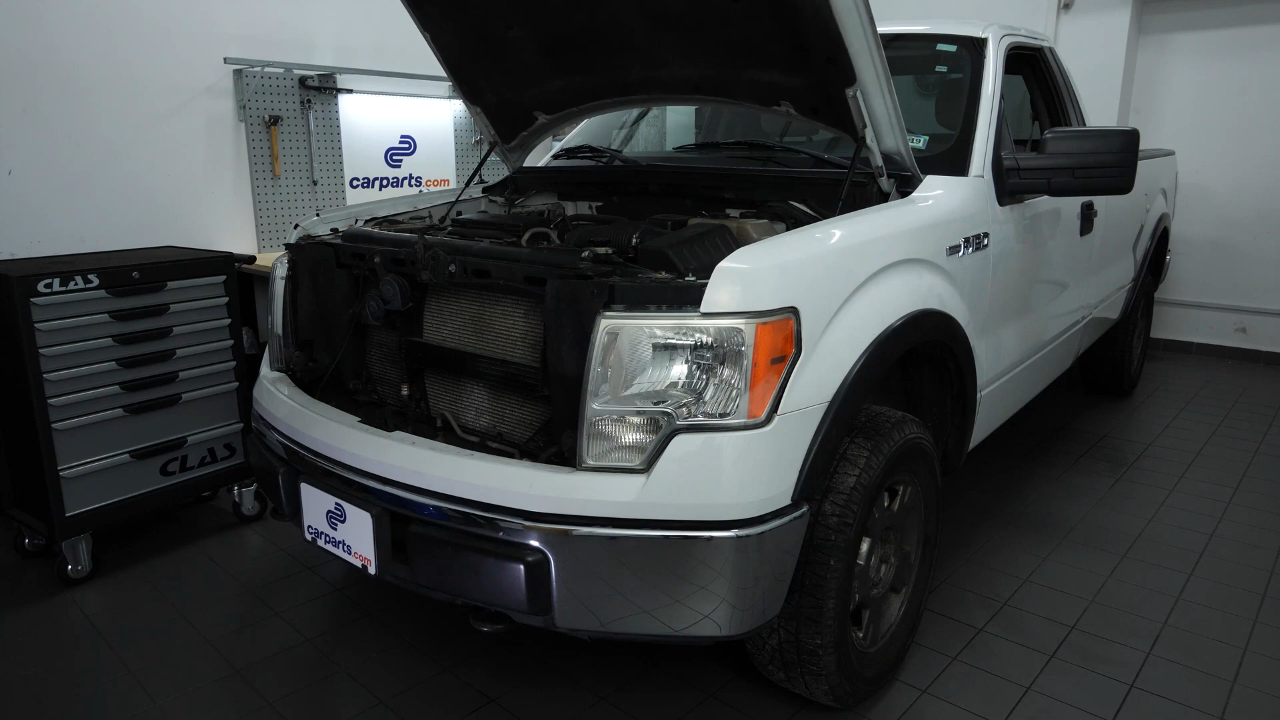
Chapter 2:
Open the brake fluid reservoir
Step 1/1
Open the brake fluid reservoir.
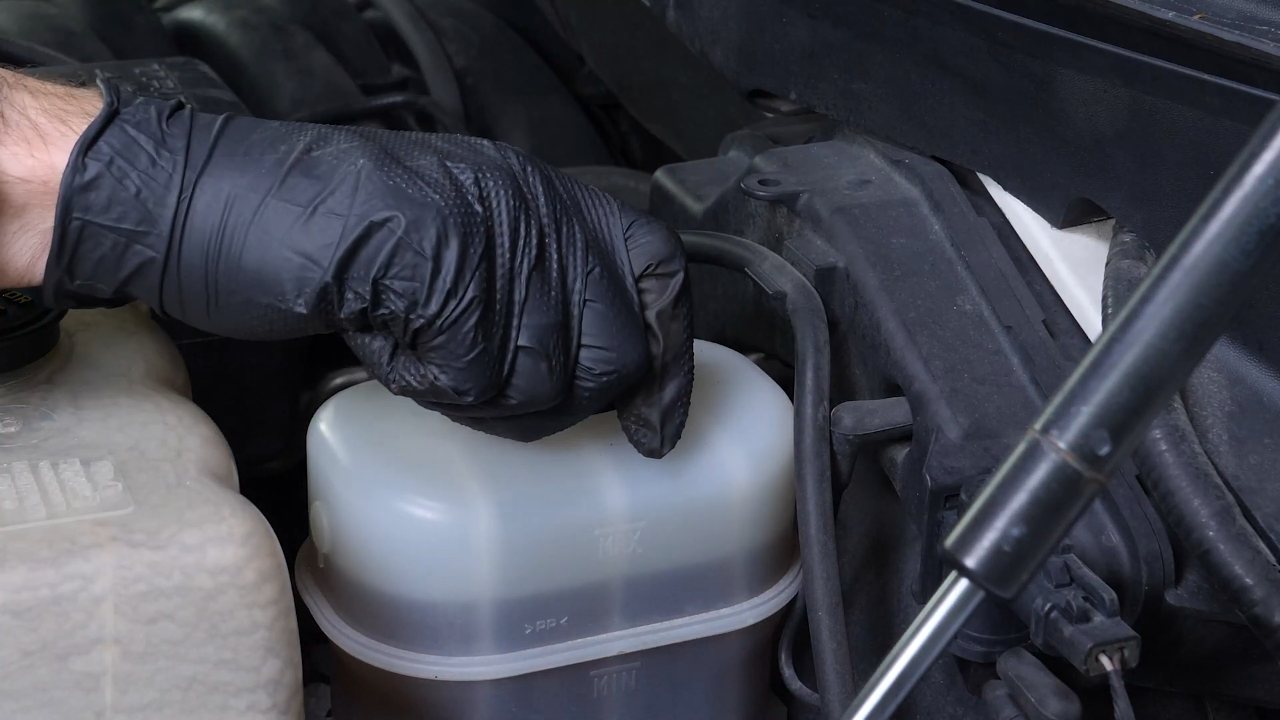
Chapter 3:
Lift the vehicle
Step 1/2
Loosen the stud bolts on the front wheels. Lift the front of your vehicle. Place the vehicle on the axle stands.
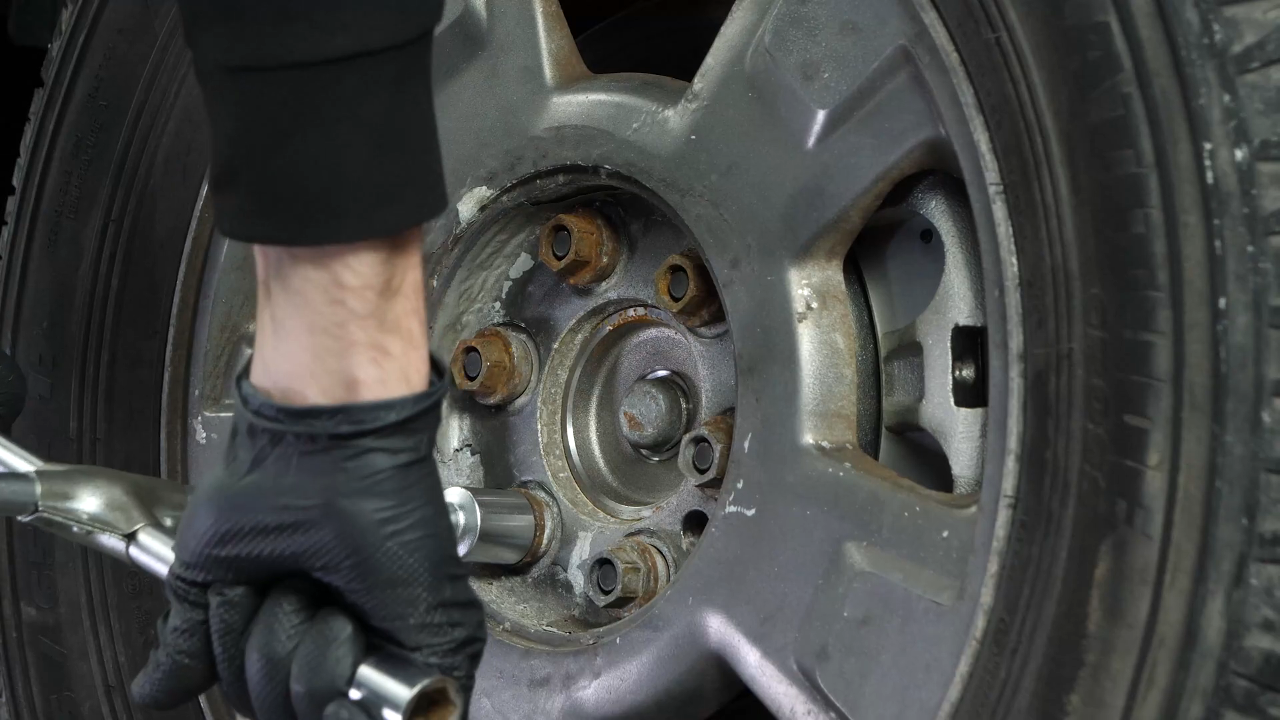
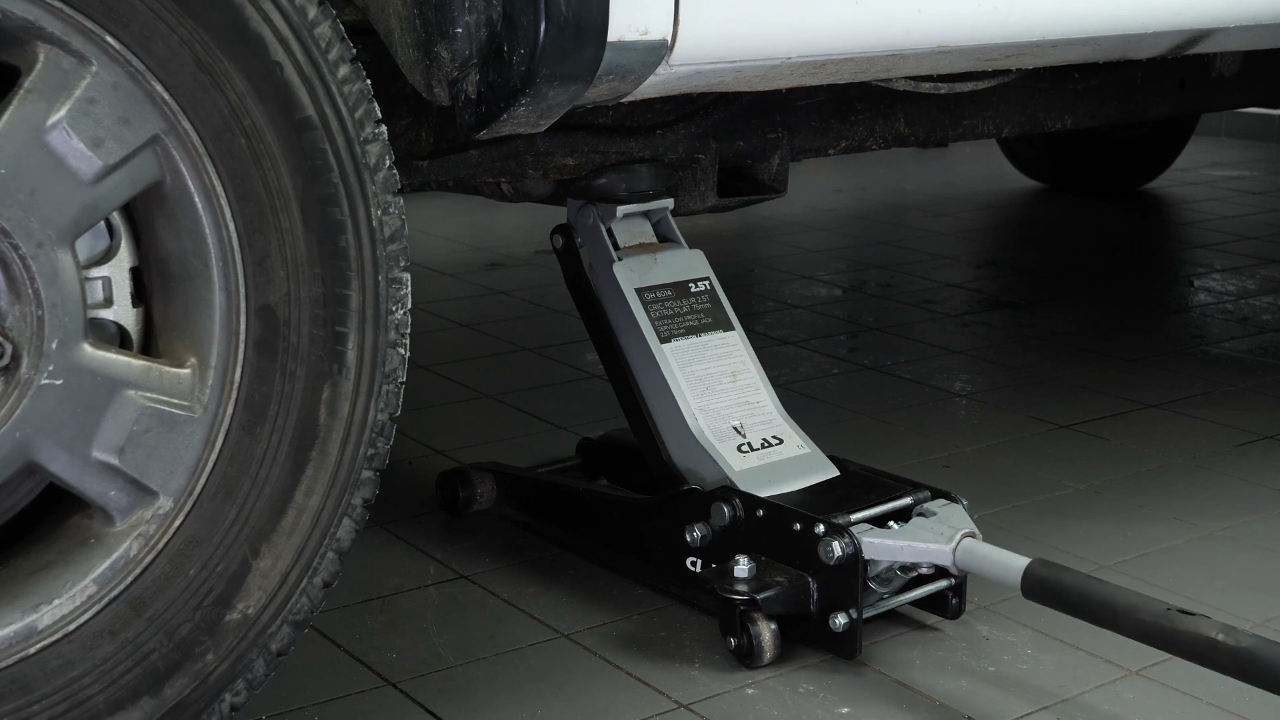
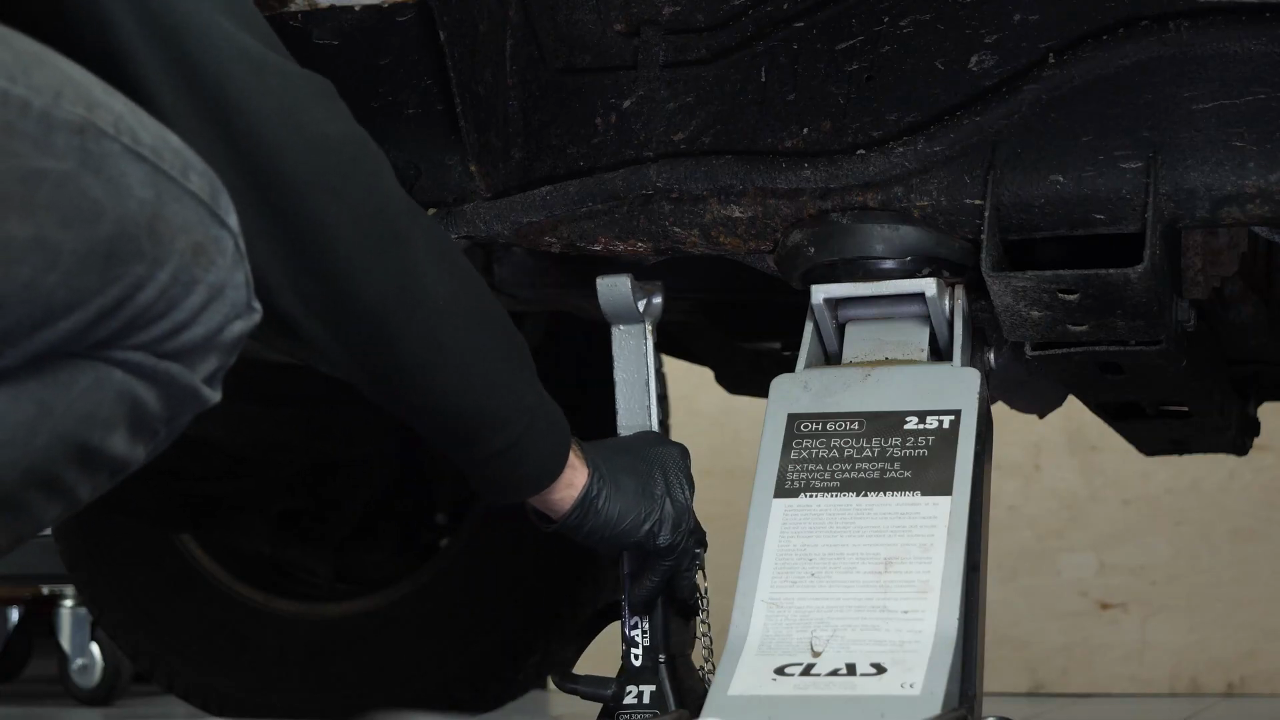
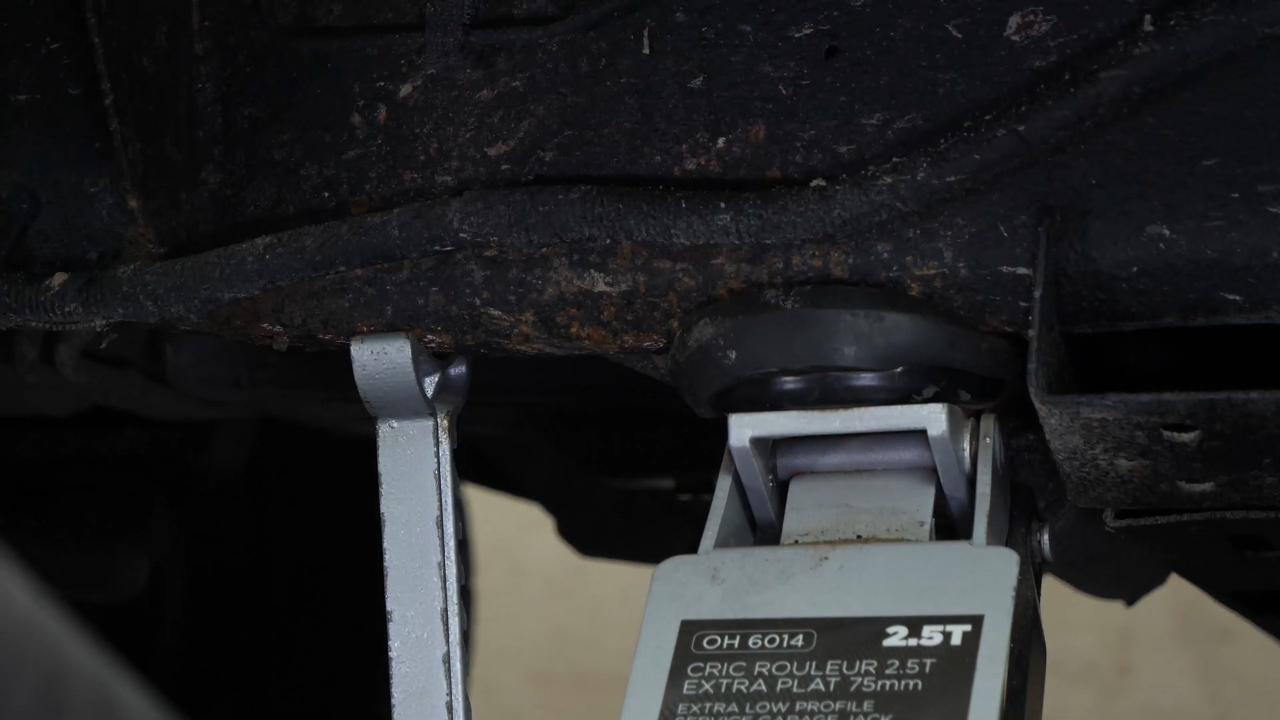
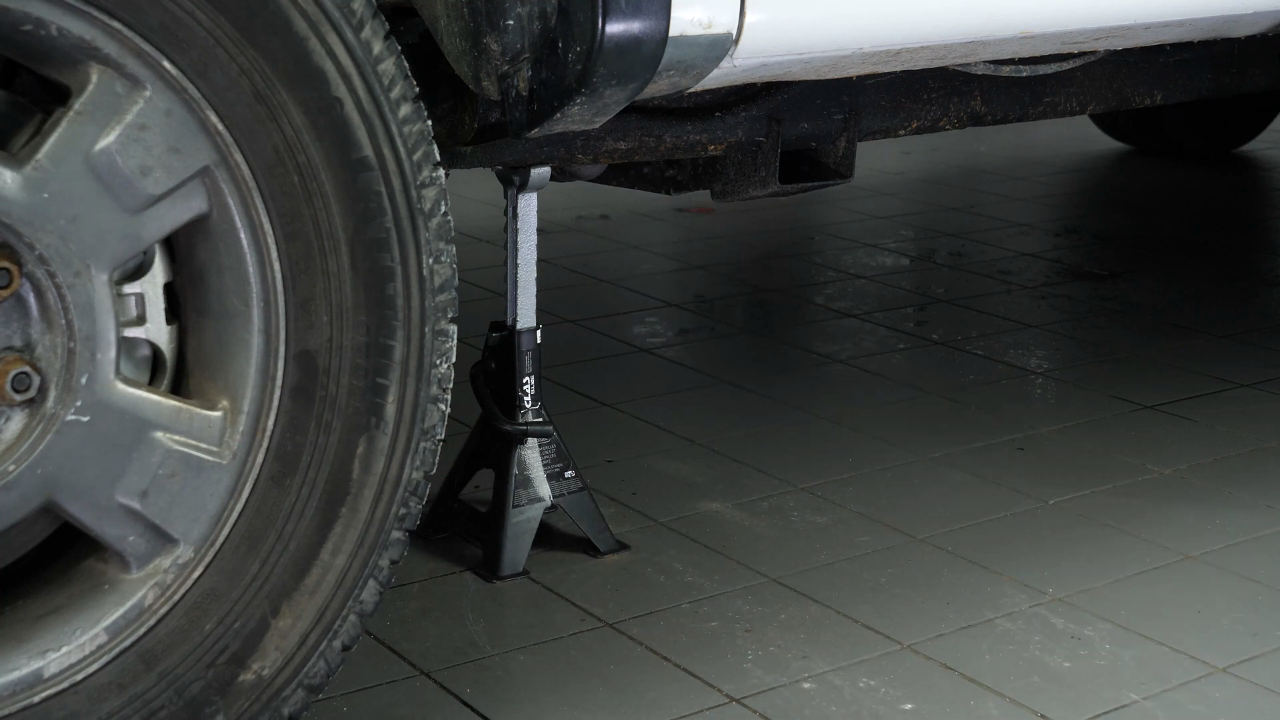
Chapter 3:
Step 2/2
In order to change the brake discs and pads on your vehicle, you will need to take off the wheels to have full access. Don’t forget to put the wheels under the vehicle!
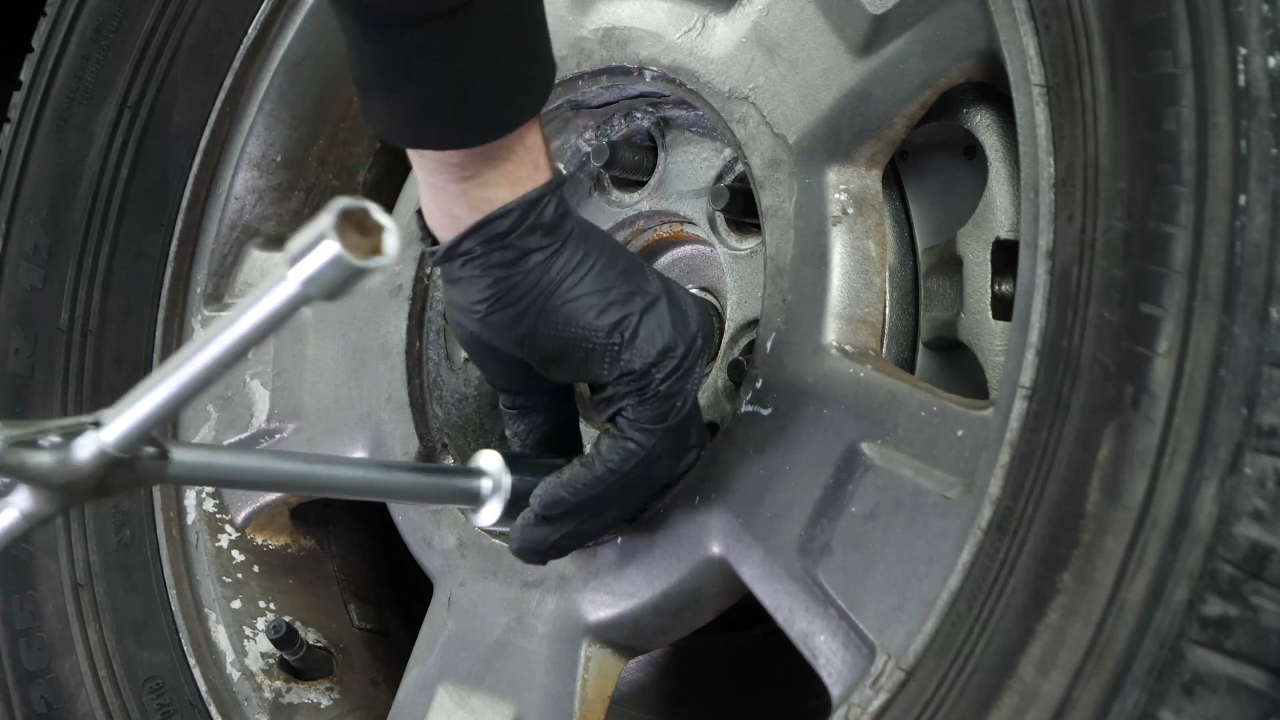

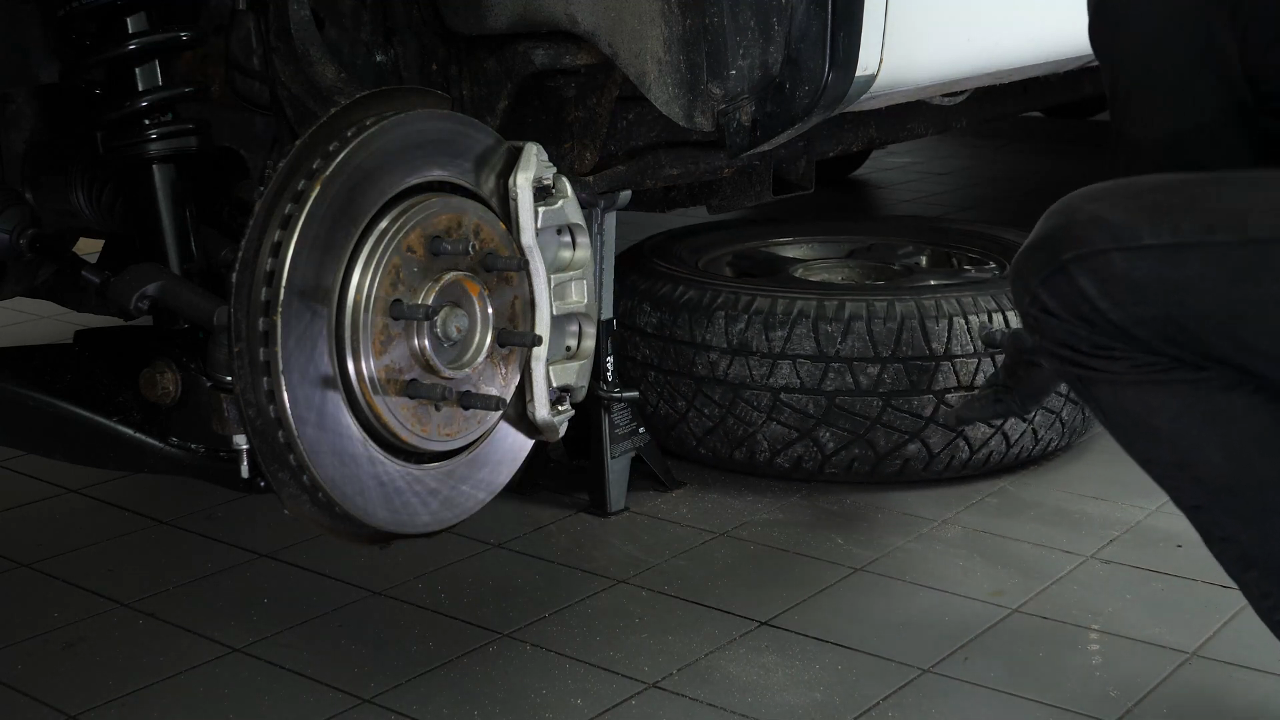
Chapter 4:
Retract the piston
Step 1/2
Turn the disc inward, this will make it easier for you. Insert a flat head screwdriver into the outer opening of the caliper.
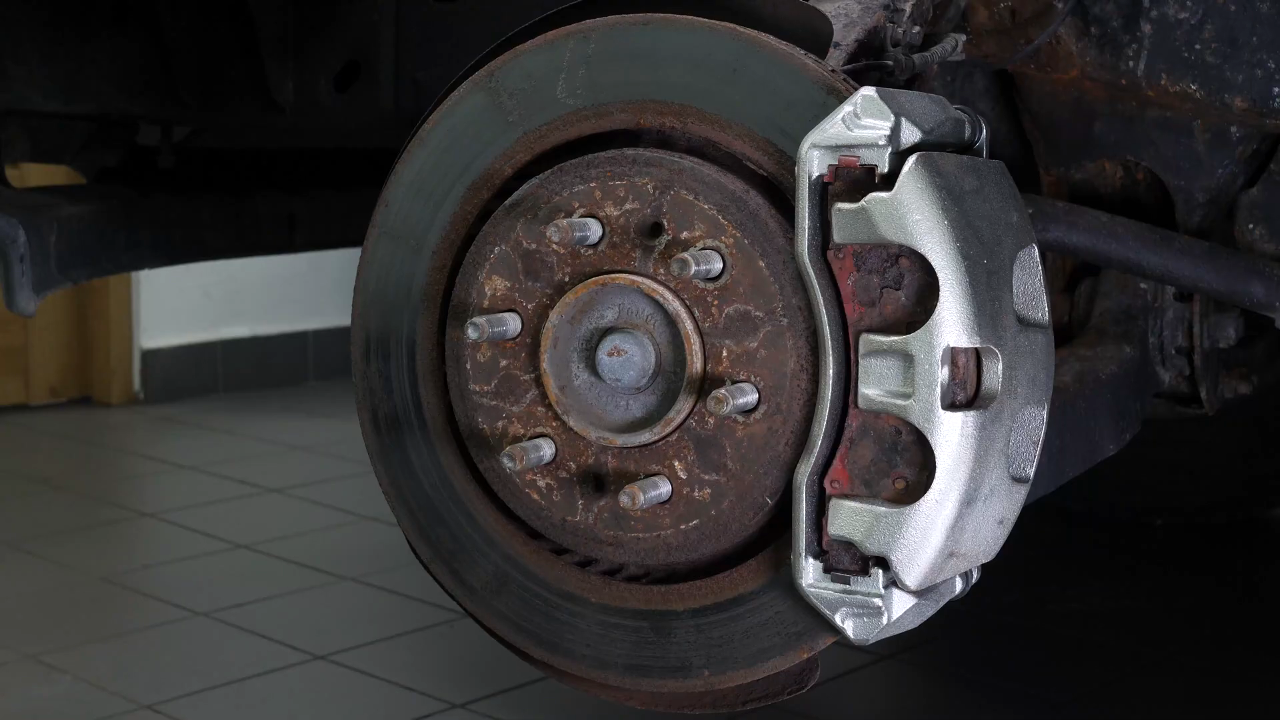

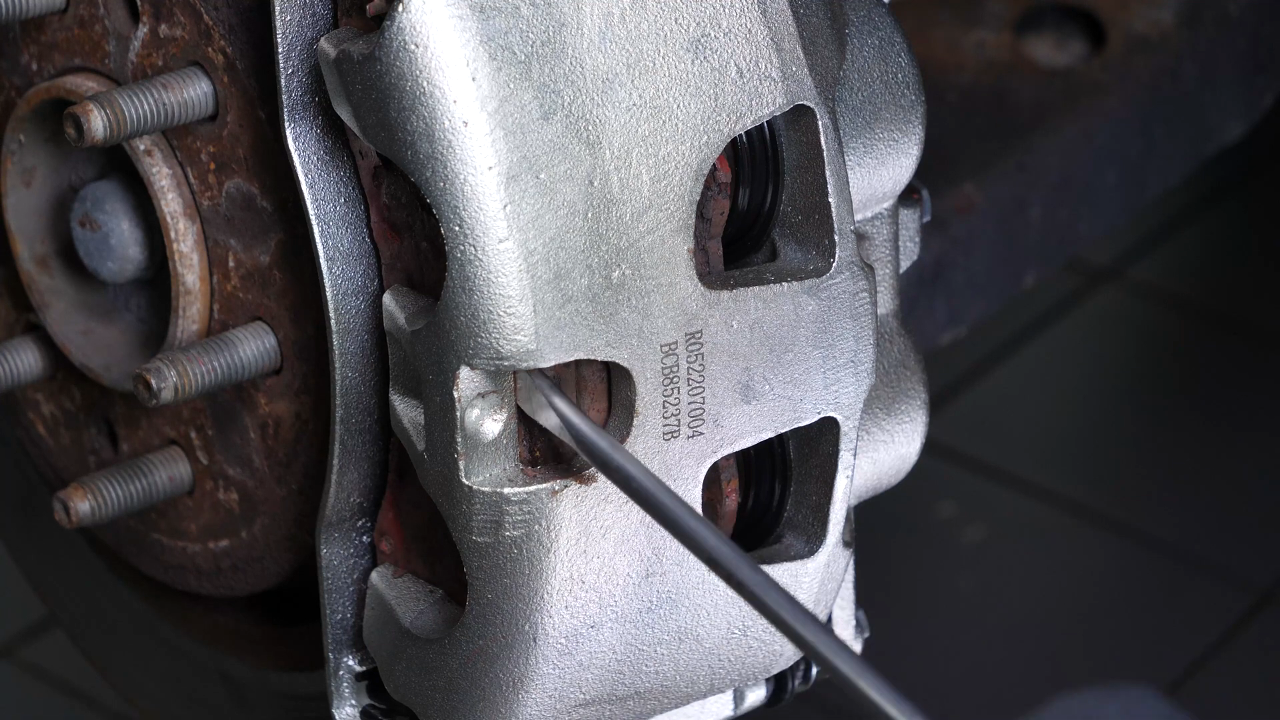
Chapter 4:
Step 2/2
Lift it off using the screwdriver as a lever by pulling it towards you. This will cause the pistons to retract slightly, so that the caliper can be removed more easily for the next steps.

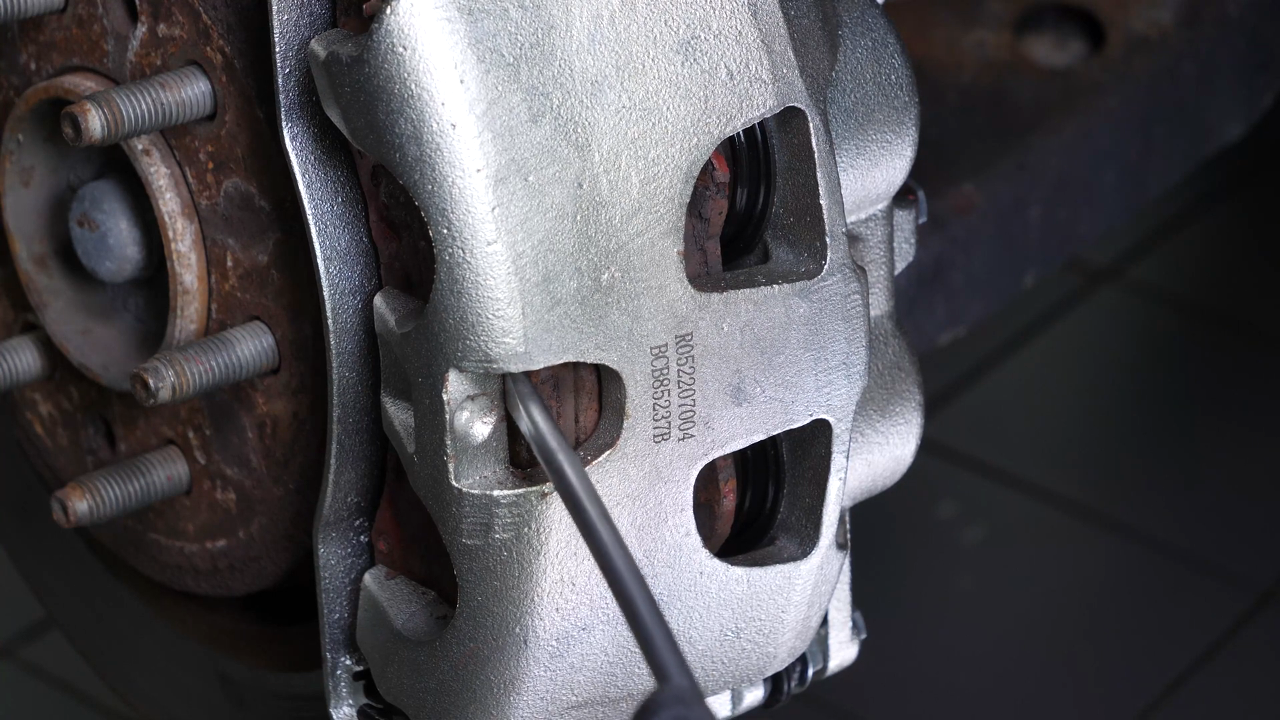
Chapter 5:
Loosen the slide pins
Step 1/2
With a socket wrench and a 13mm socket, unscrew the lower slide pin. Then, remove it.


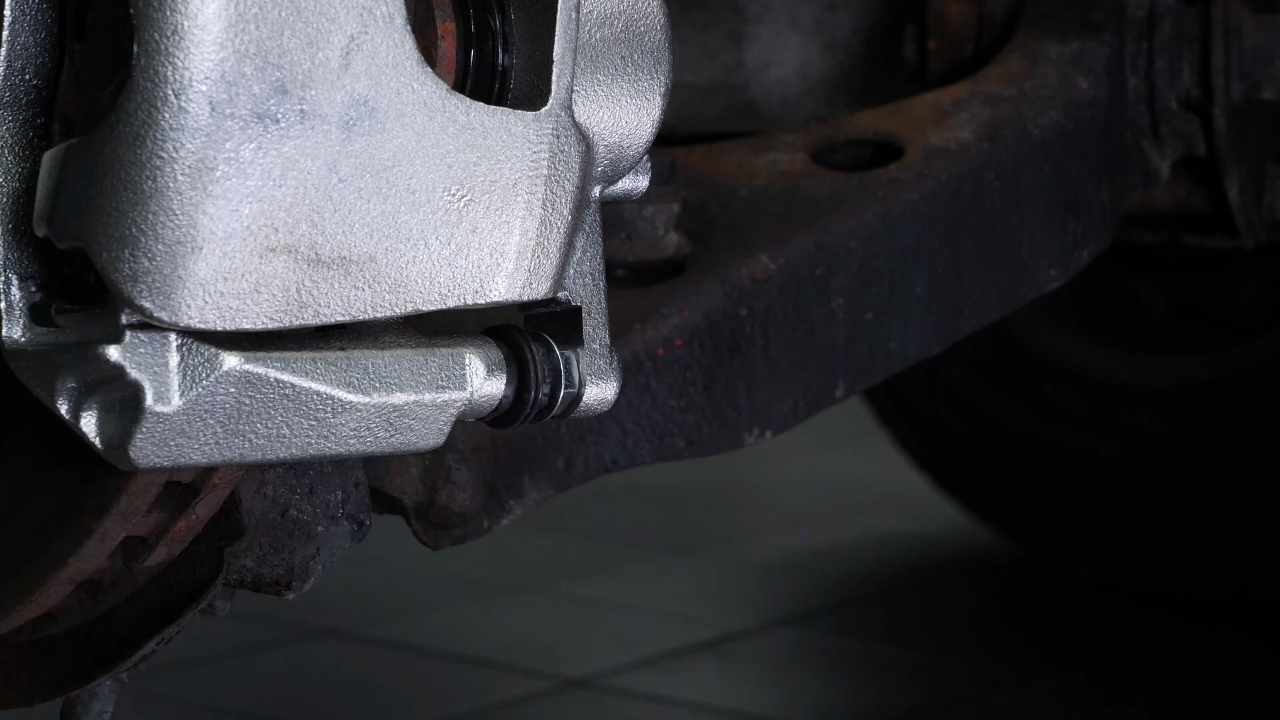
Chapter 5:
Step 2/2
Repeat this process with the upper slide pin.
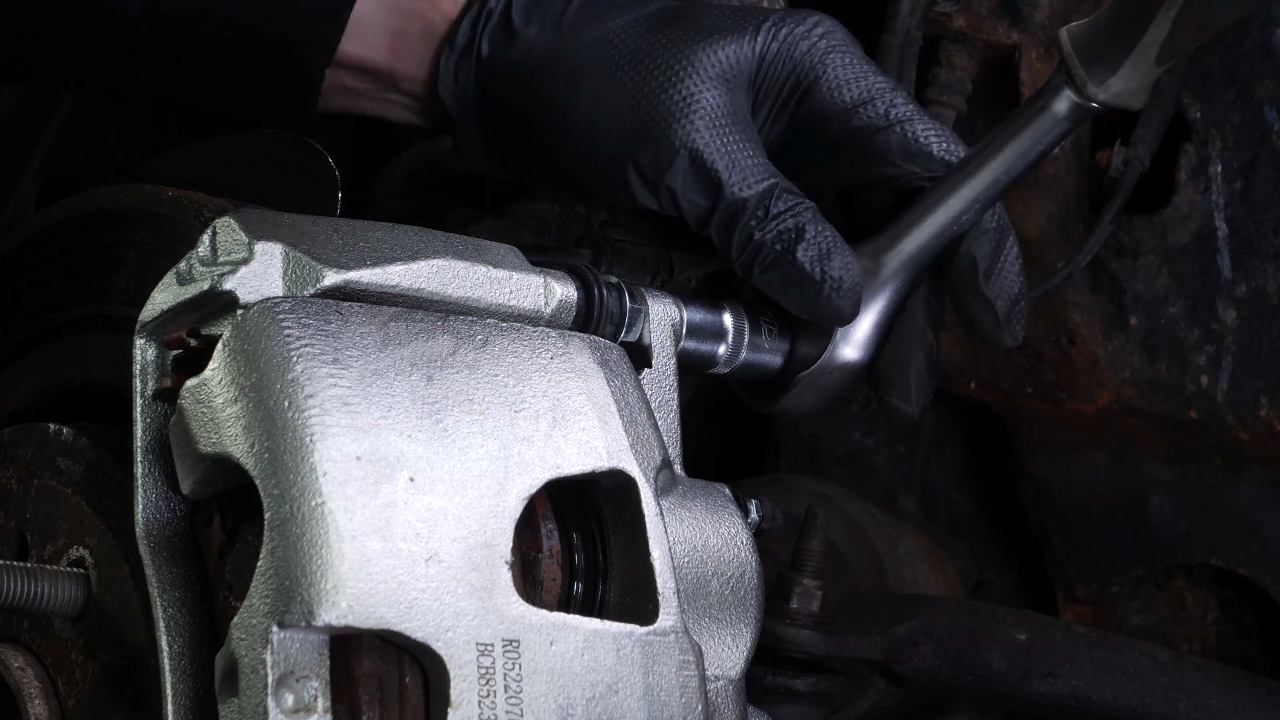
Chapter 6:
Hang the brake caliper on the strut
Step 1/1
You can now remove the brake caliper and place it on the wheel knuckle. You can attach it to the upper control arm with a clamp or a wire.
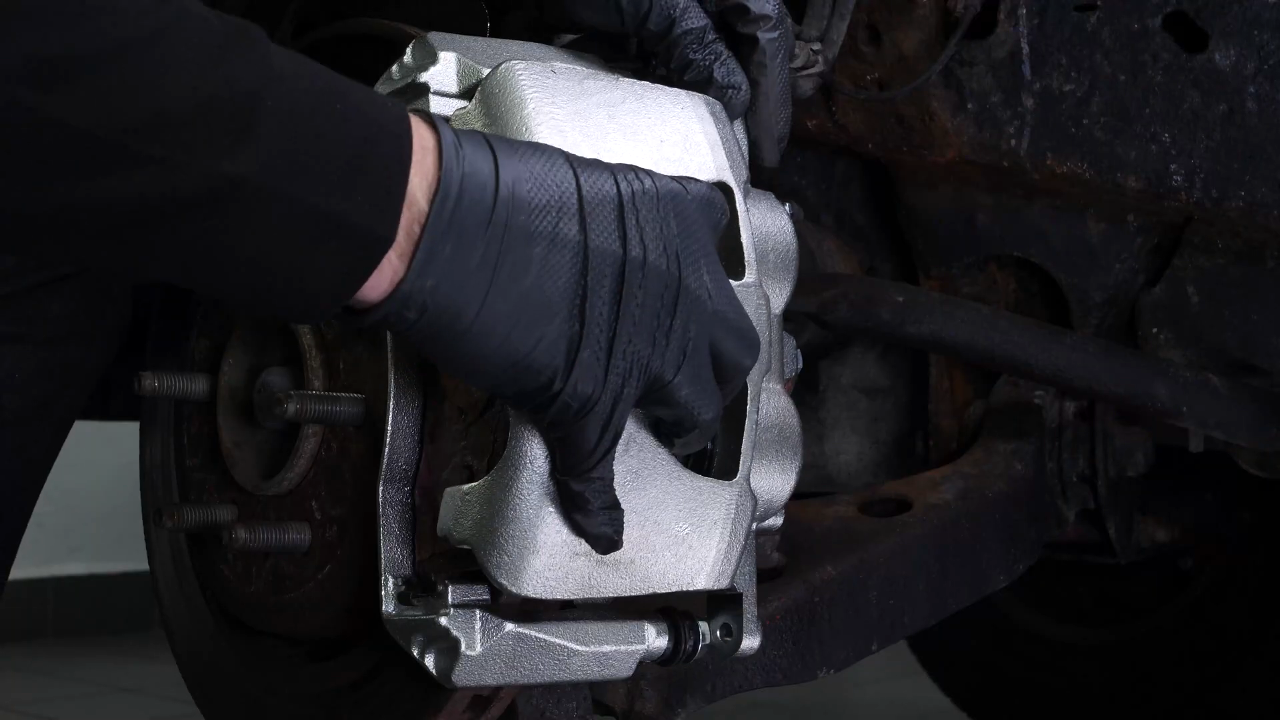

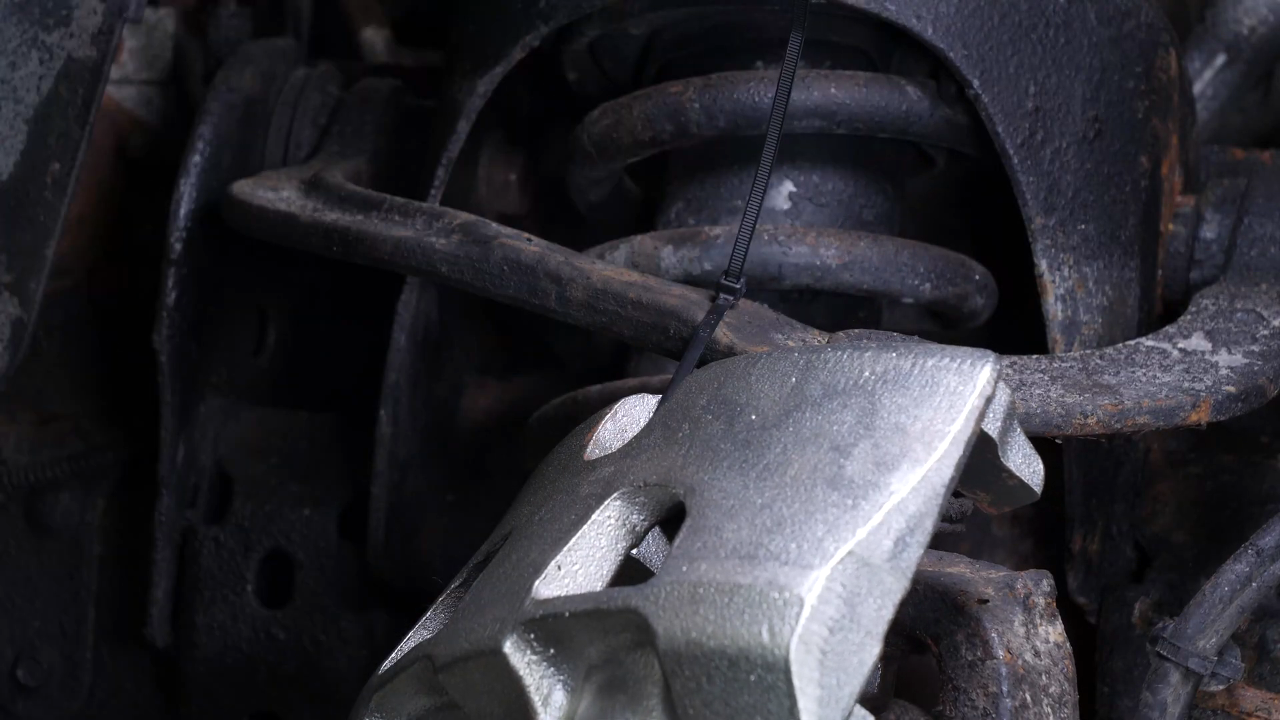
Chapter 7:
Remove the brake pads
Step 1/2
Remove the pads. To do this, slide them away from the disc.
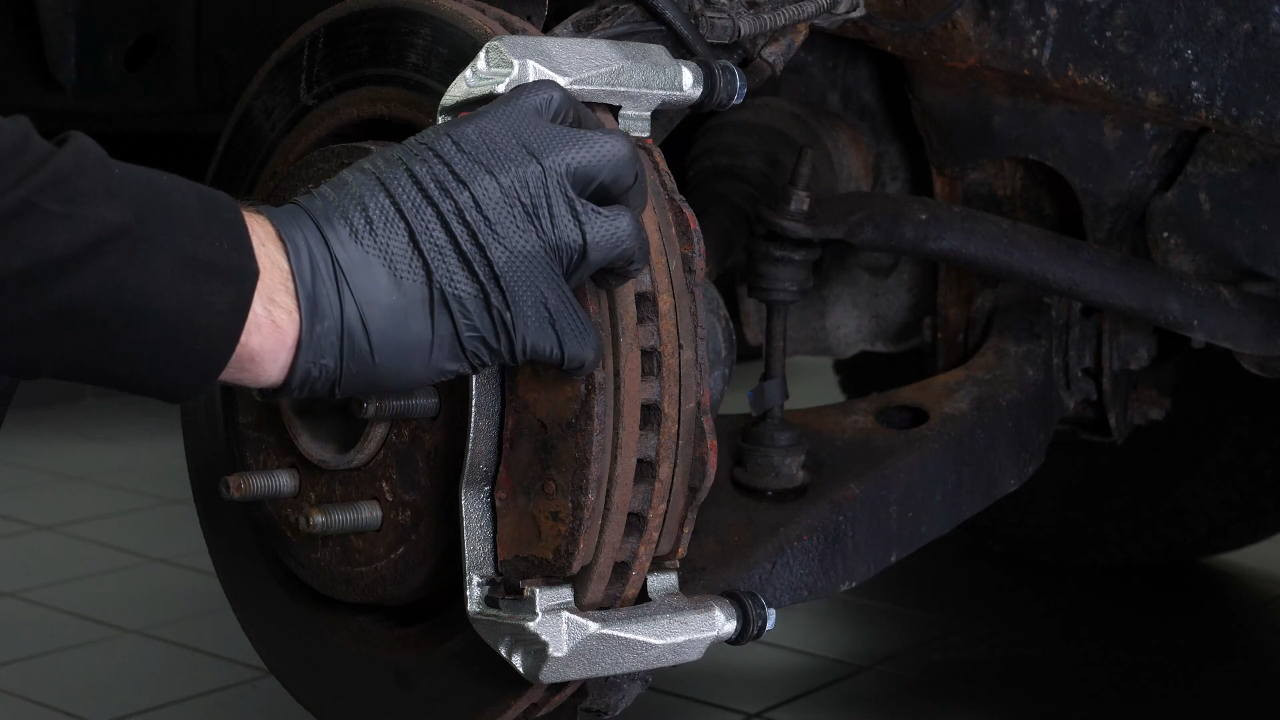

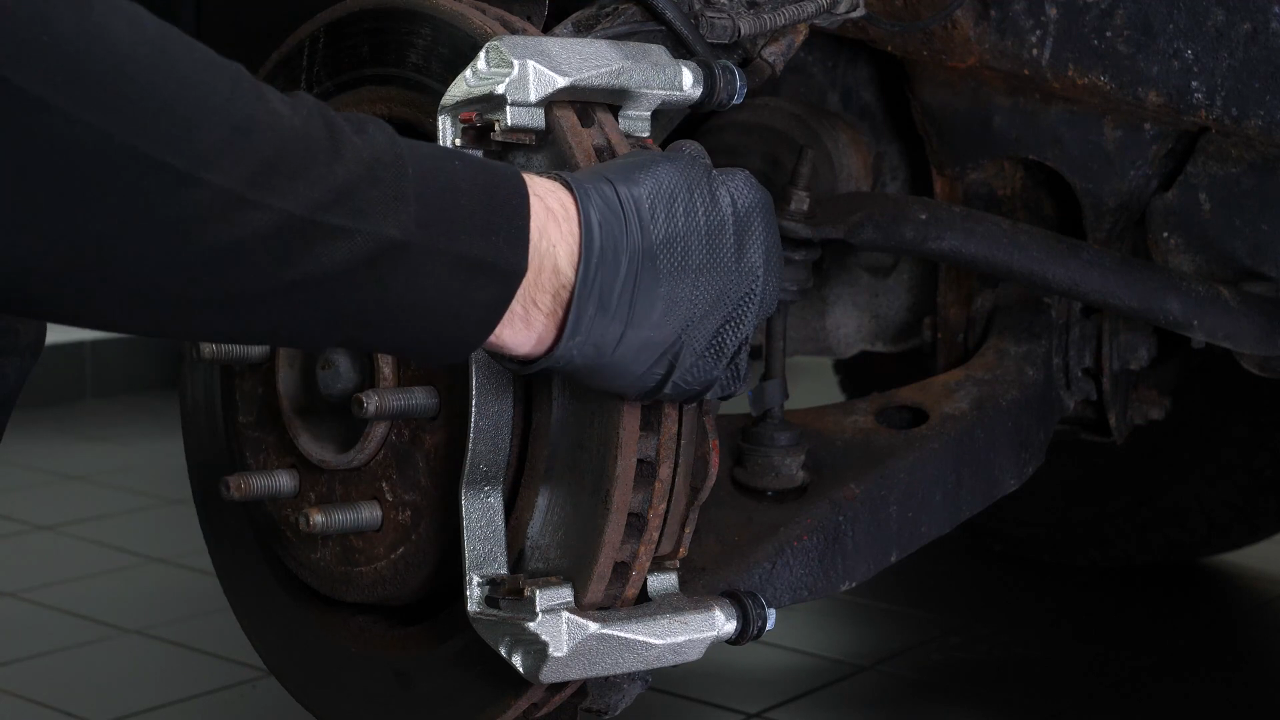

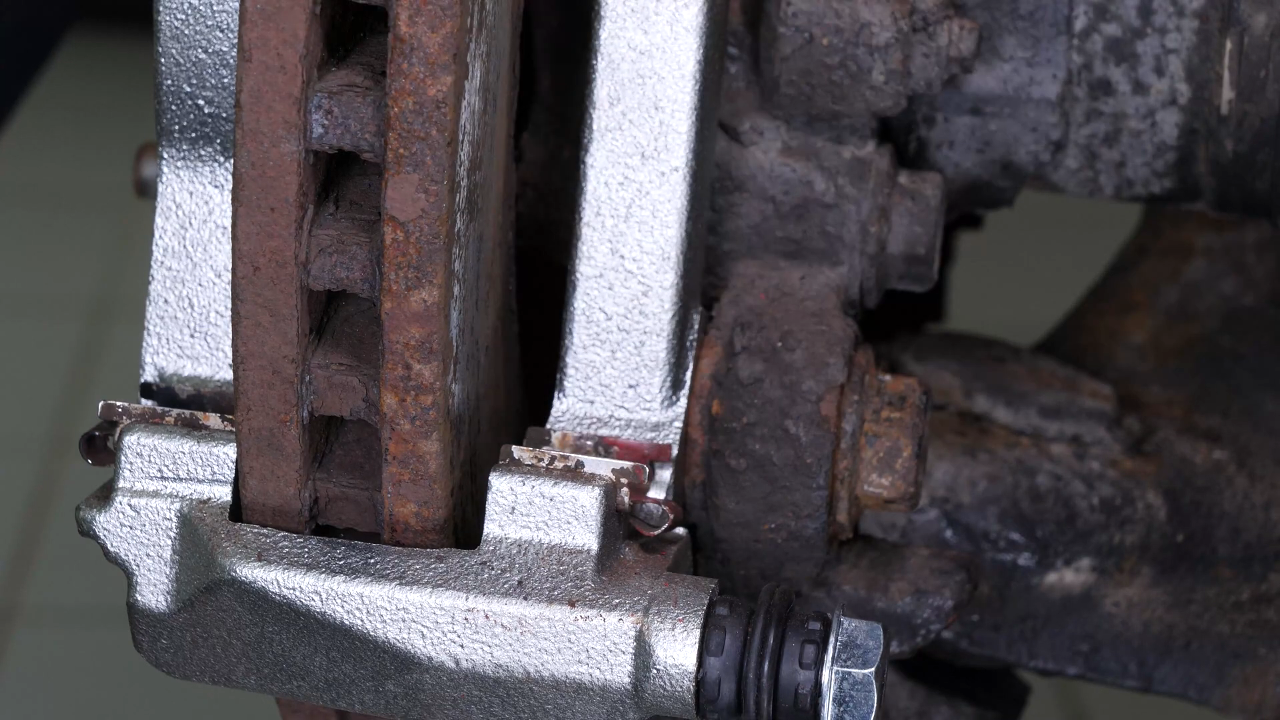
Chapter 7:
Step 2/2
Using a flat head screwdriver, remove the anti-rattle clips.
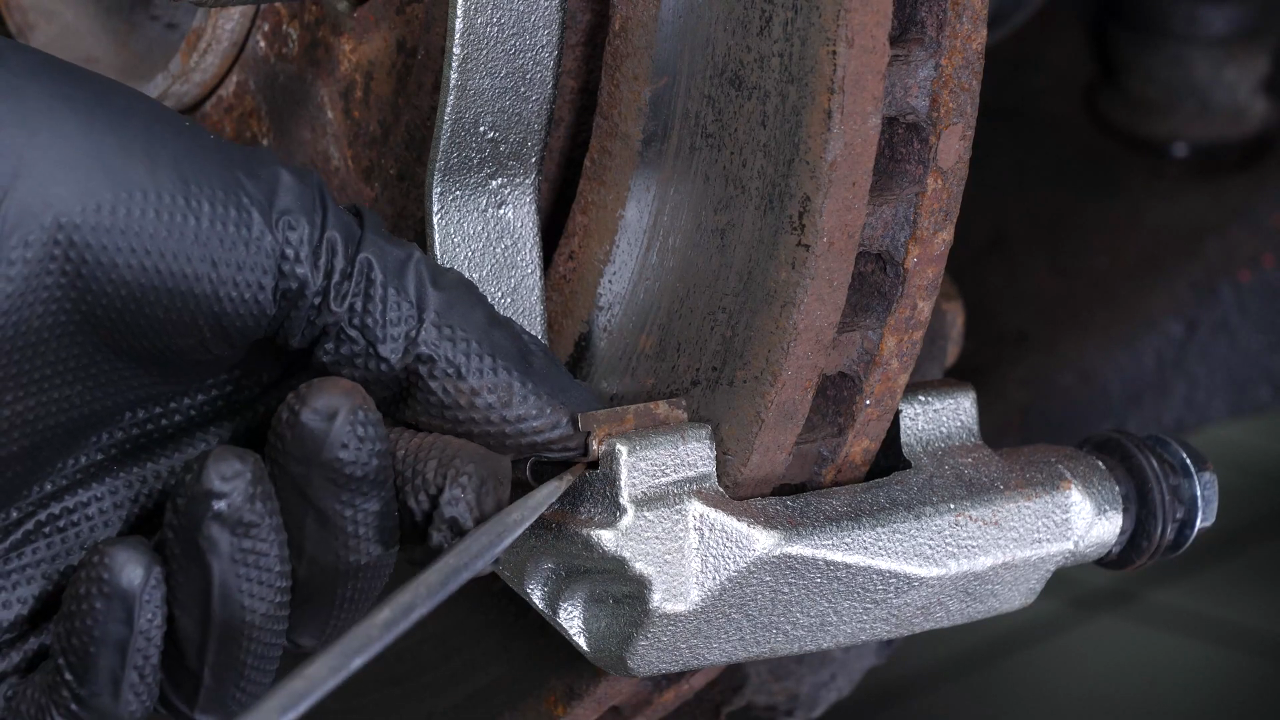
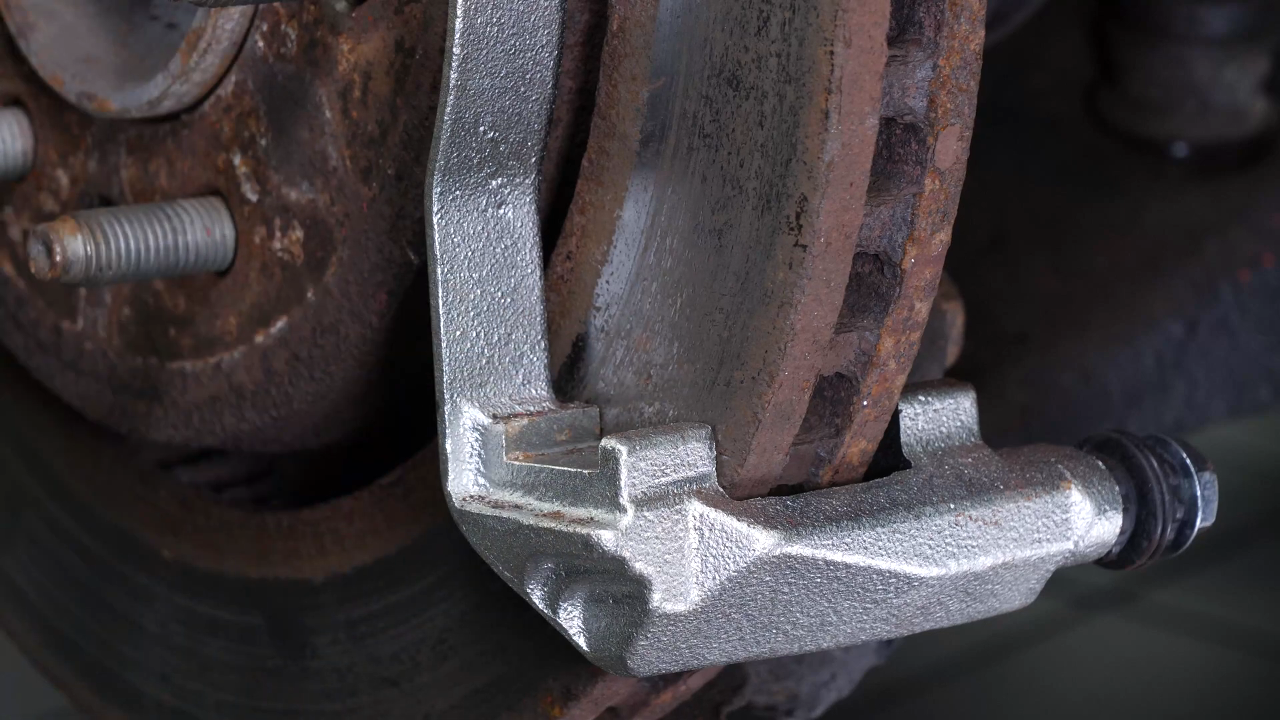
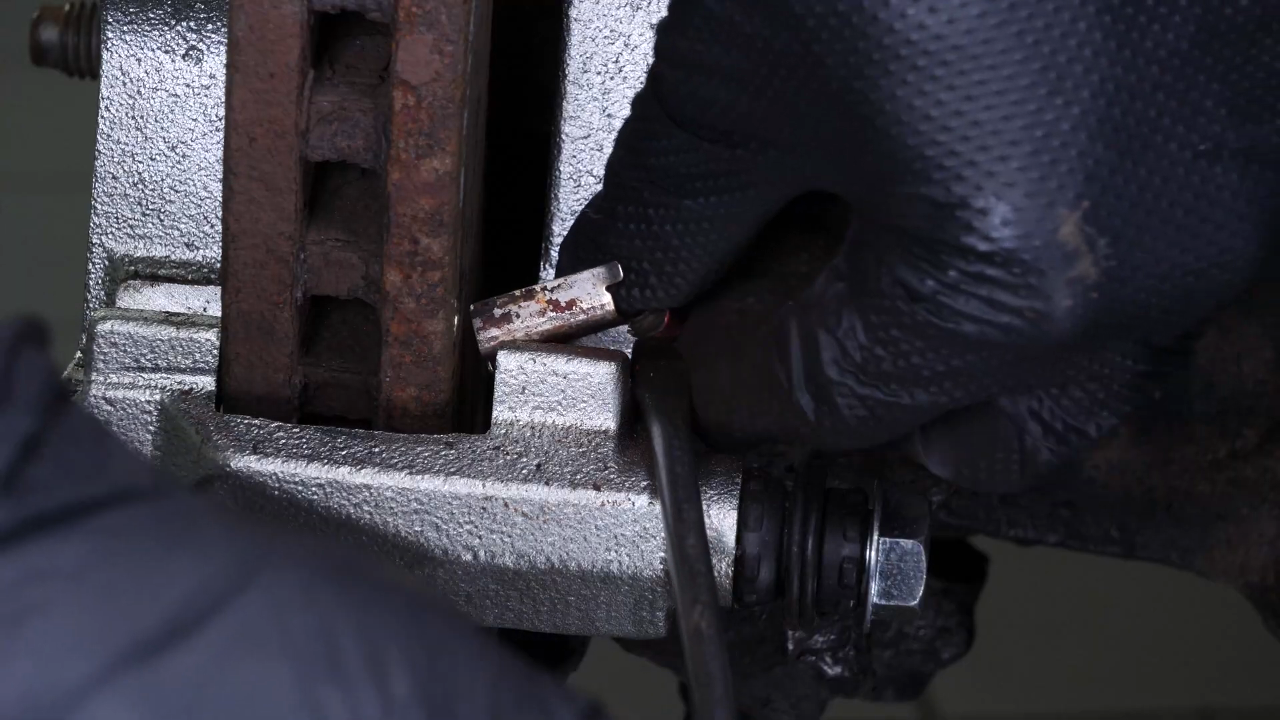

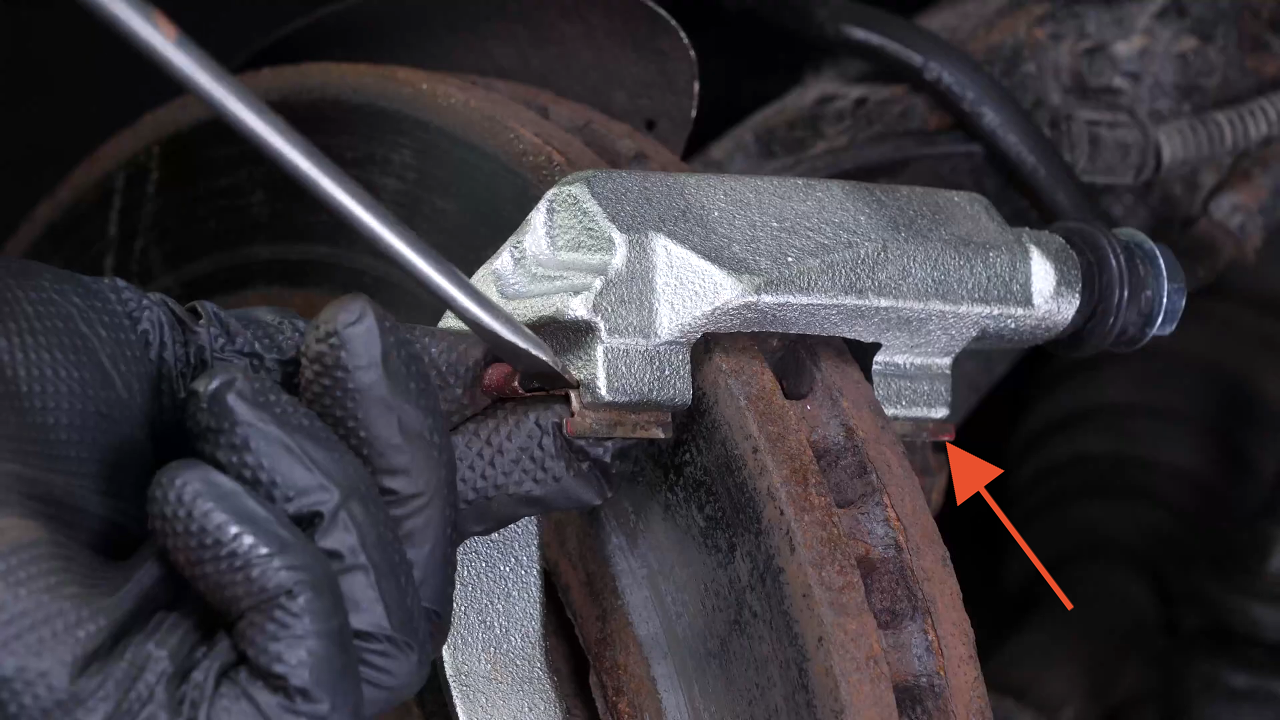

Chapter 8:
Remove the brake caliper mount
Step 1/2
Using a socket wrench and a 21mm socket, unscrew the two holding screws on the caliper mount.
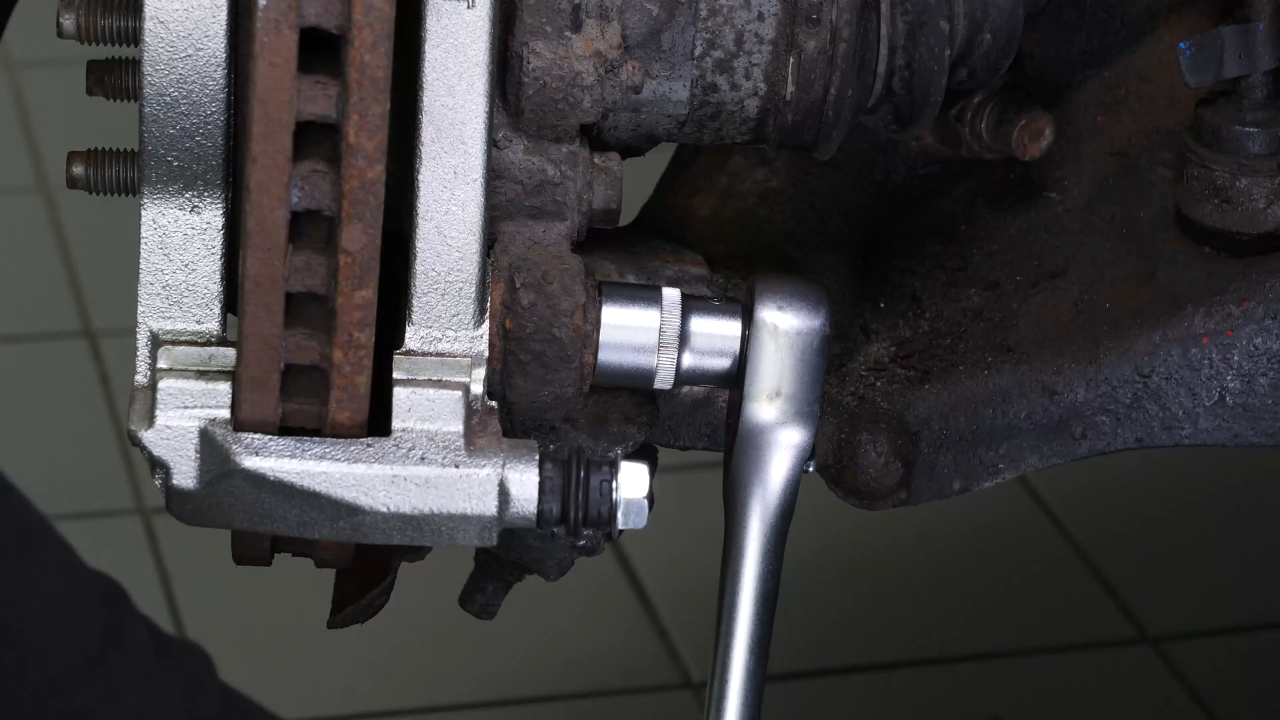
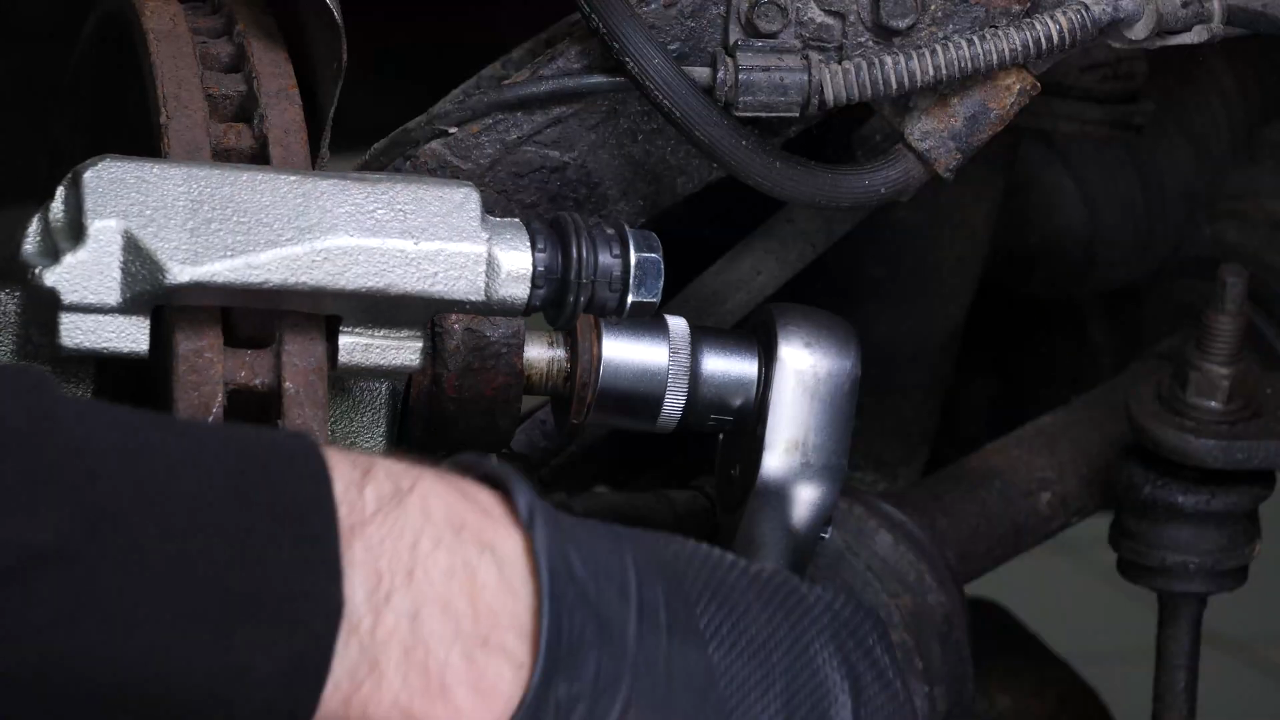
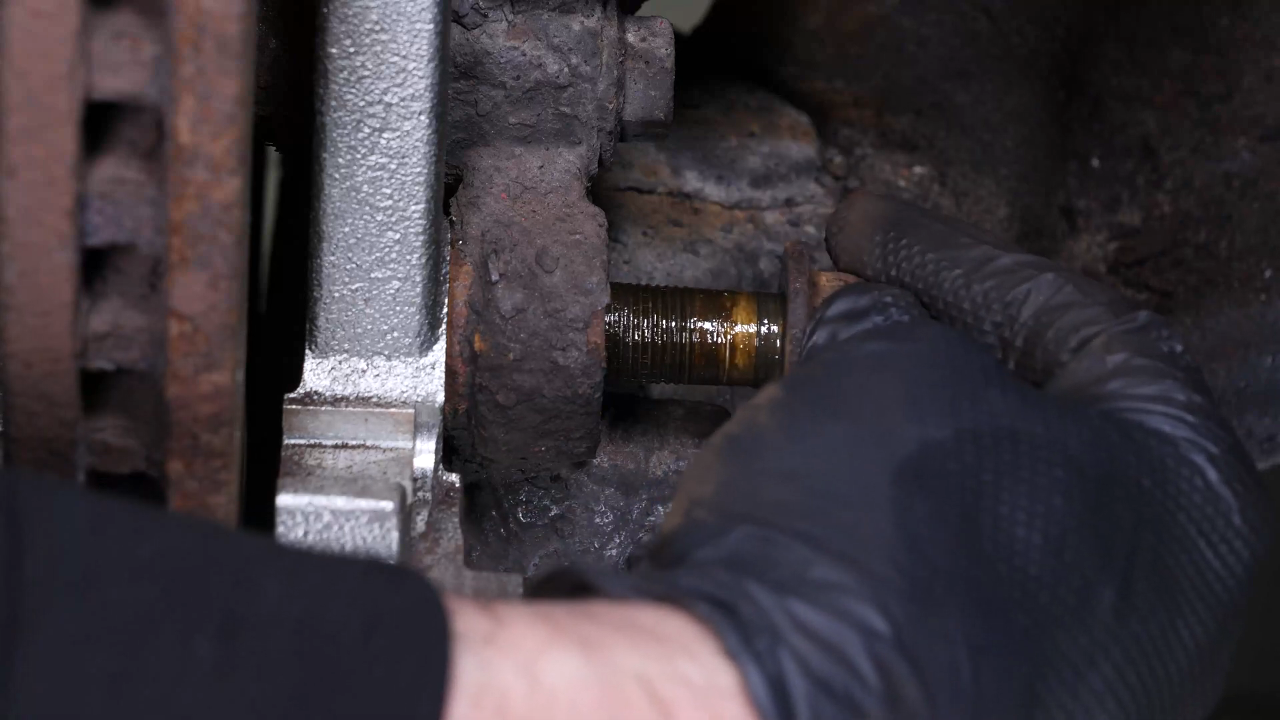
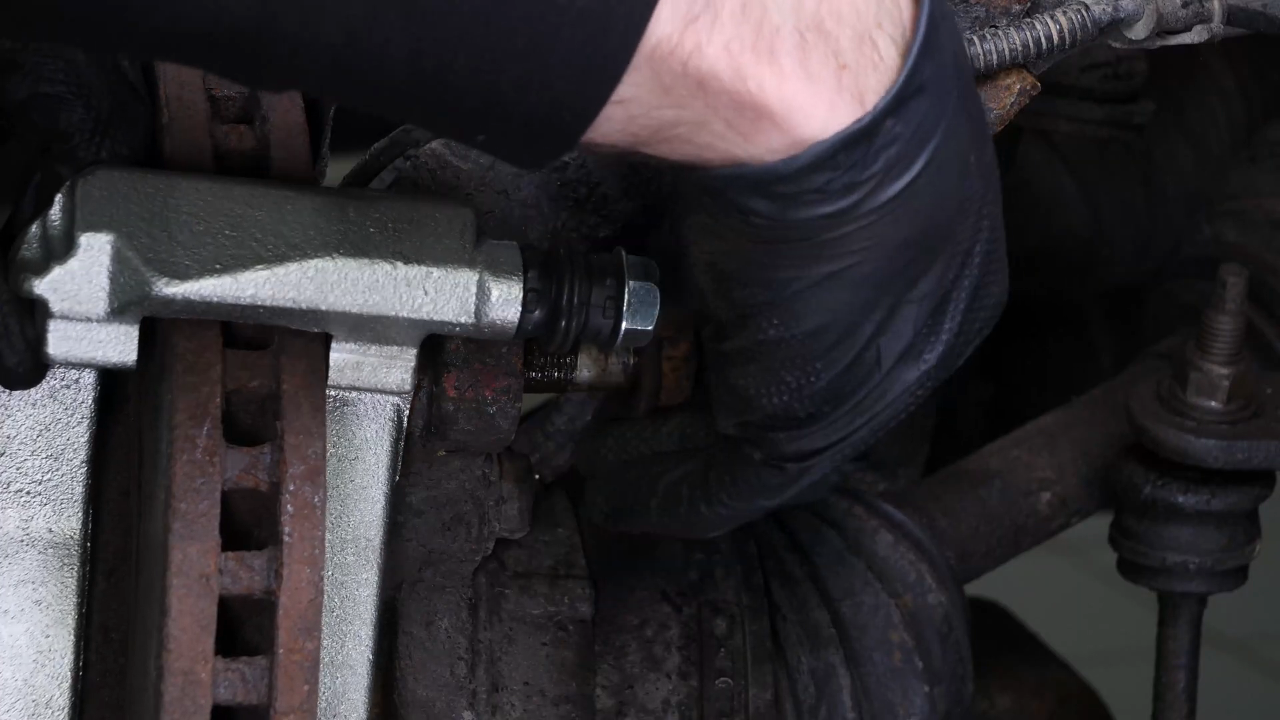
Chapter 8:
Step 2/2
Depending on the state of the nuts on the caliper mount, it may be necessary to use a hammer to loosen them. Remove the caliper mount.
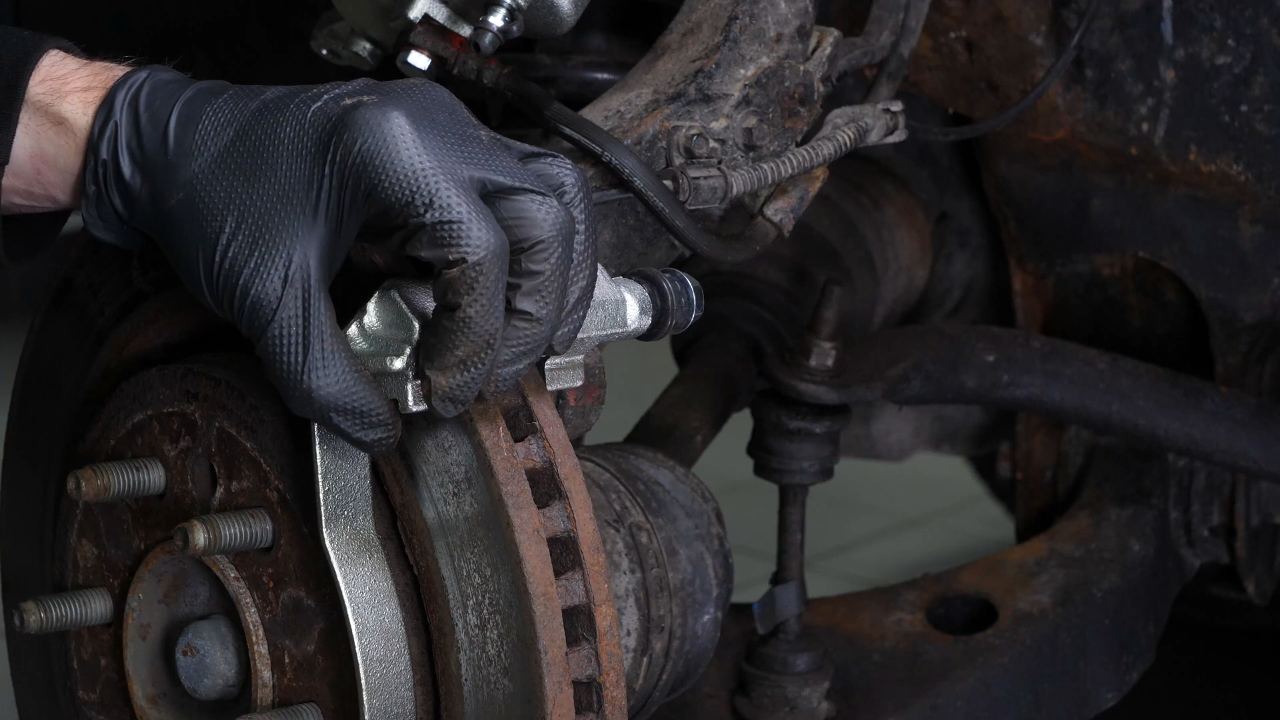
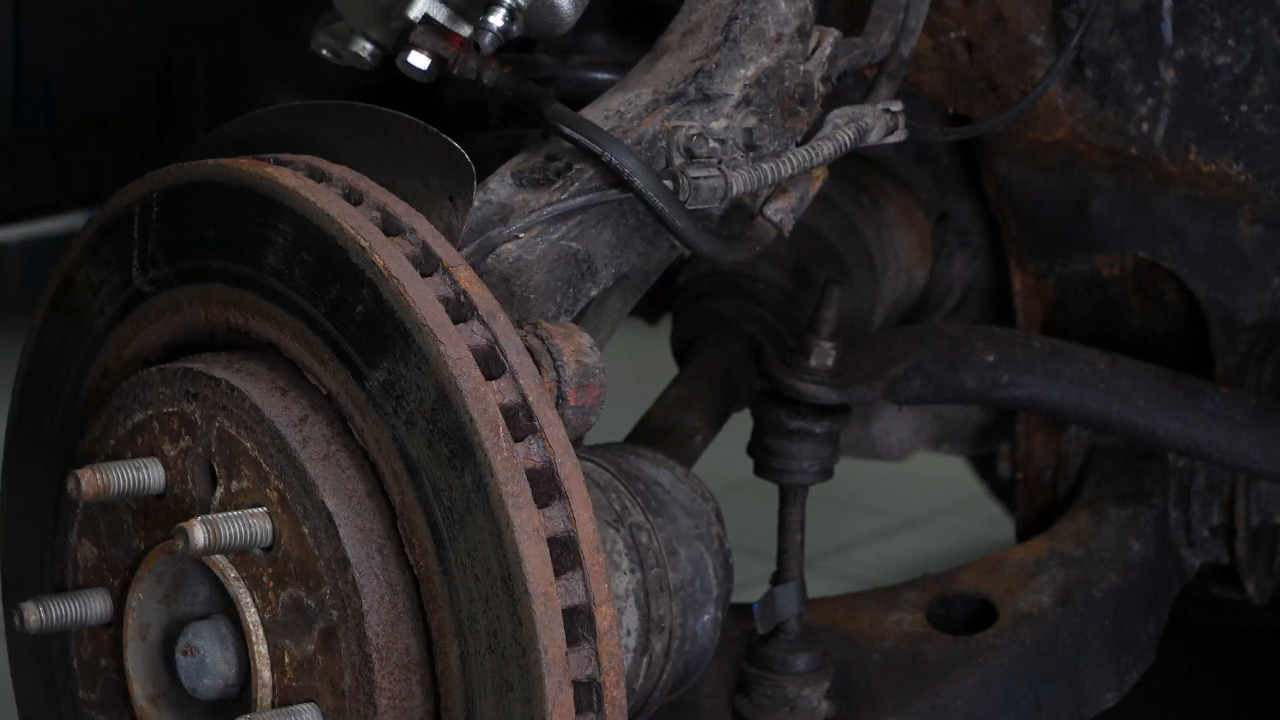
Chapter 9:
Remove the brake disc
Step 1/1
Finally, remove the disc. Clean the hub with a wire brush.
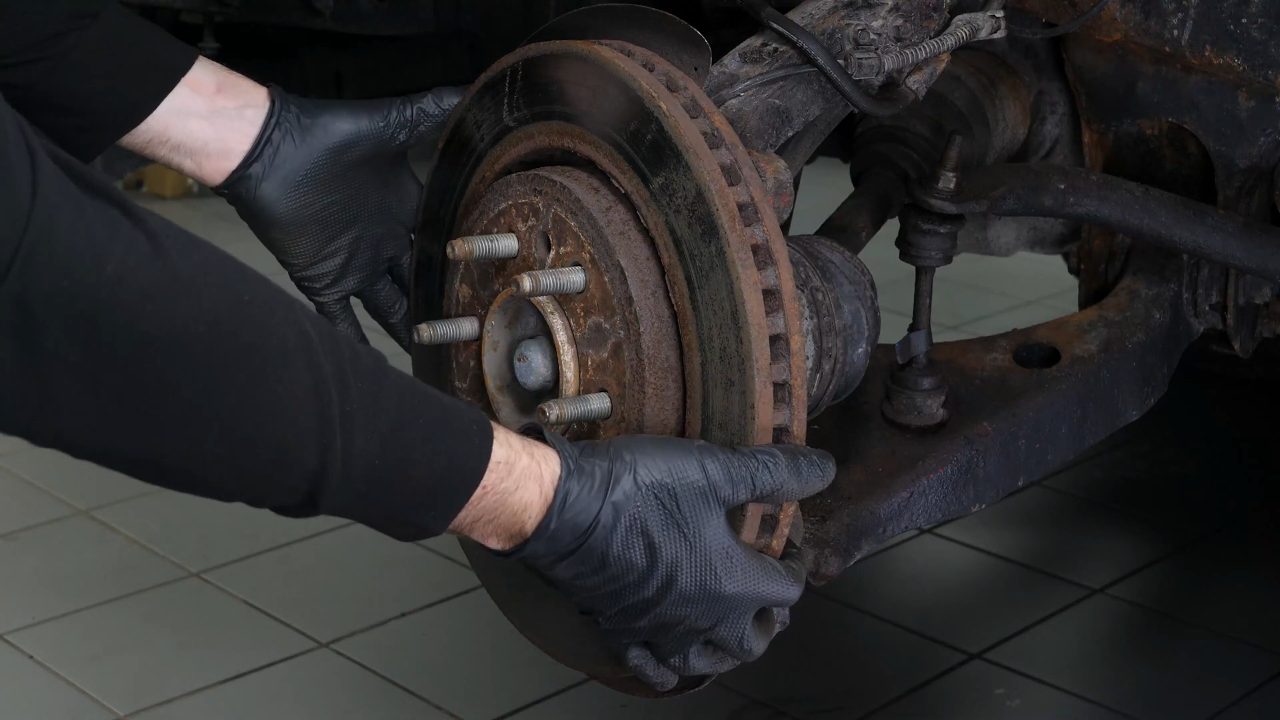
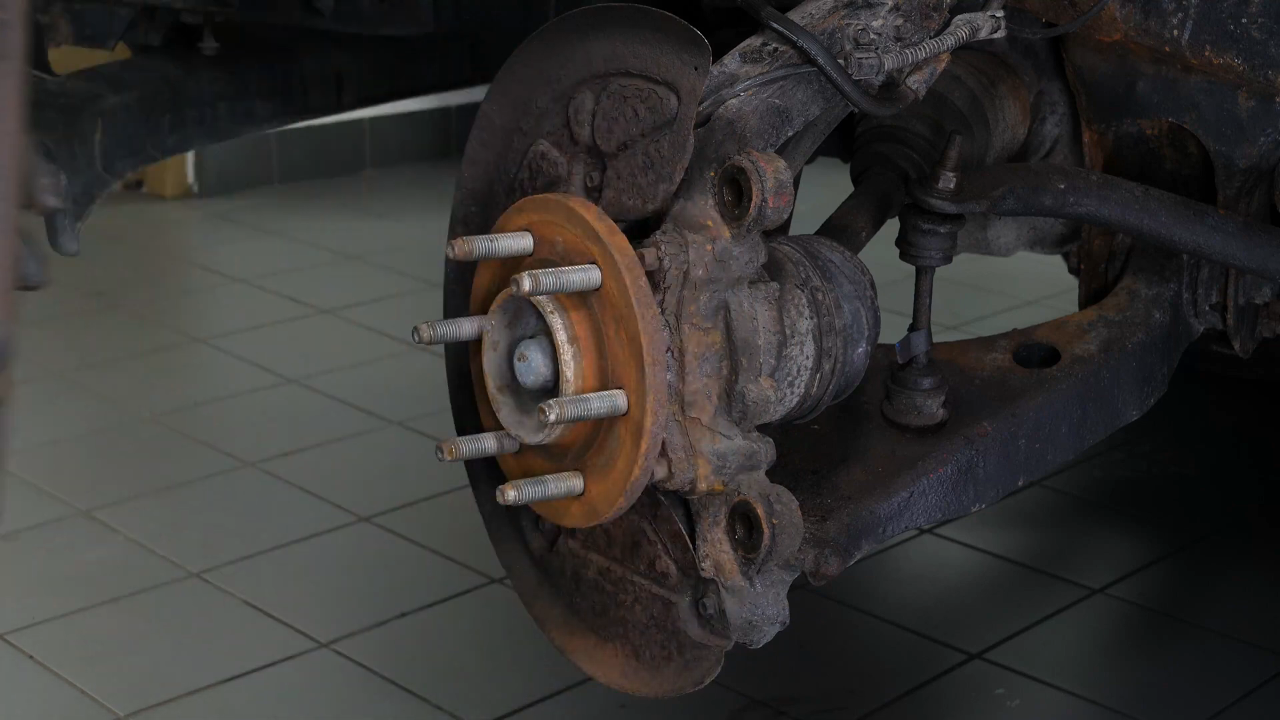
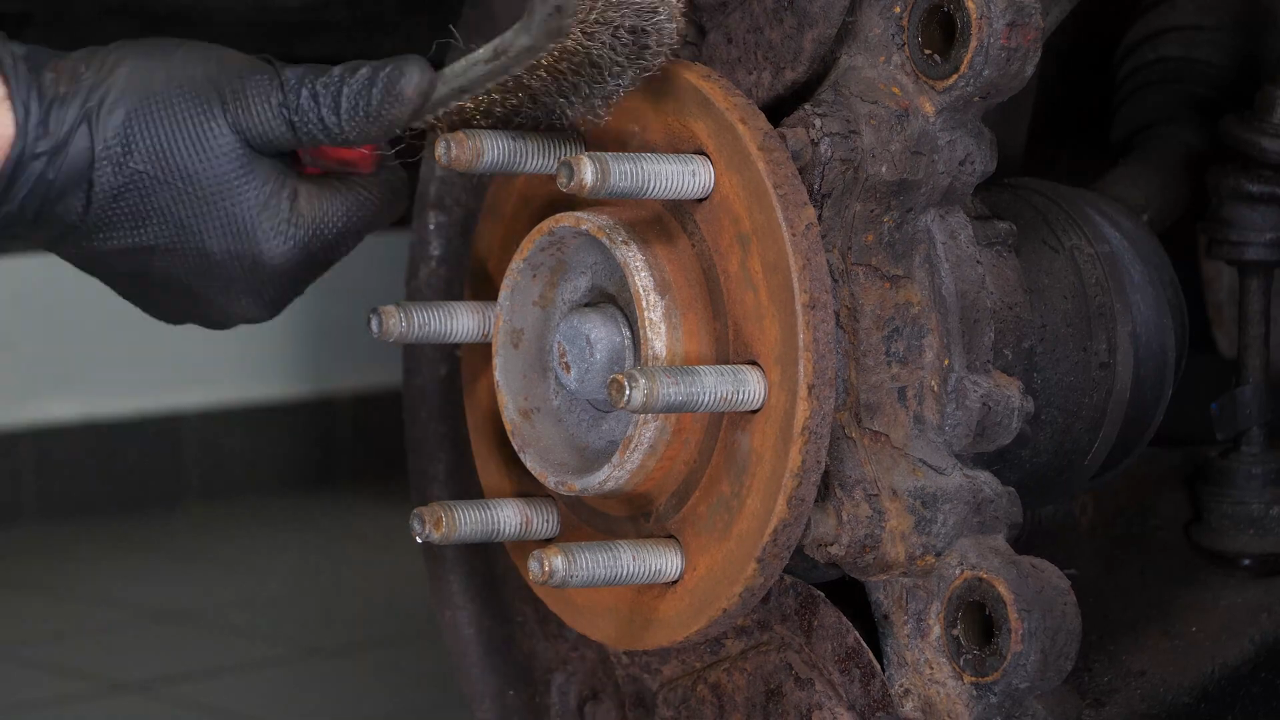
Chapter 10:
Install the new brake disc
Step 1/2
Before installing the new disc, it is vital to clean it using brake cleaner and paper towels to take of the storage paraffin. If your new disc is coated, you can place it directly onto the wheel hub.
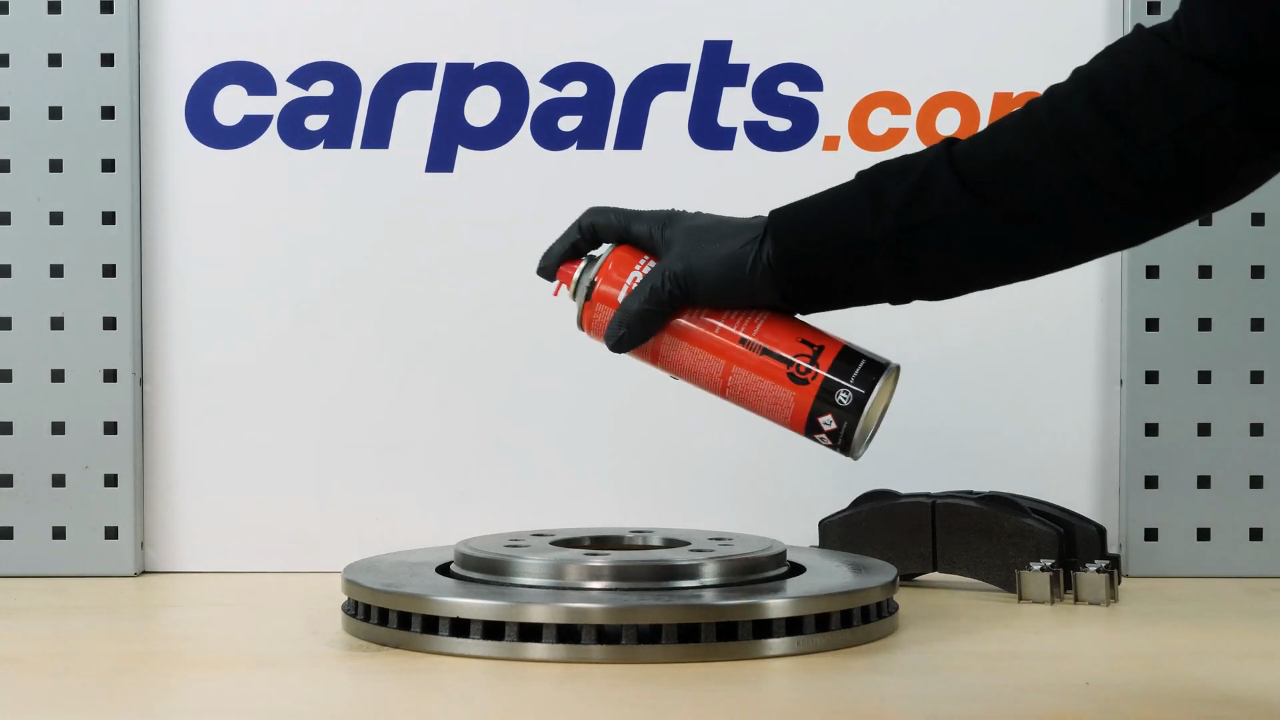
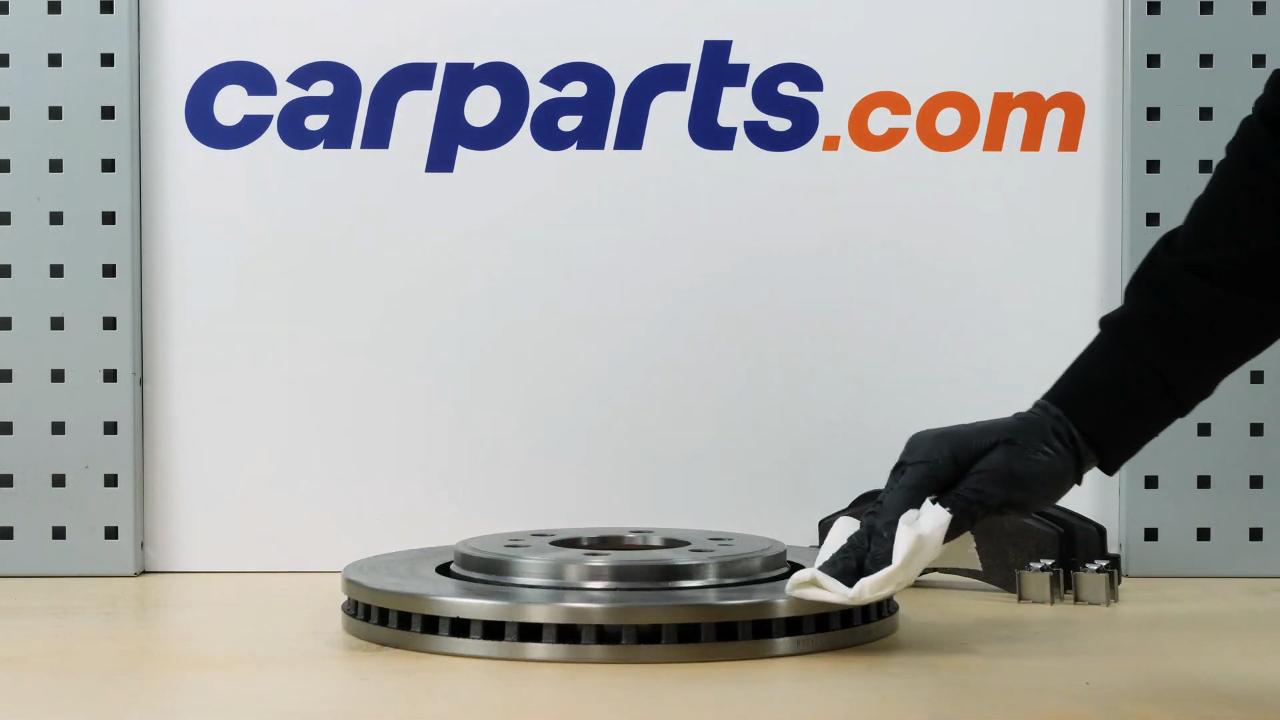
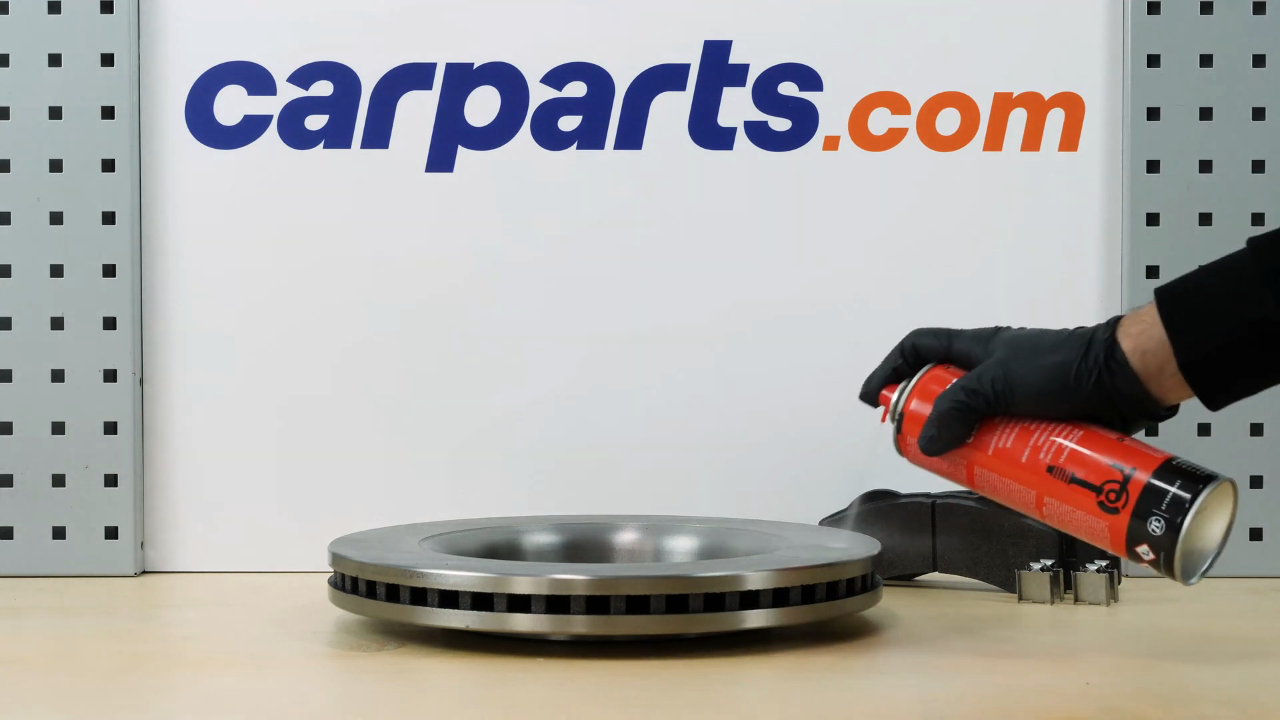
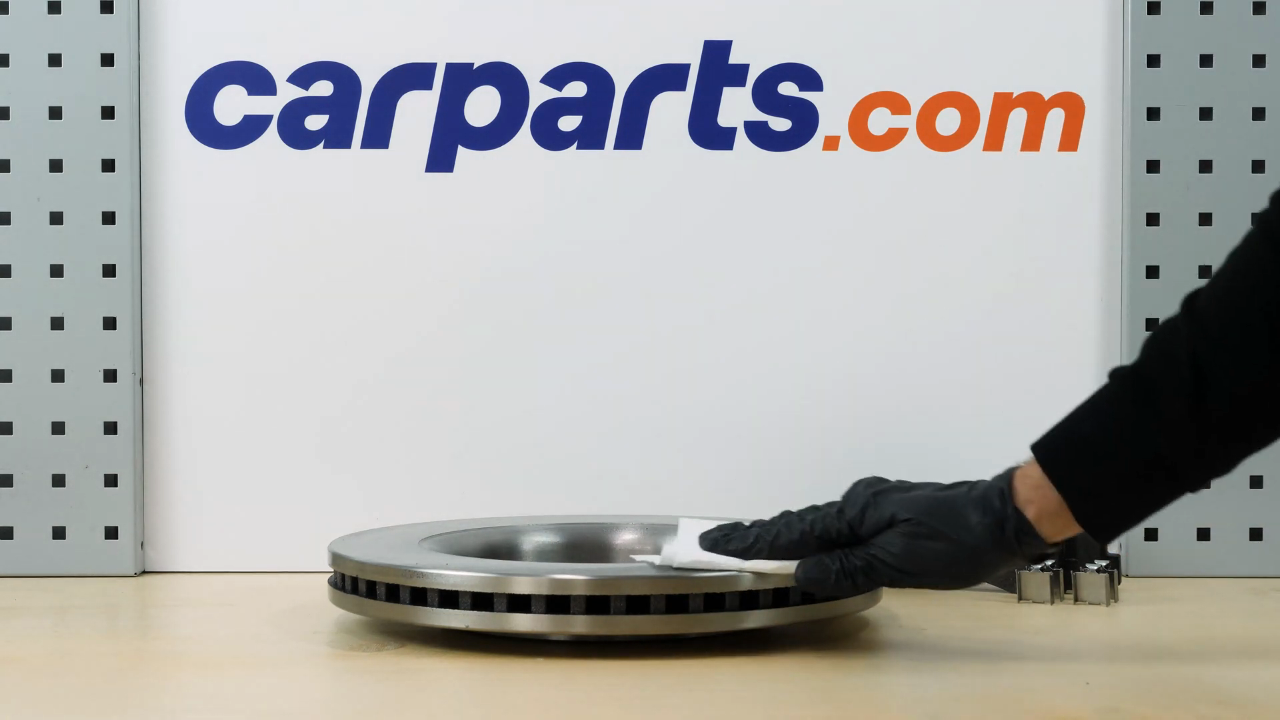
Chapter 10:
Step 2/2
Put the new disc in place.

Chapter 11:
Clean
Step 1/2
Using a wire brush, clean the caliper mount to remove any excess rust that could prevent the pads from sliding.
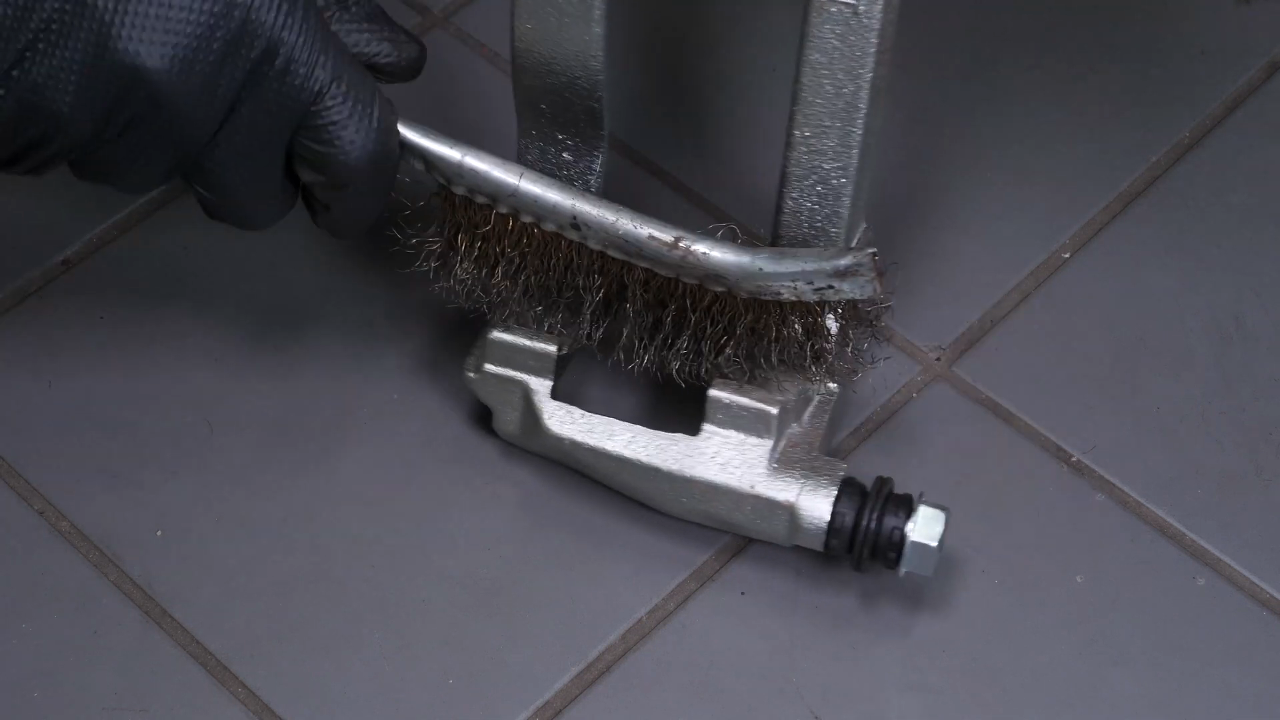
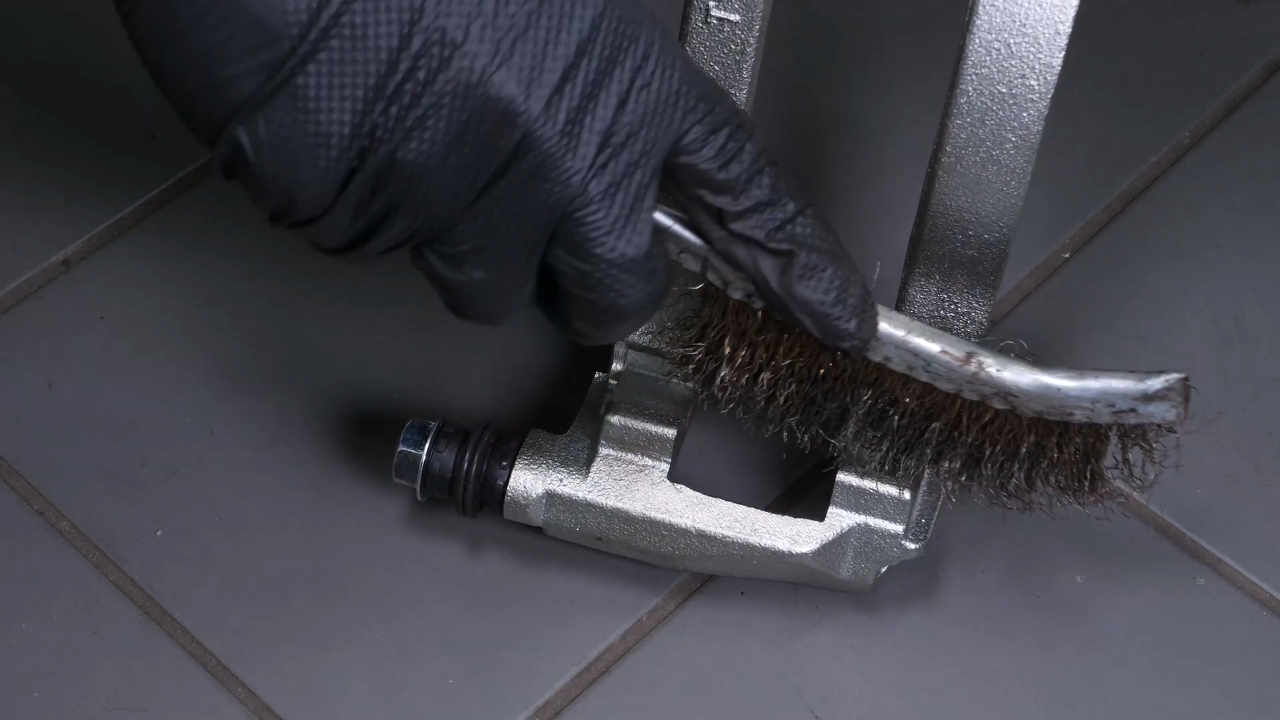
Chapter 11:
Step 2/2
Depending on the state of corrosion, we even recommend using a file to restore the original shape.
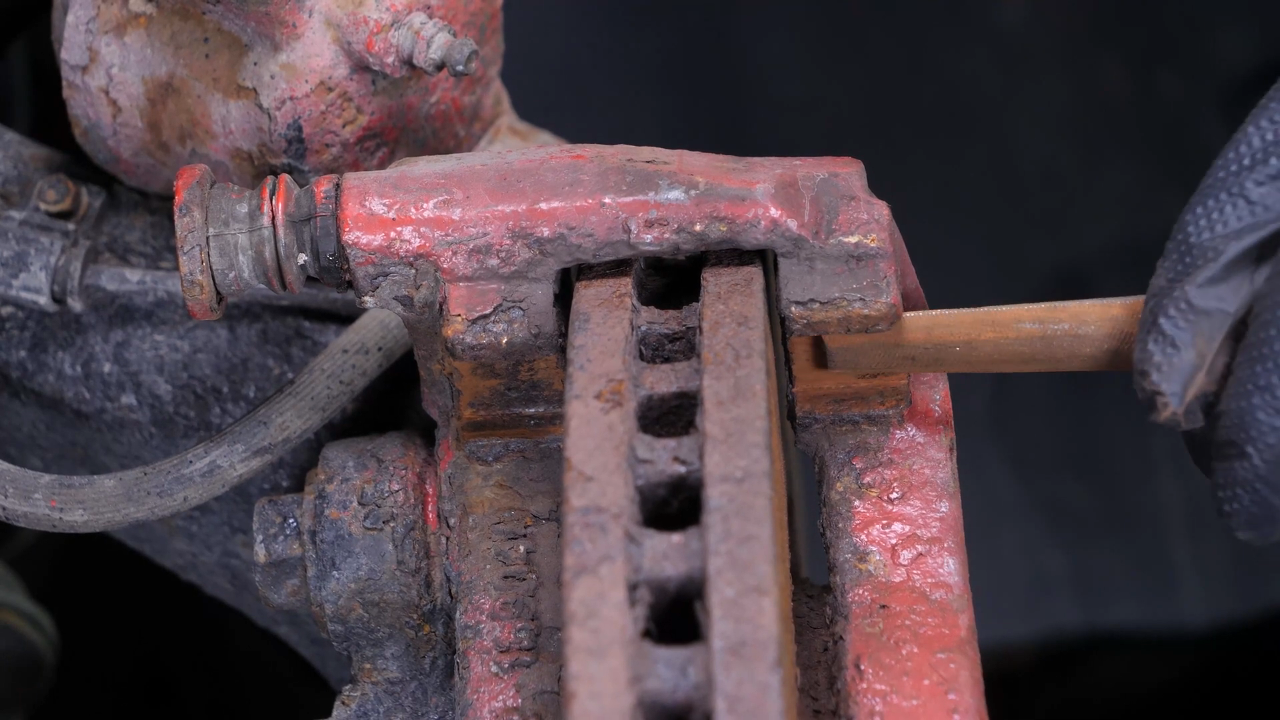
Chapter 12:
Put the brake caliper mount back on
Step 1/3
Reassemble the caliper mount by screwing first by hand, then with a socket wrench and a 21mm socket to lock them in place. Finish tightening using a torque wrench.
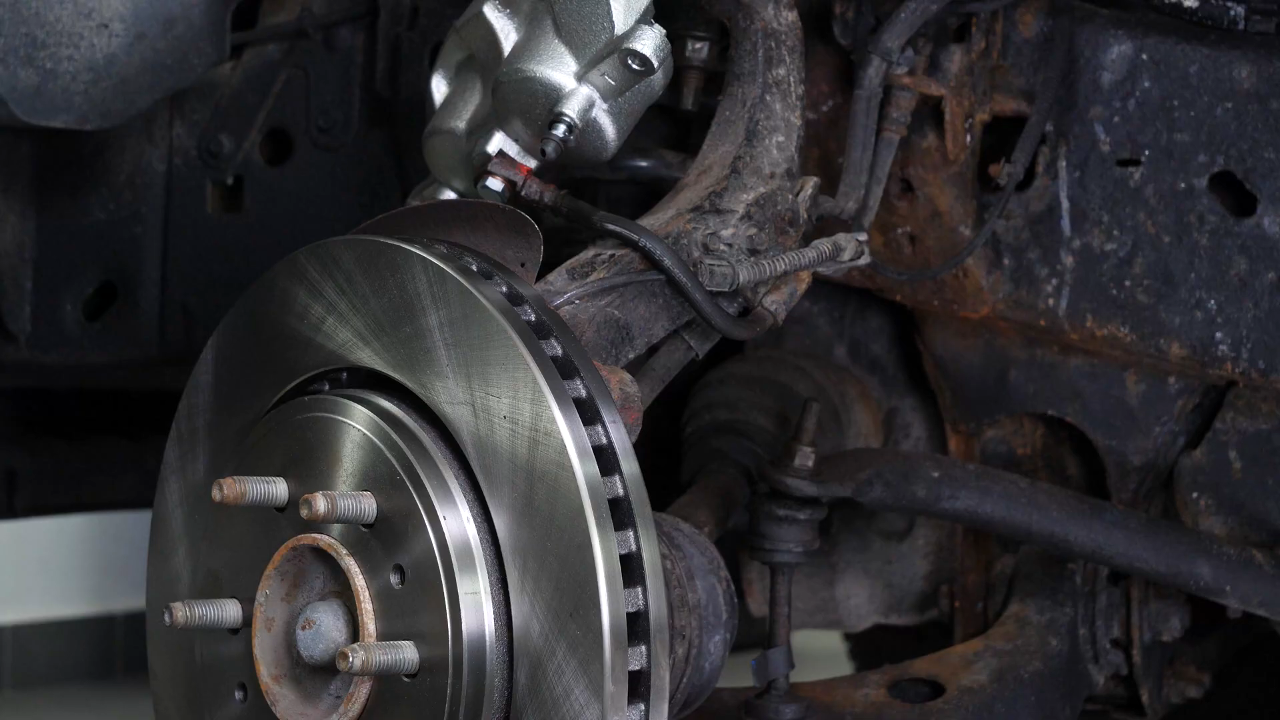
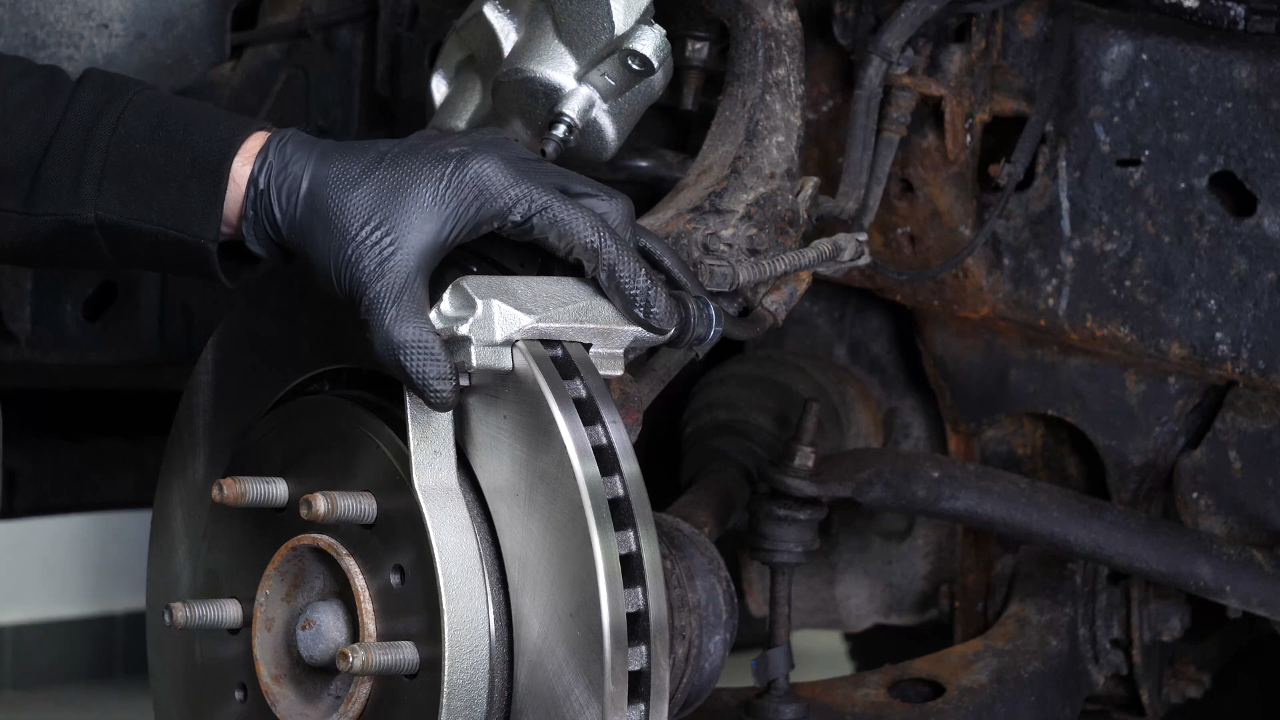
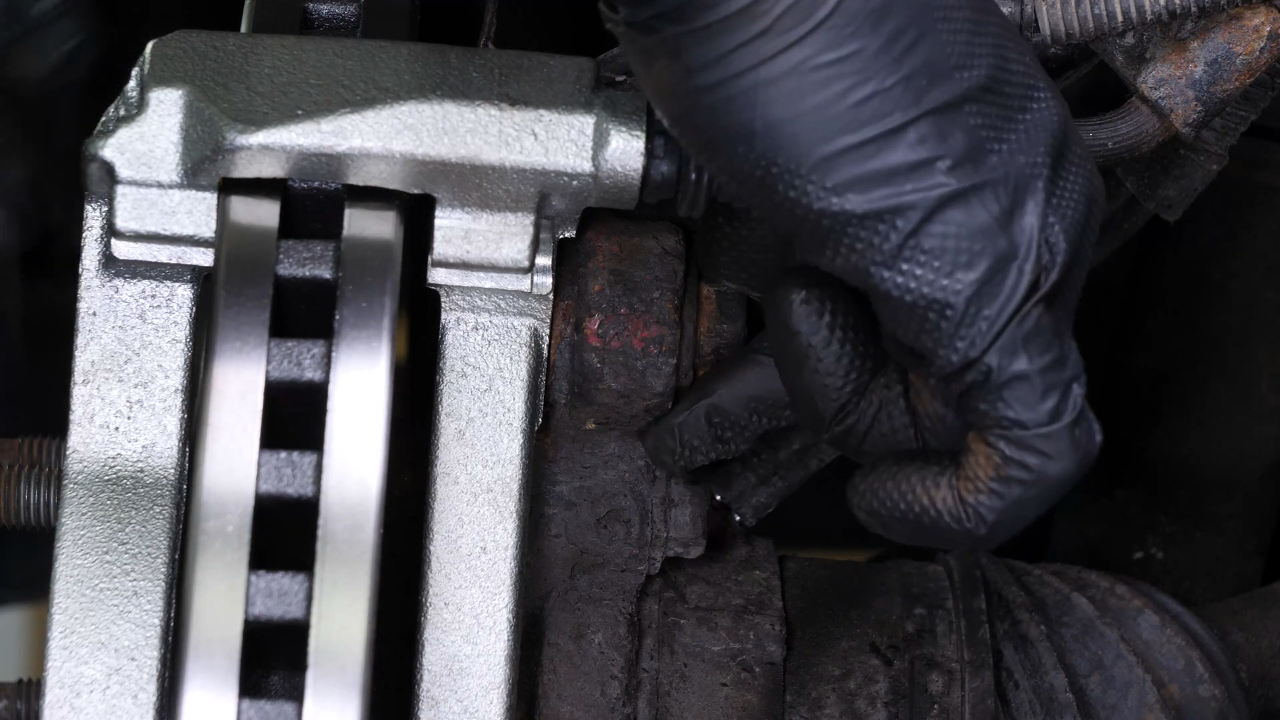
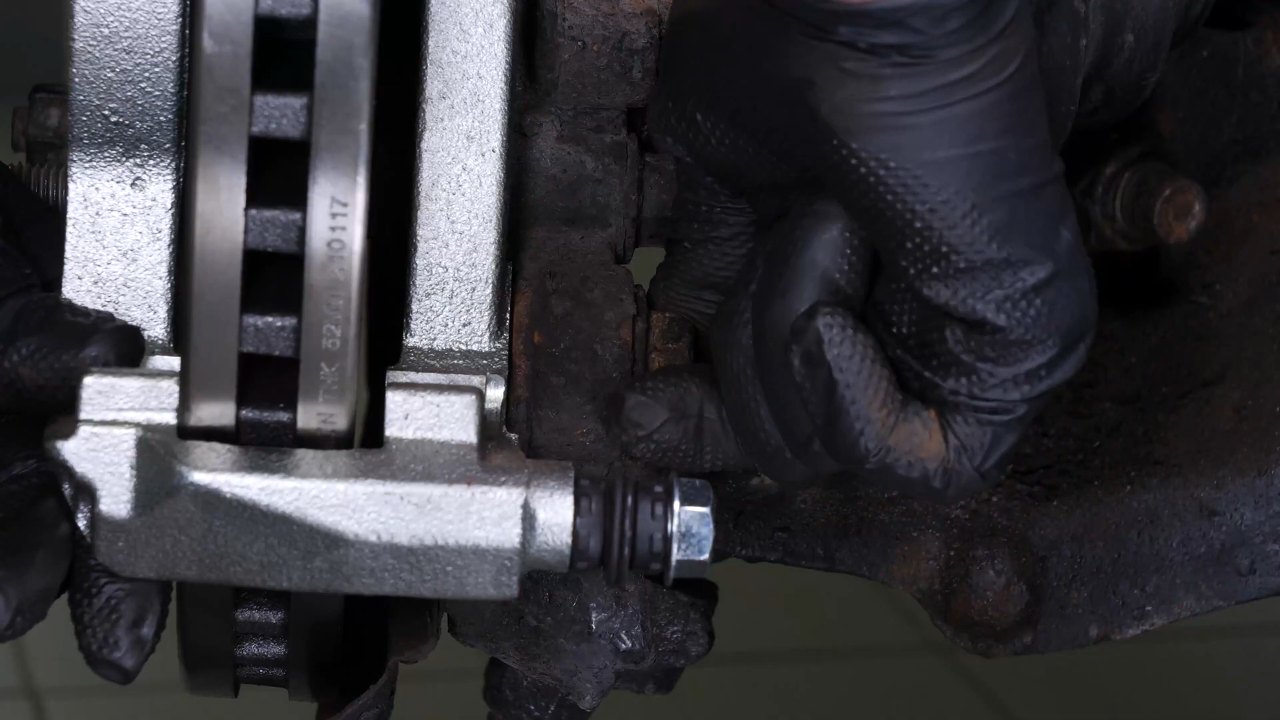
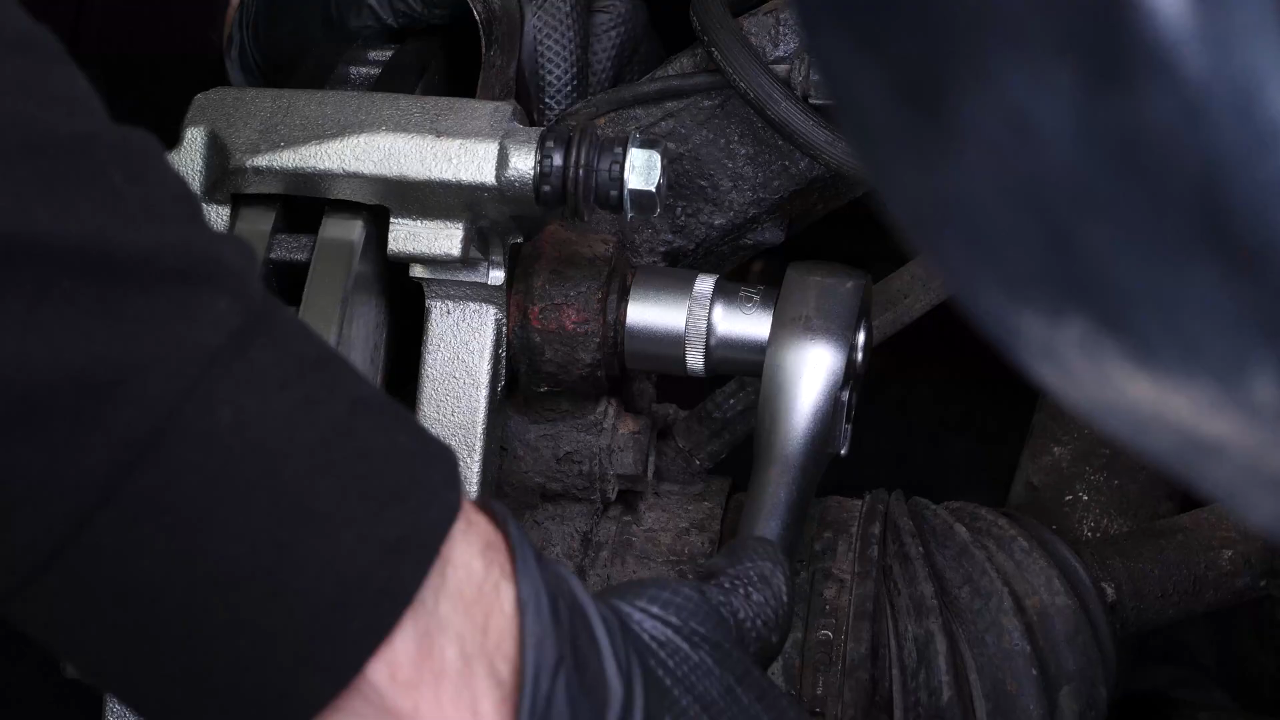
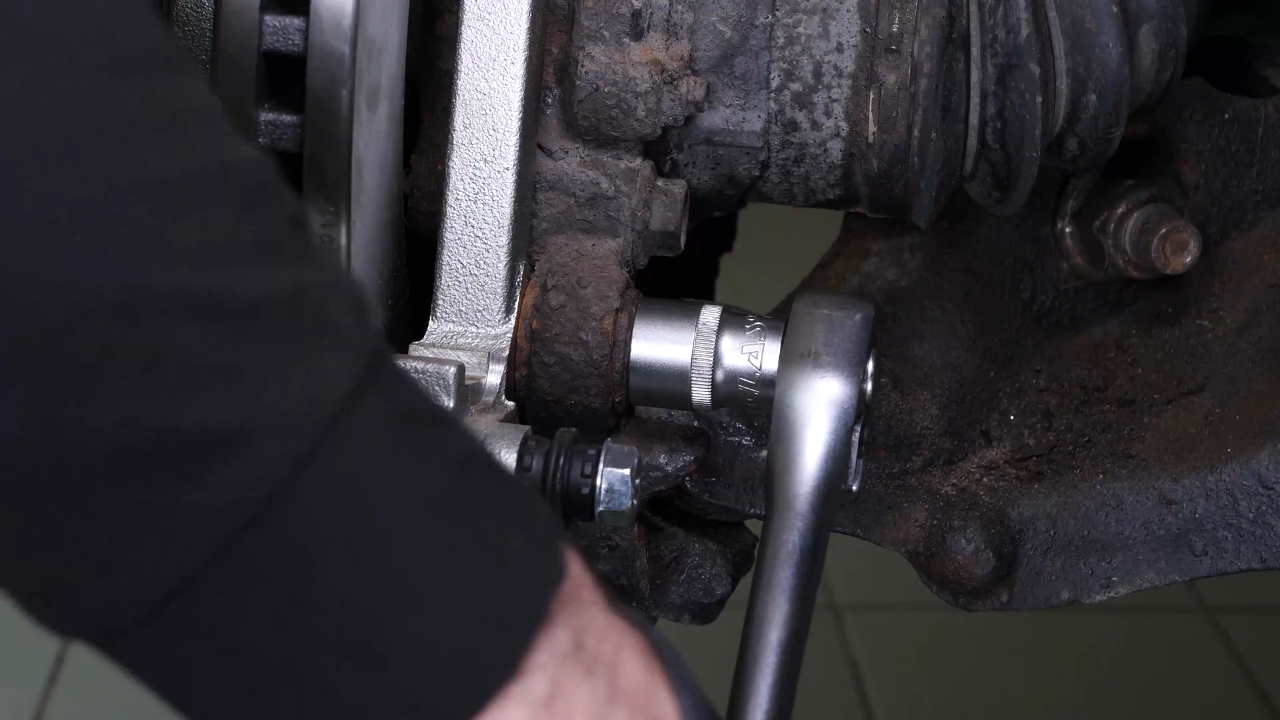
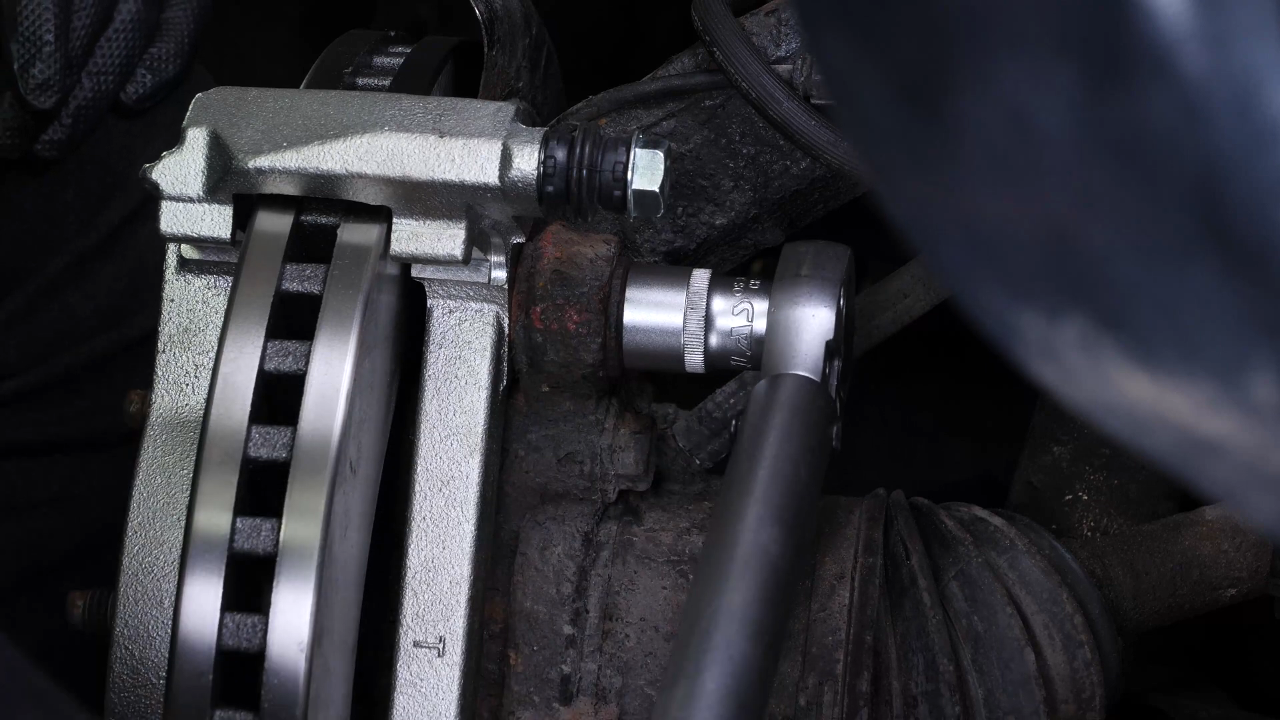
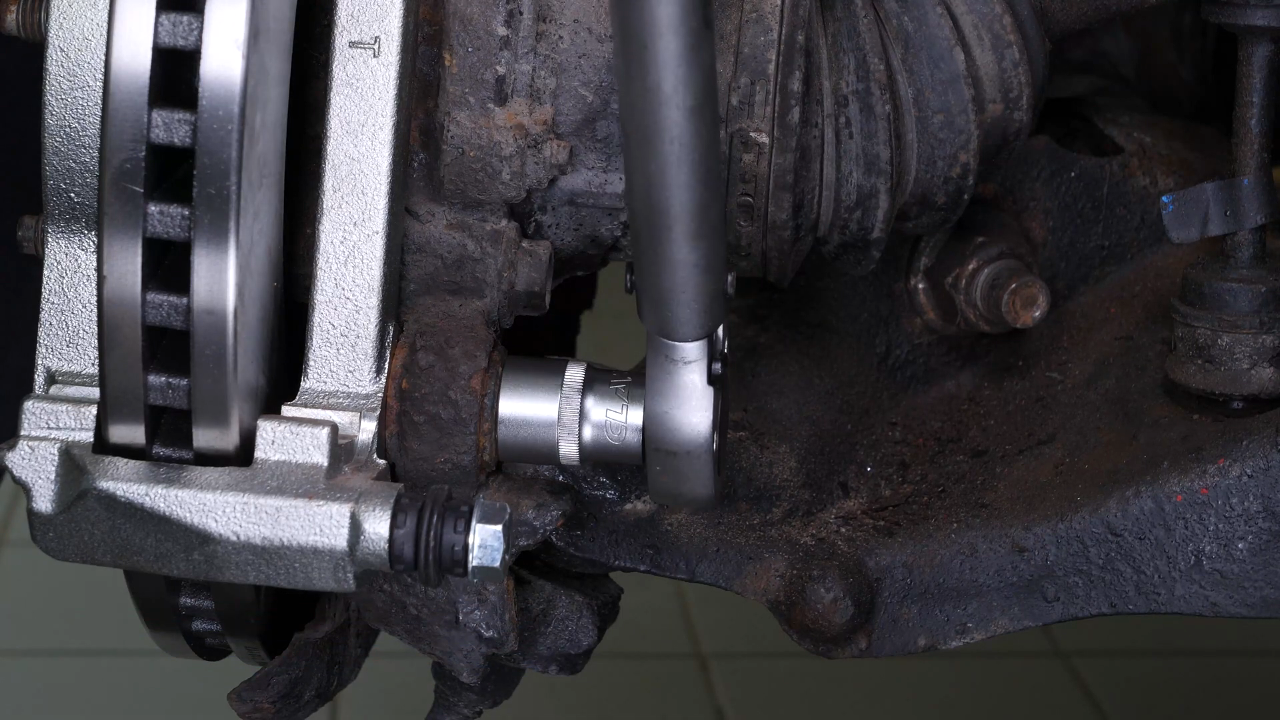
Chapter 12:
Step 2/3
Carparts.com also recommends replacing the anti-rattle clips with new ones.


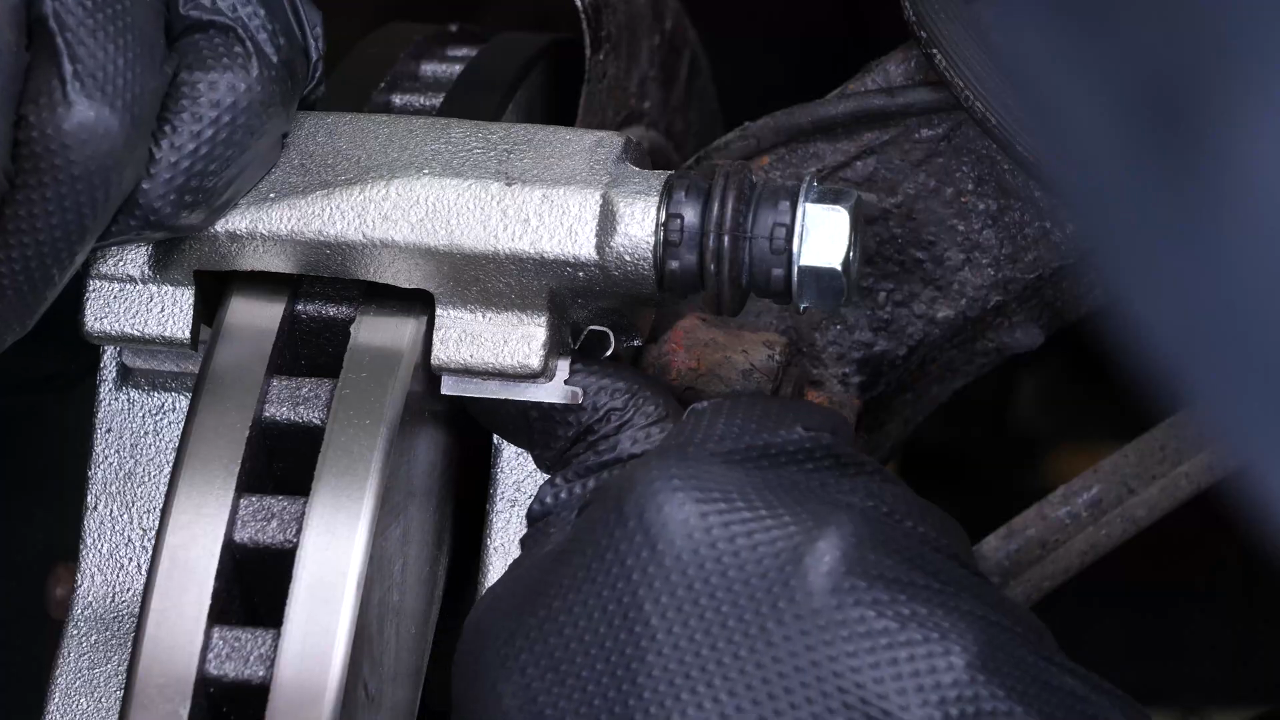
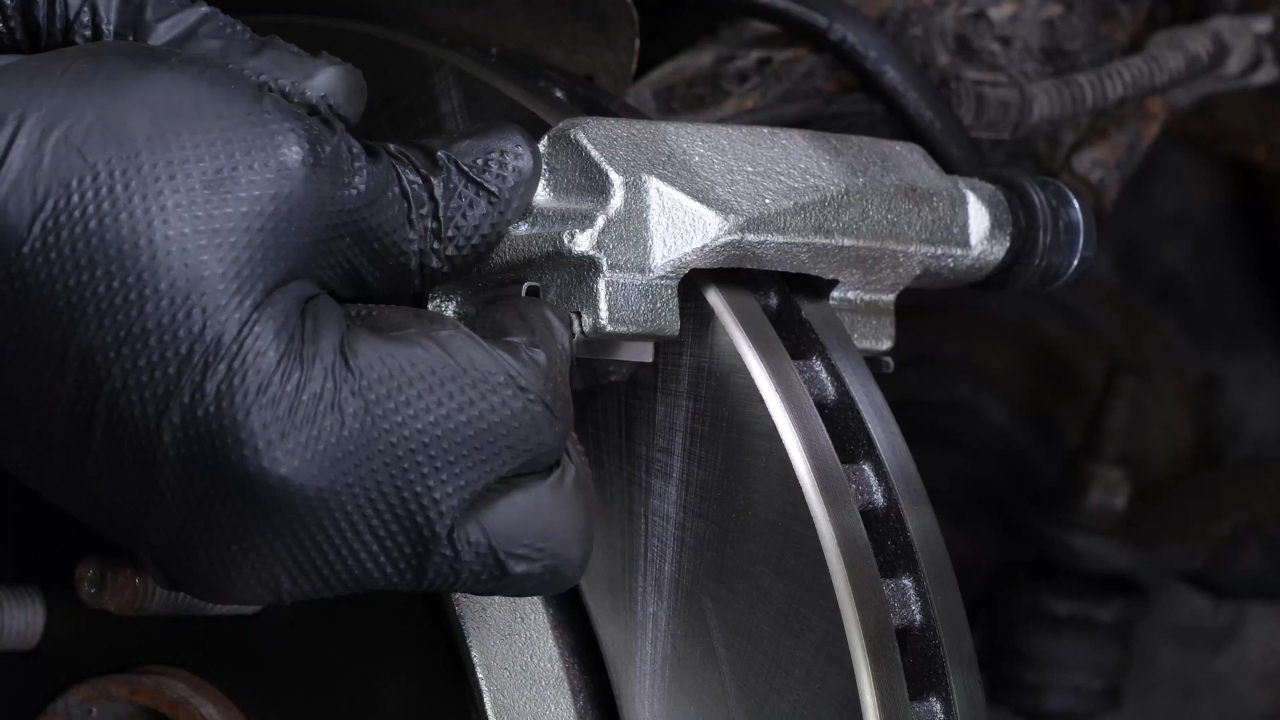
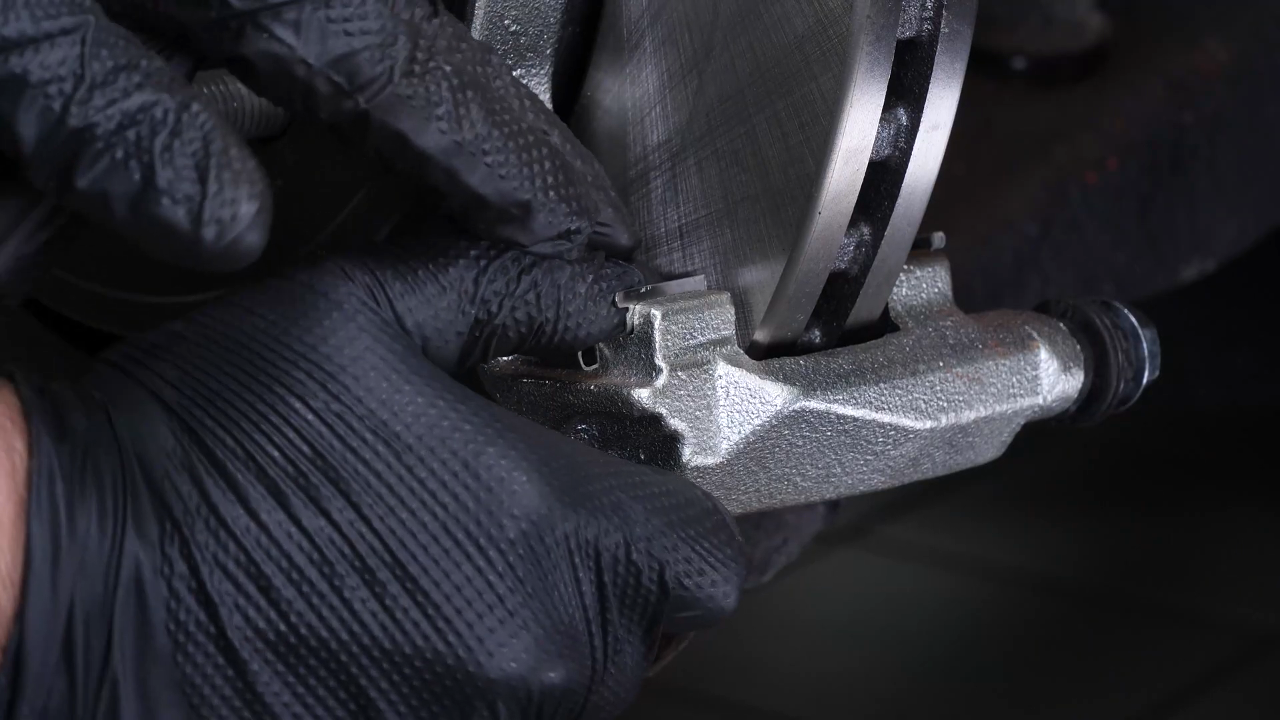
Chapter 12:
Step 3/3
You need to check the sliding of the brake caliper slide pins and the condition of the Caliper slide pin boots. If they look worn, you are advised to replace them with new ones.
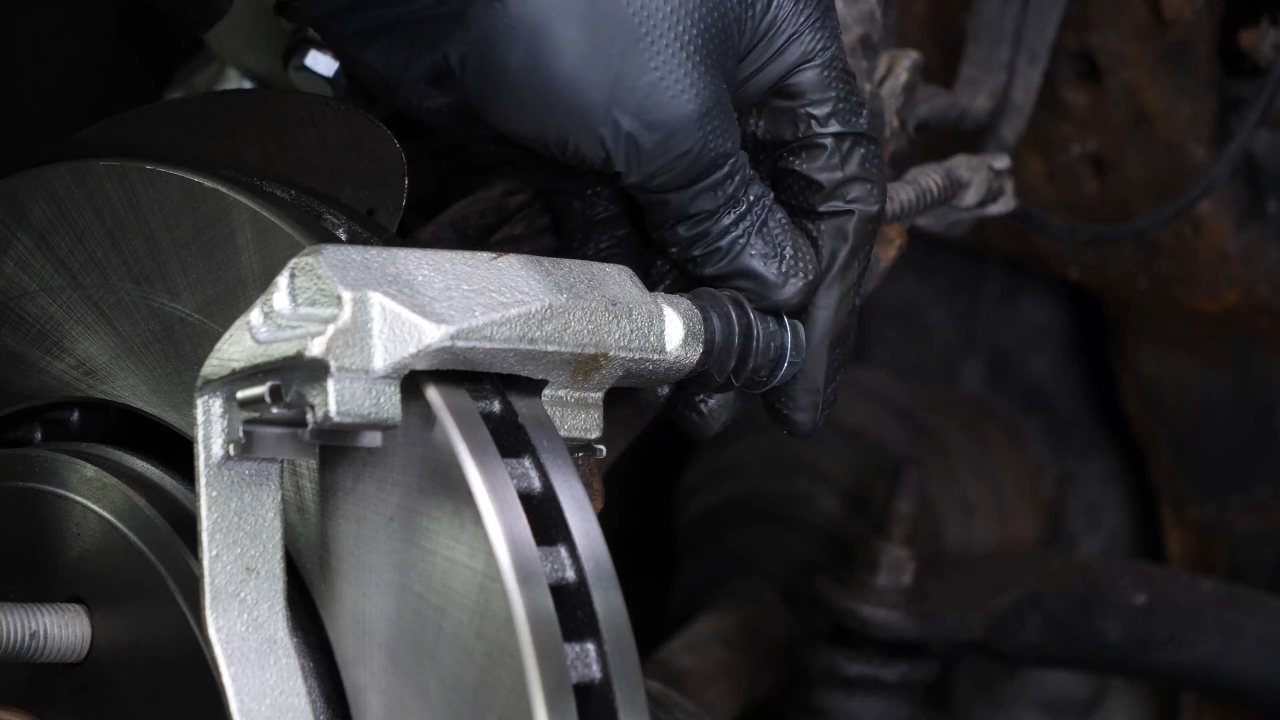
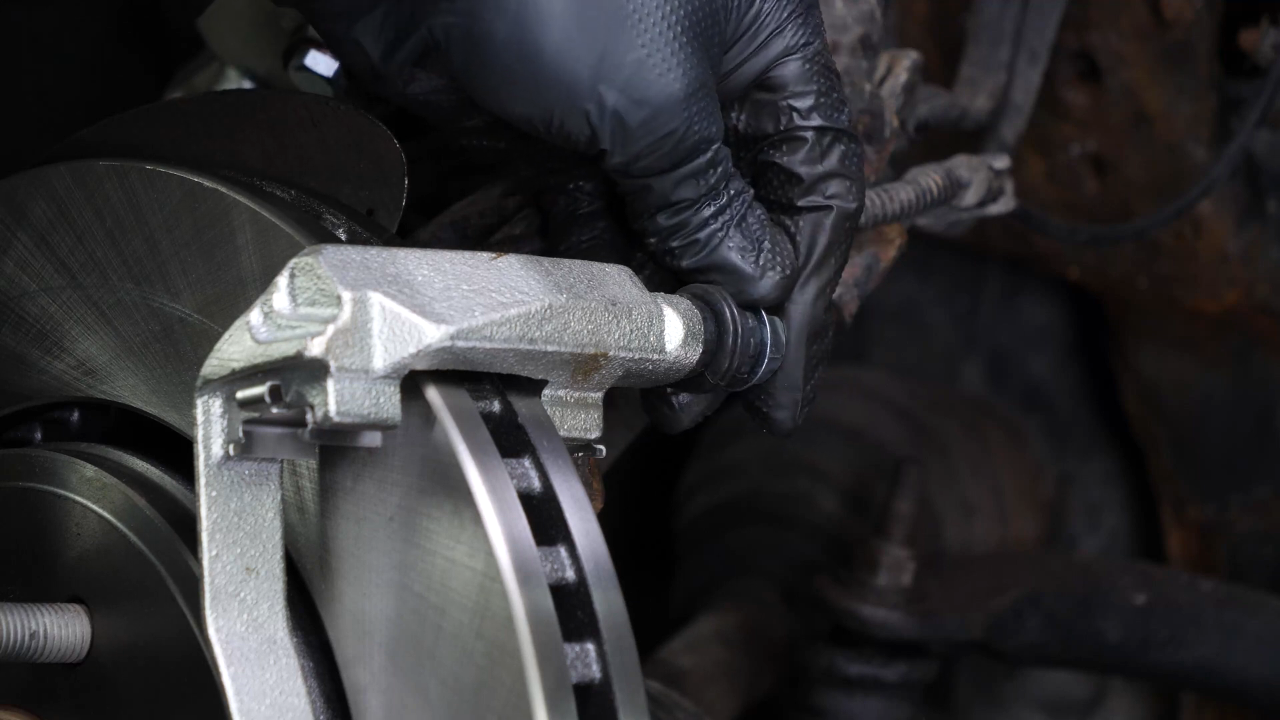

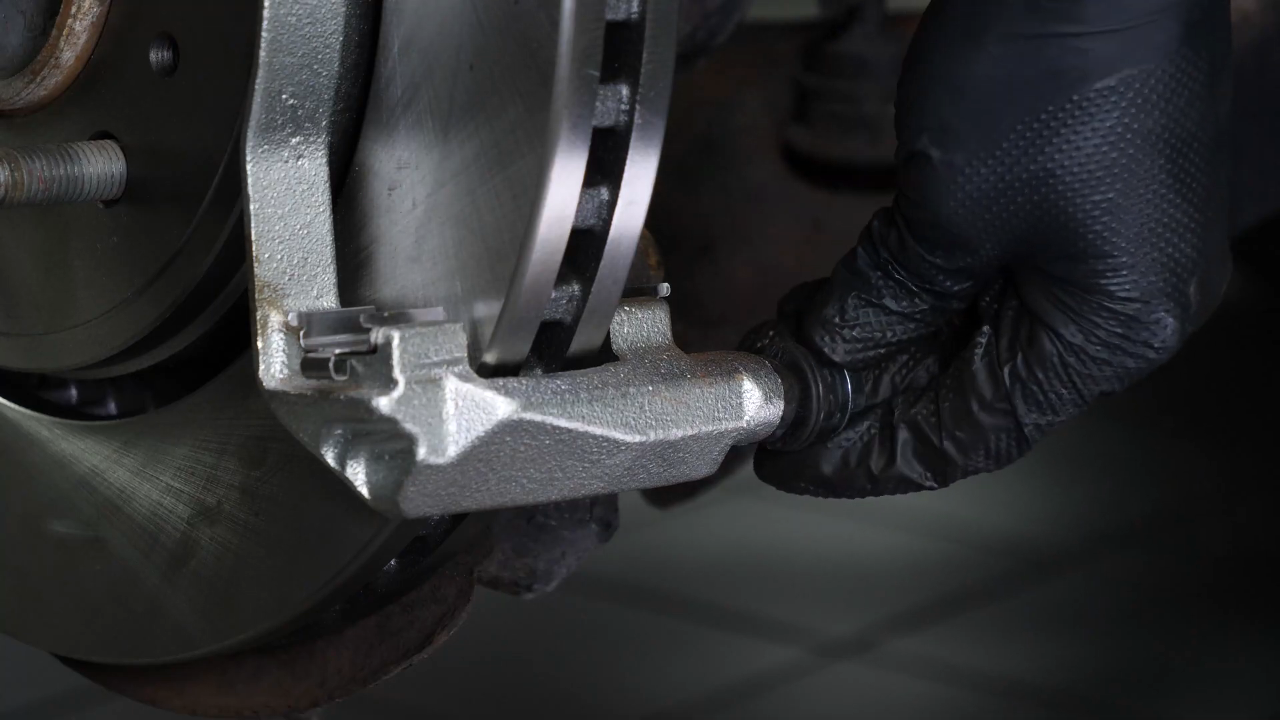
Chapter 13:
Place the new brake pads
Step 1/2
Grab the new pads, and lightly coat the ends with copper grease to help them slide more easily.
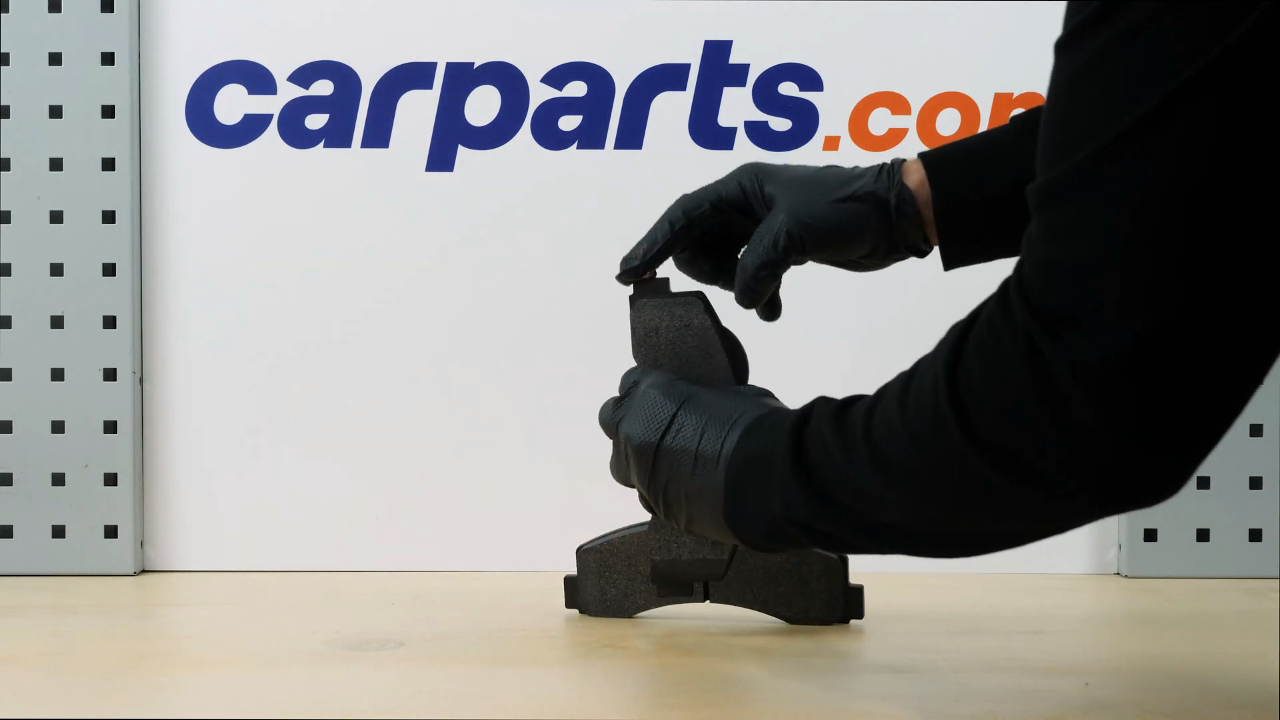
Chapter 13:
Step 2/2
Insert the new pads into the caliper mount by sliding them in.
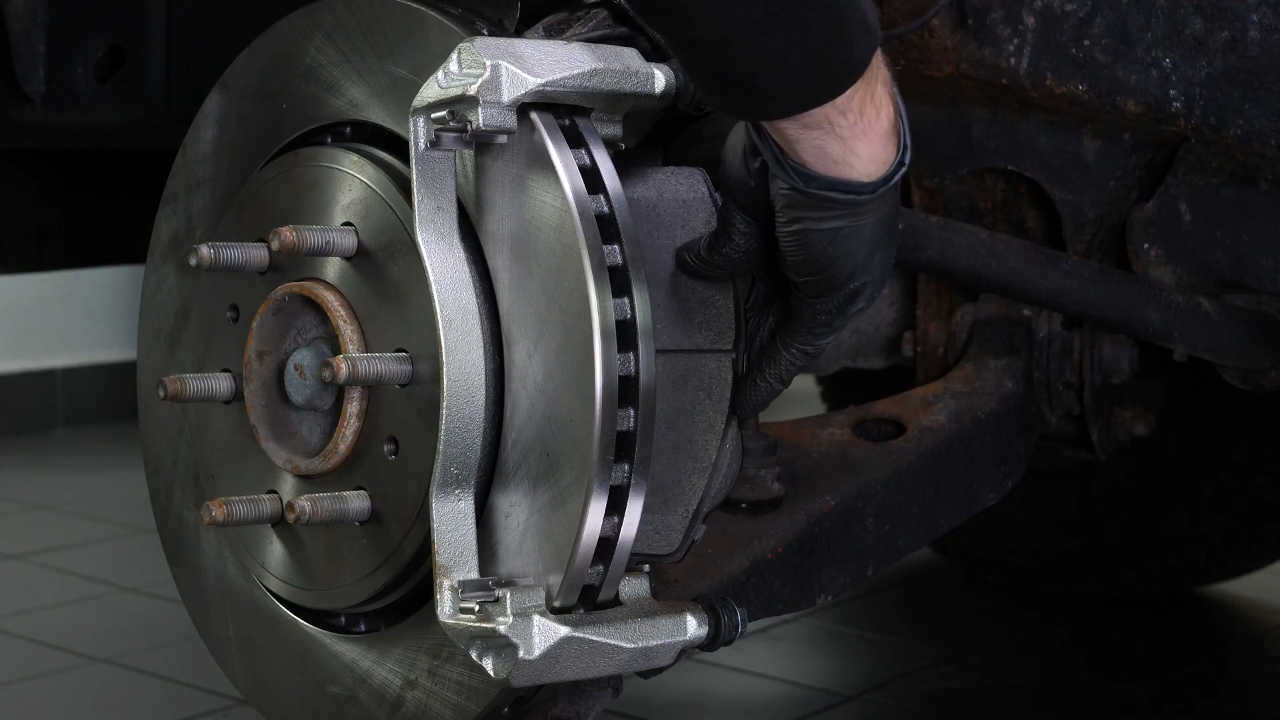
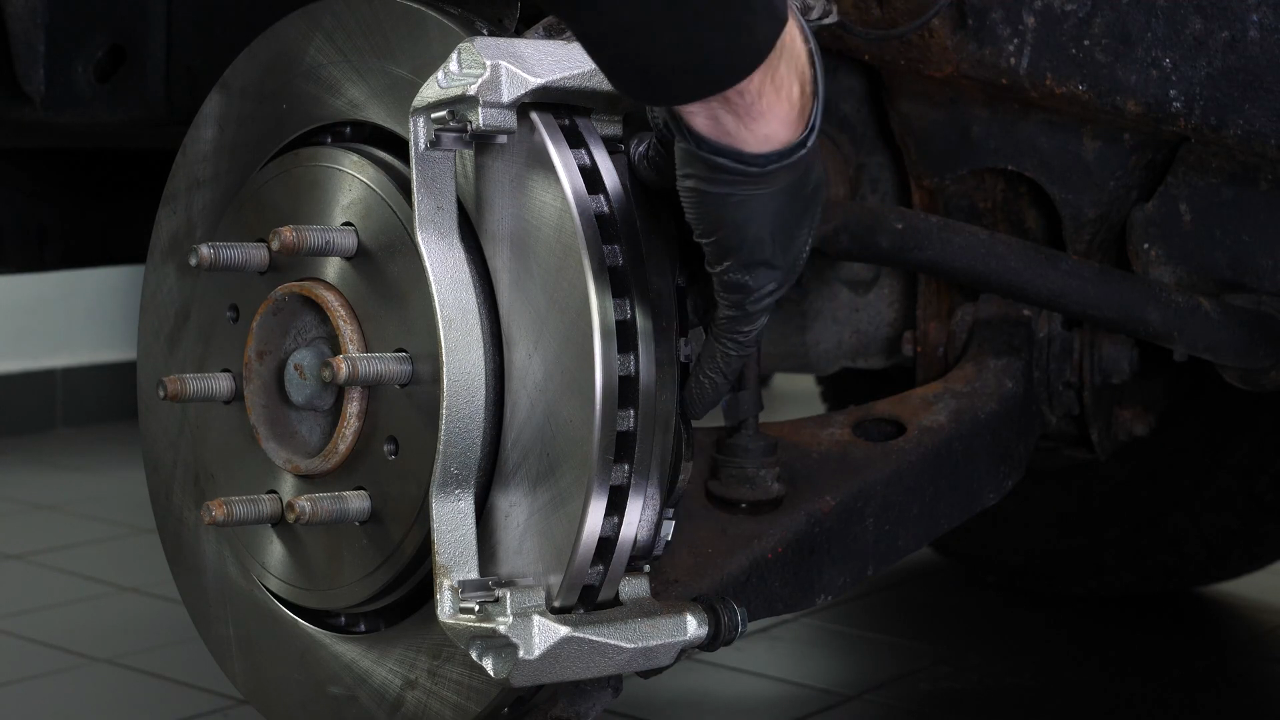

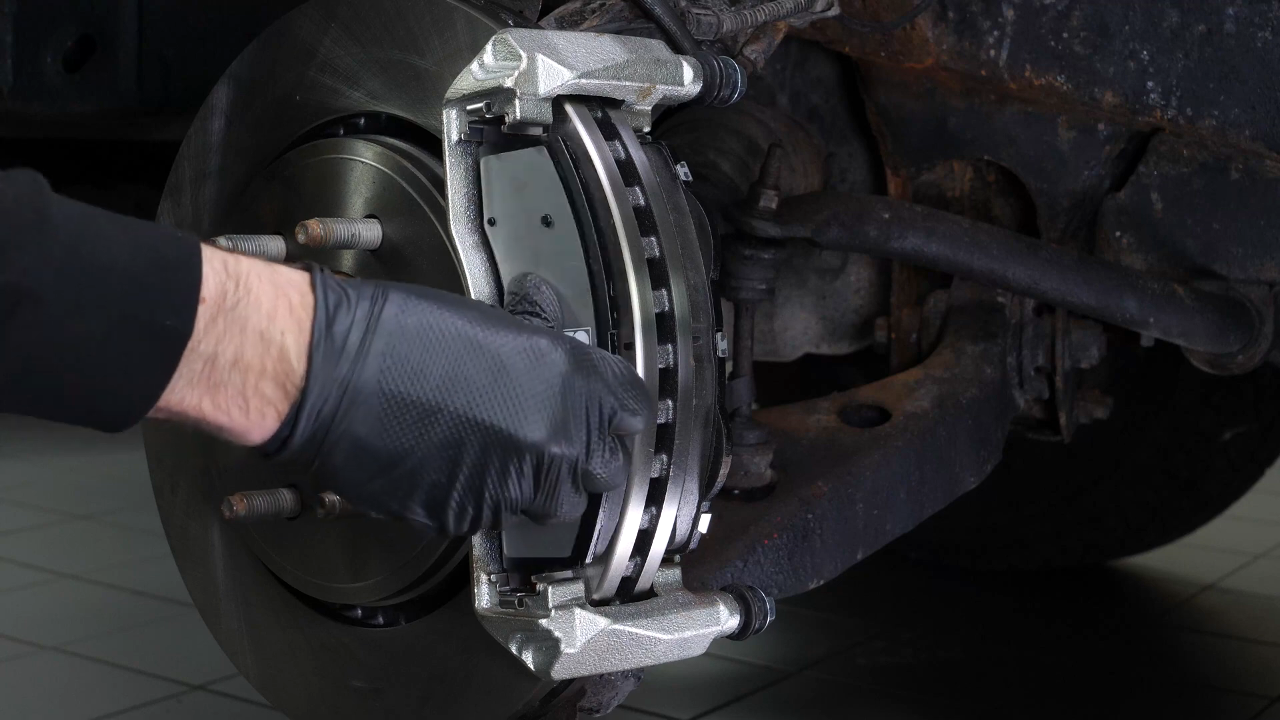
Chapter 14:
Put the brake caliper back
Step 1/2
Detach the caliper. Place a used pad in the caliper, then using a clamp or Brake Wind-Back Tool, press the pistons into the caliper. This step is essential before installing the new pads.

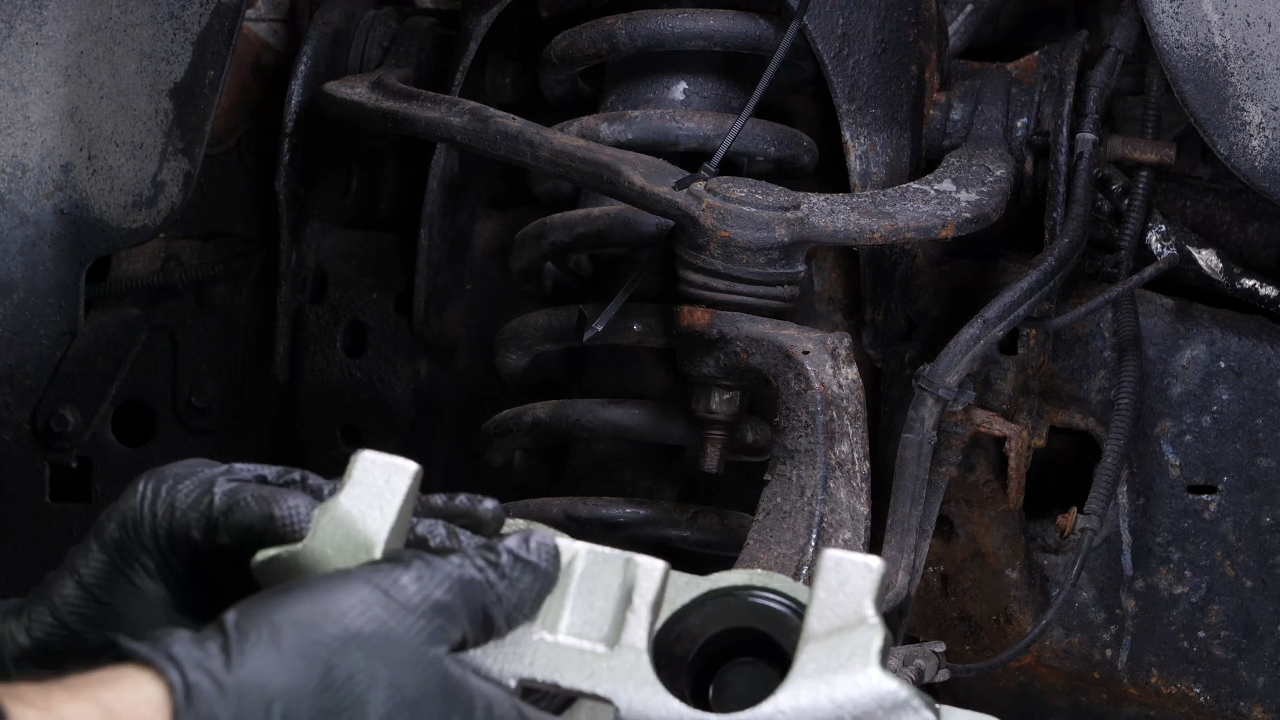
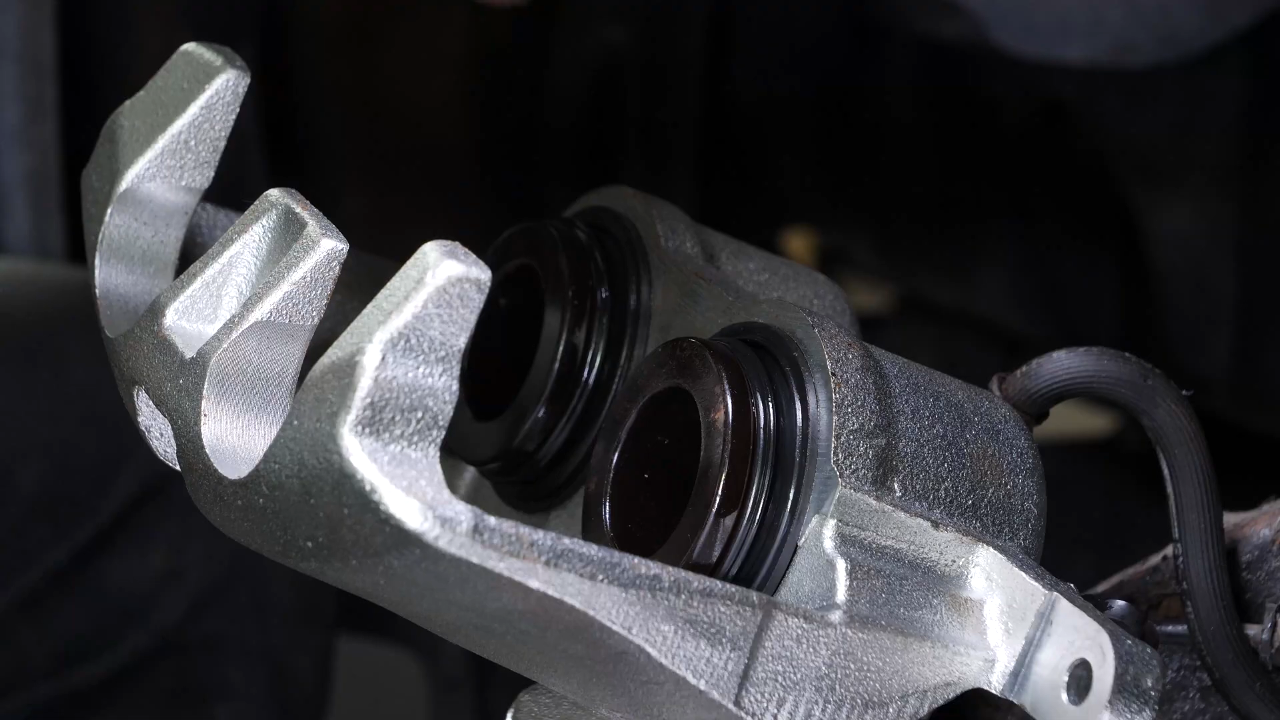

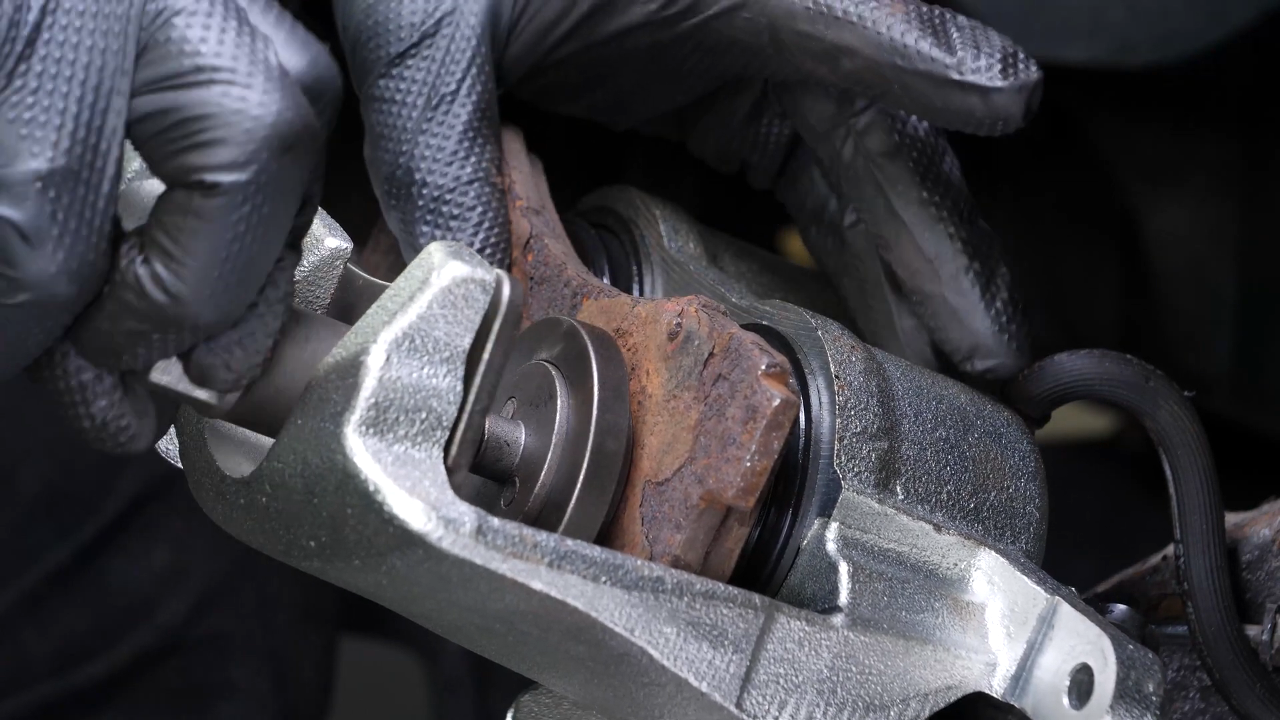
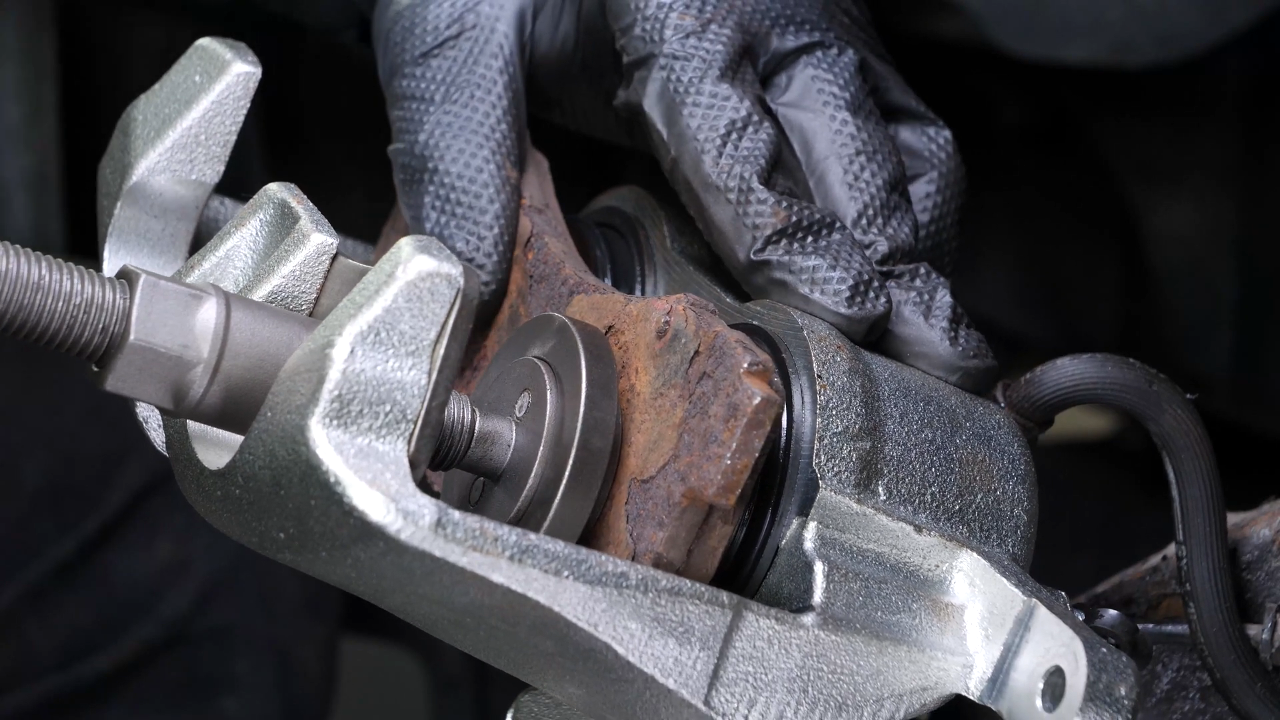
Chapter 14:
Step 2/2
As the pistons enter the caliper, brake fluid will flow back into the brake fluid reservoir. Depending on the original level of the reservoir, make sure that the liquid does not overflow.
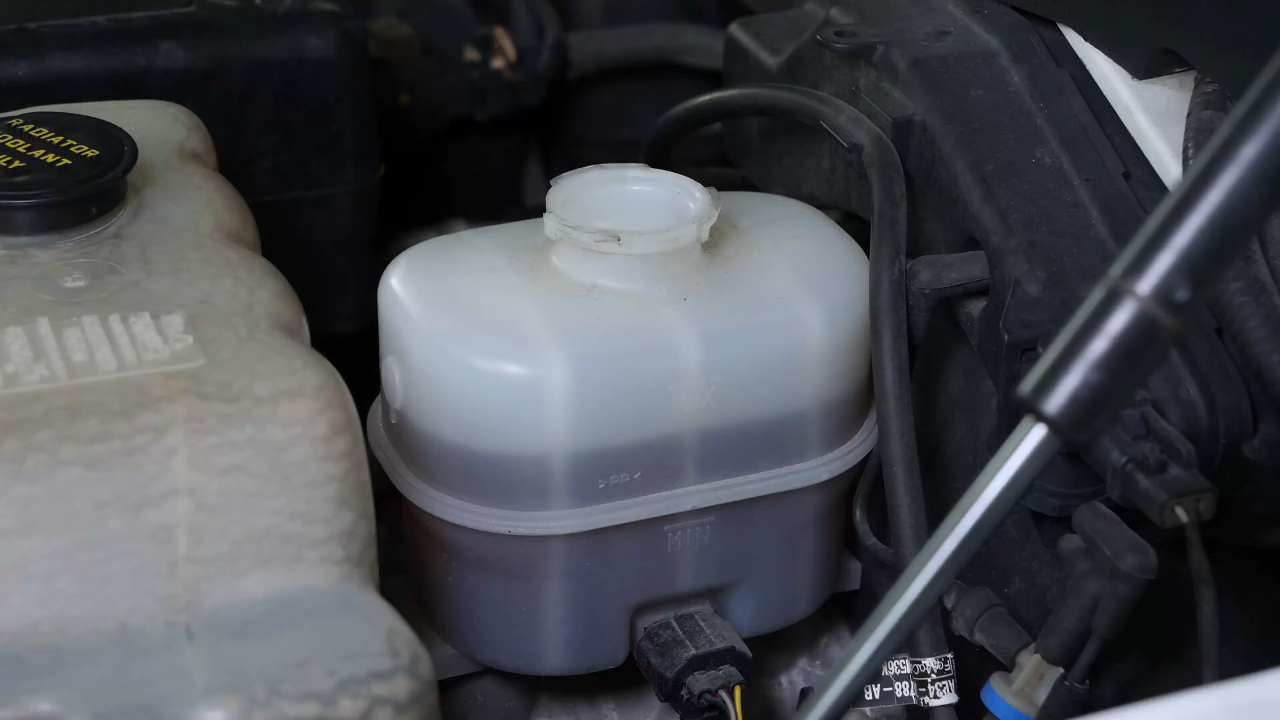
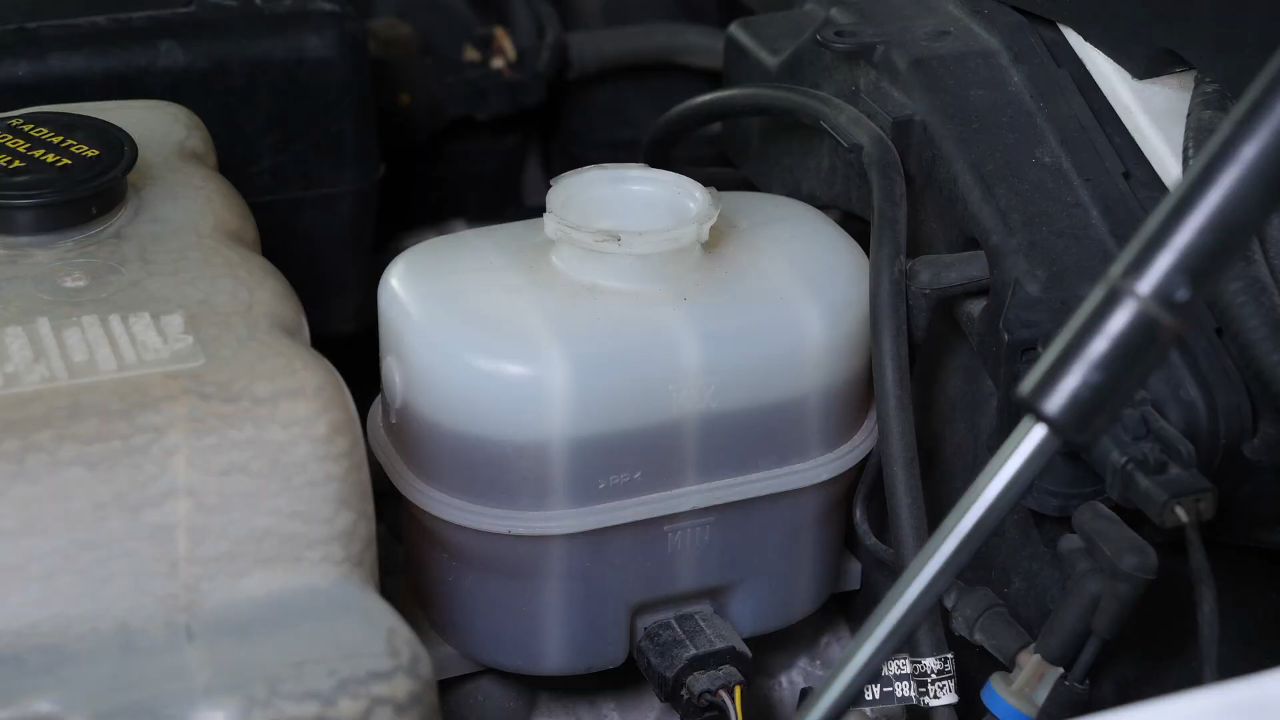

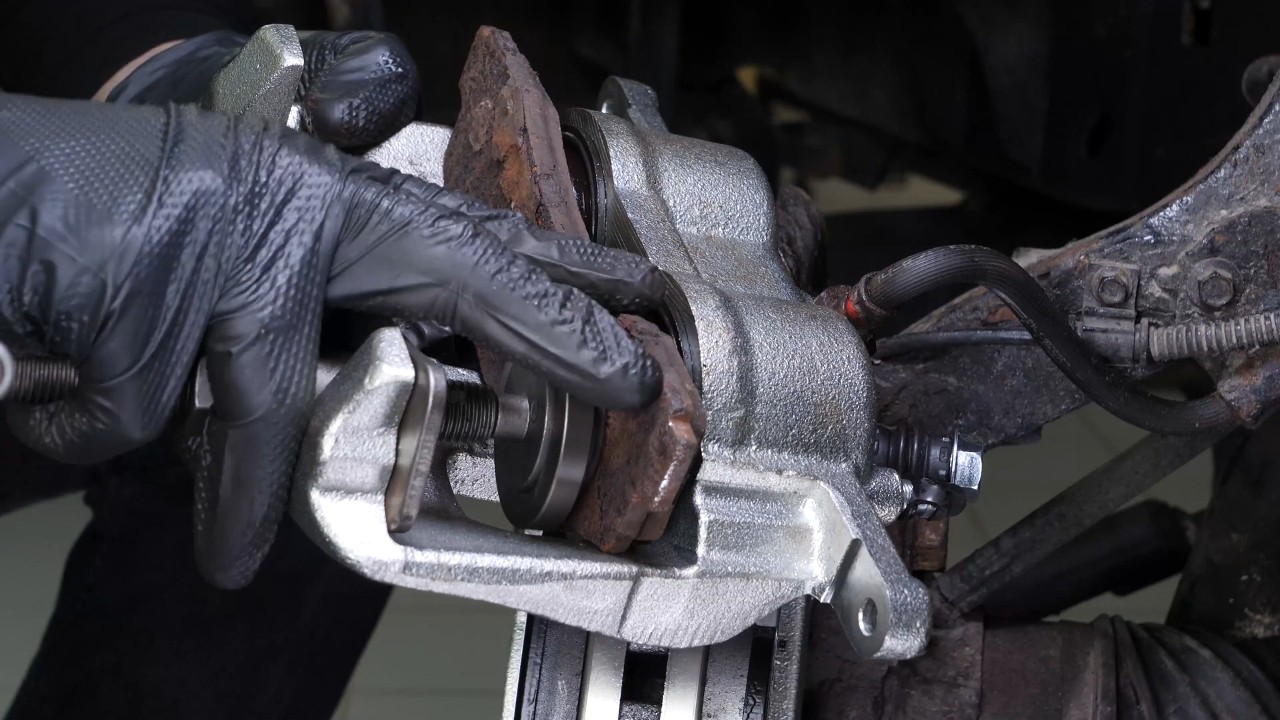
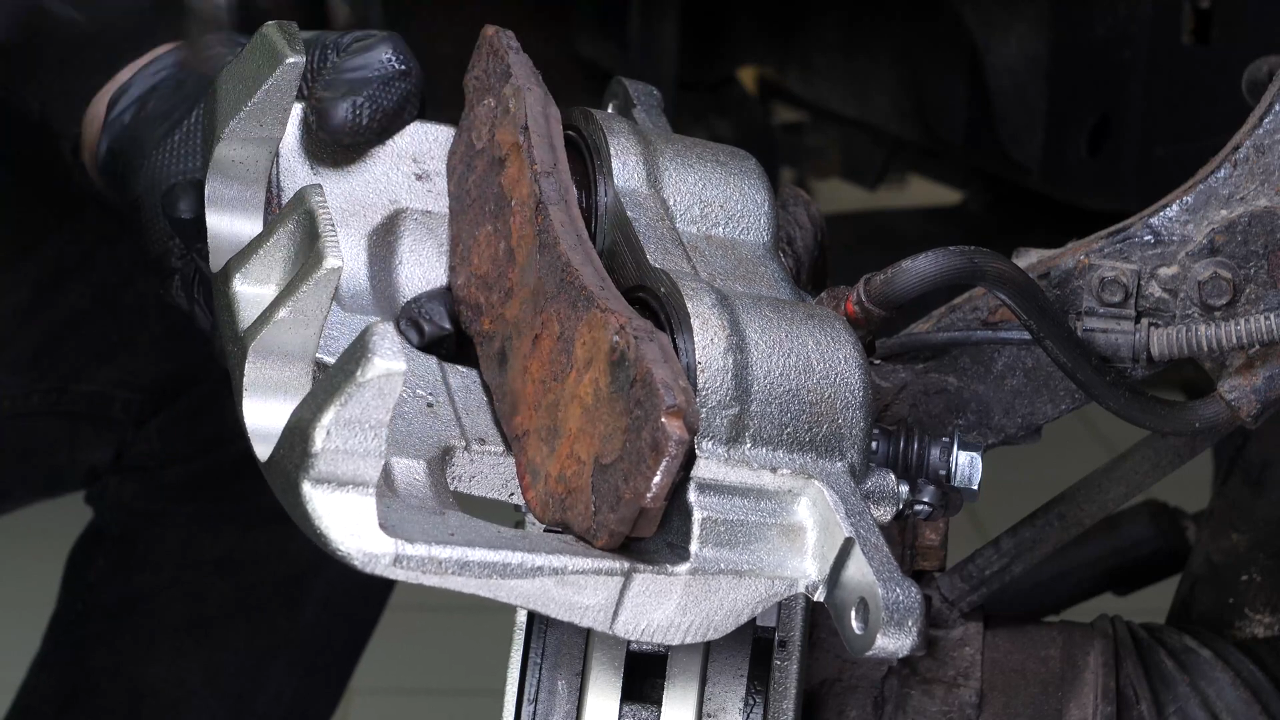
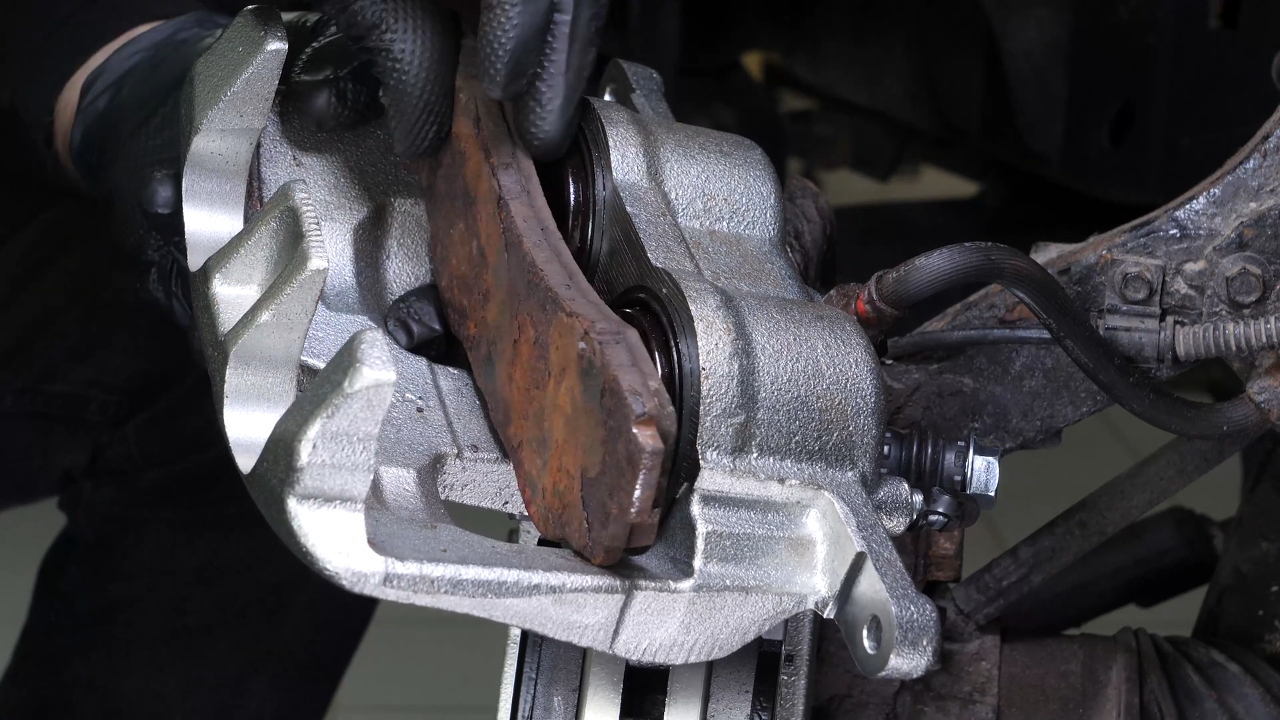

Chapter 15:
Finalise the reassembly
Step 1/3
Put the brake caliper back in place and screw in the caliper slide pins, by hand at first.

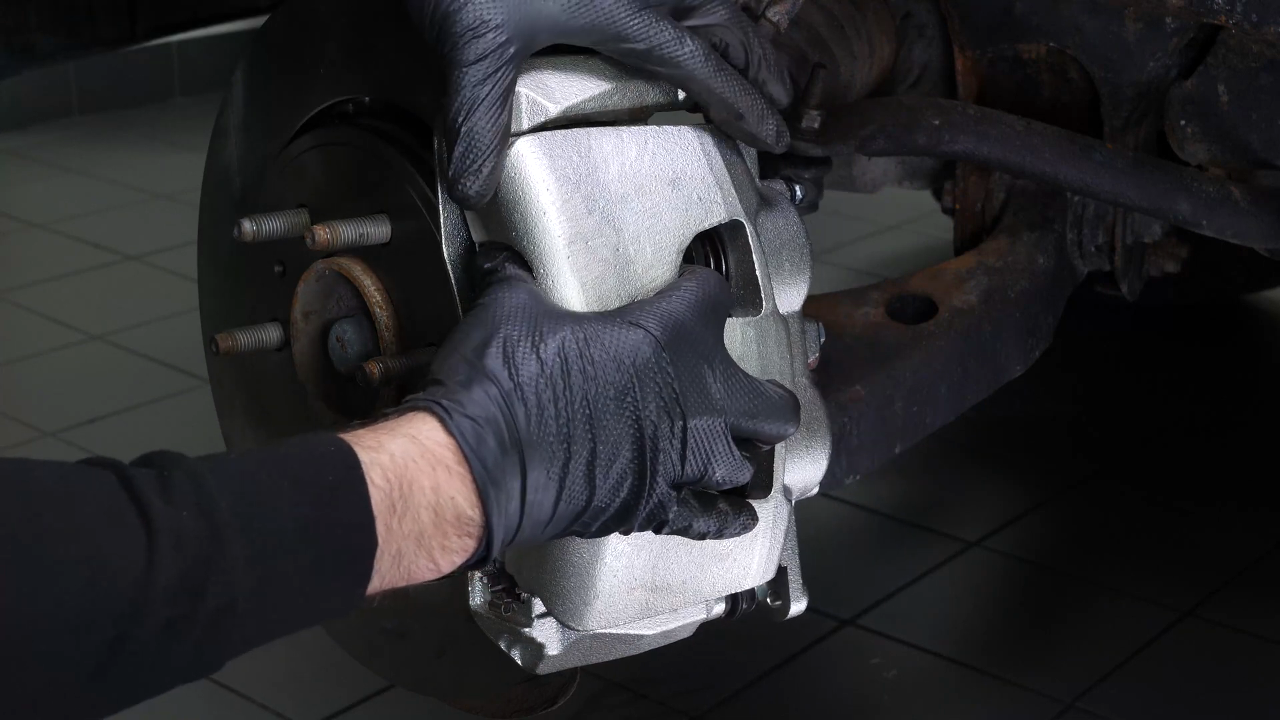
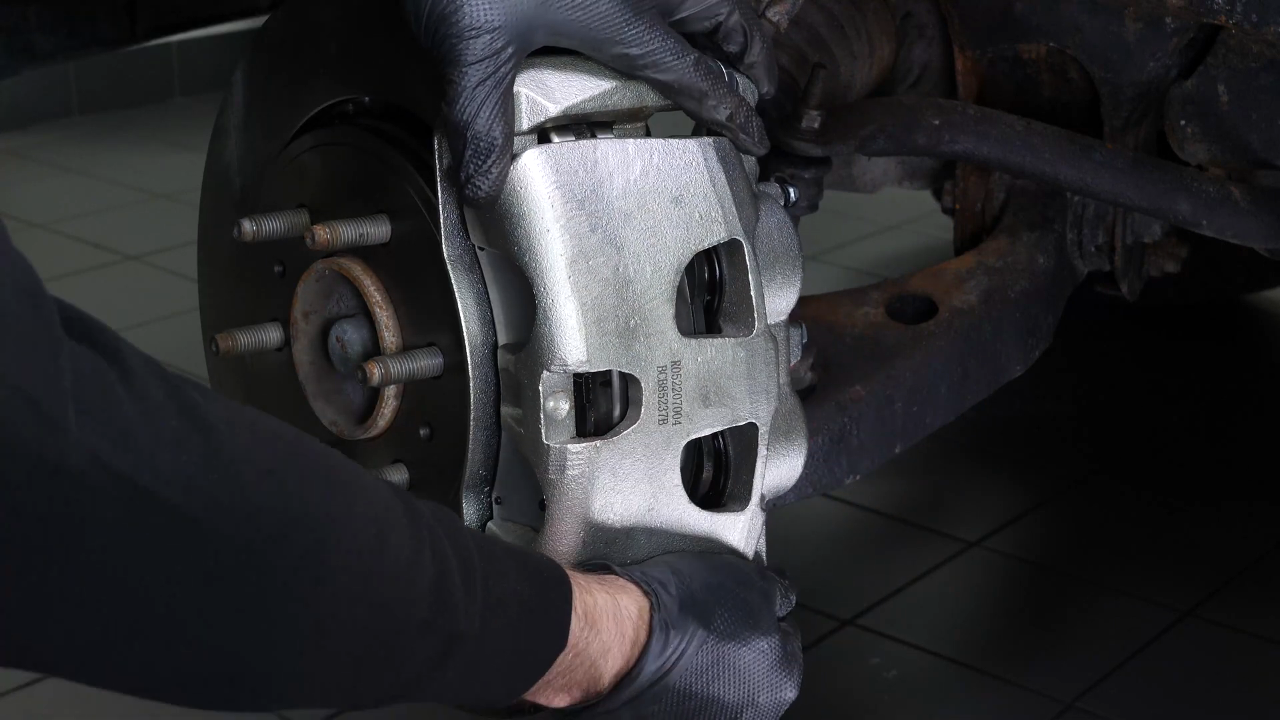

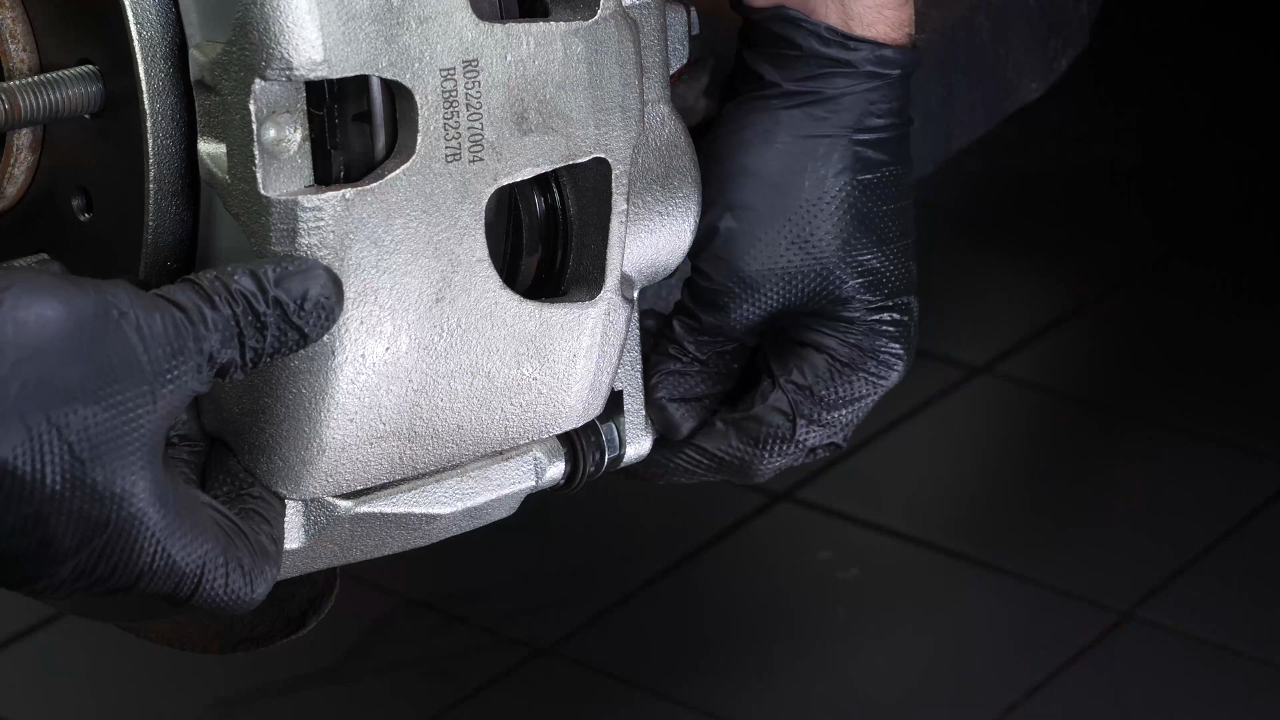
Chapter 15:
Step 2/3
You can use a 17mm wrench to prevent the bolts from rotating. Screw them in using a socket wrench and a 13mm socket. Finish tightening using a torque wrench.
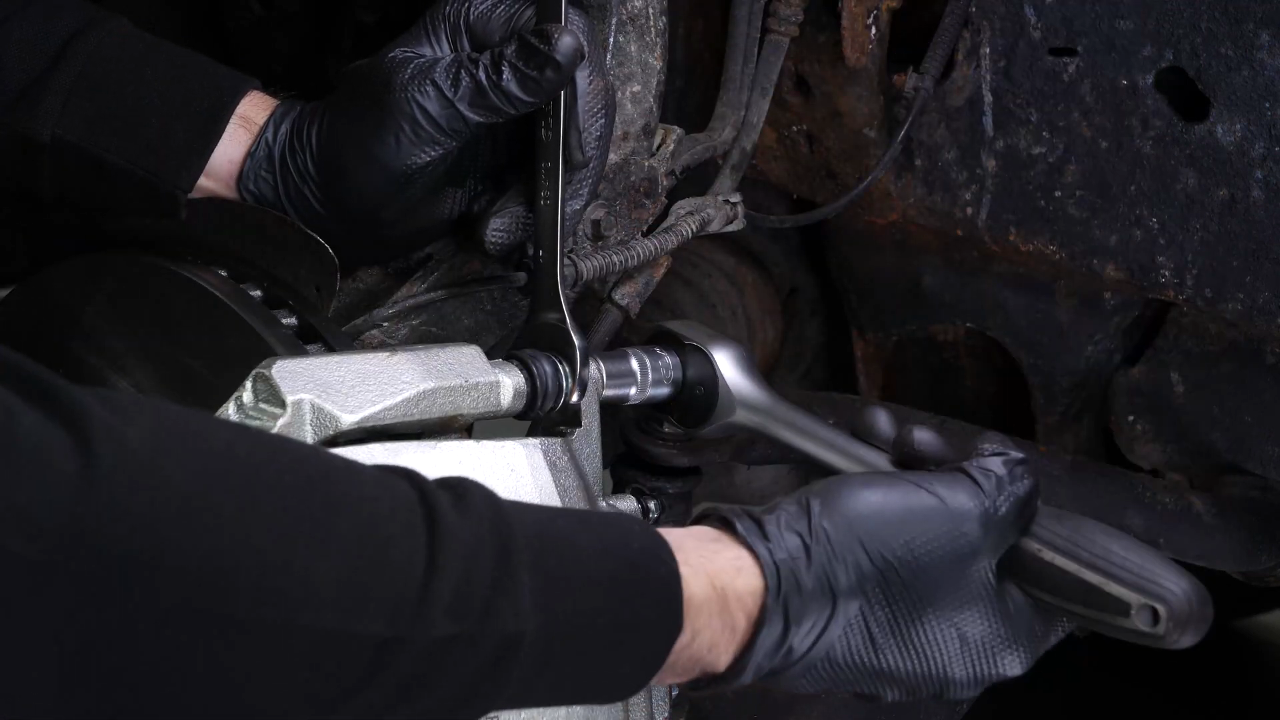

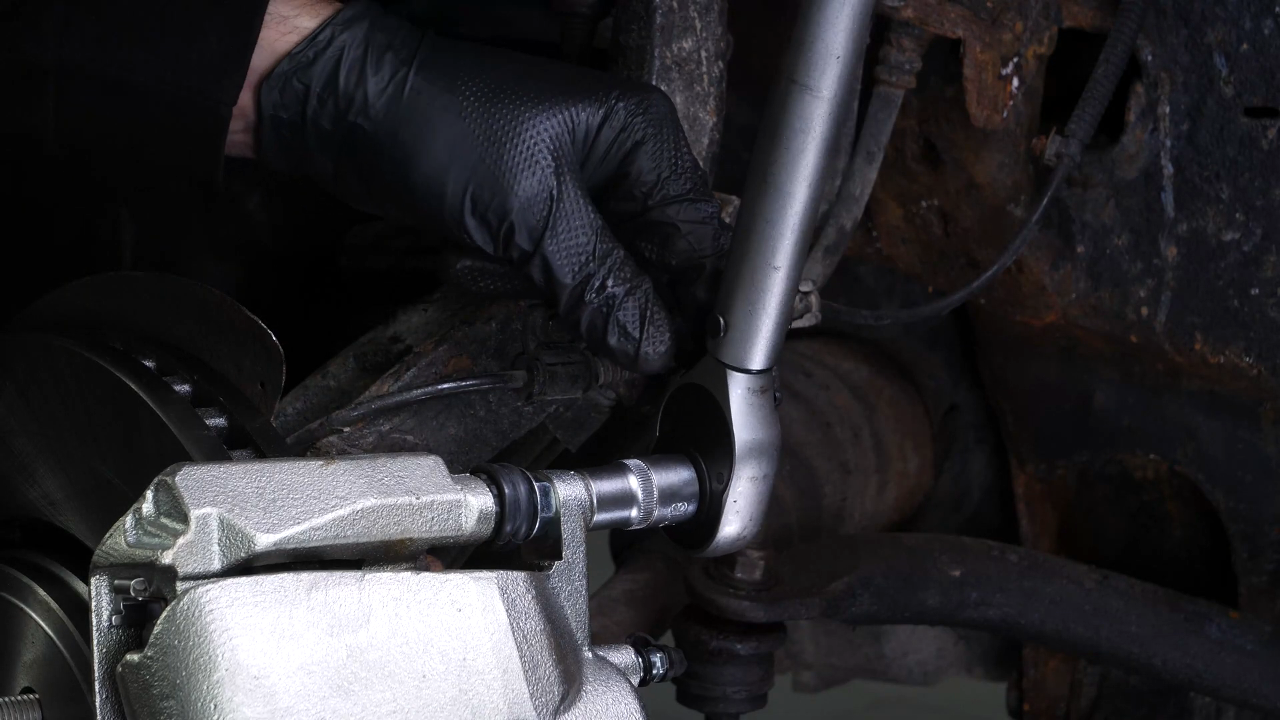
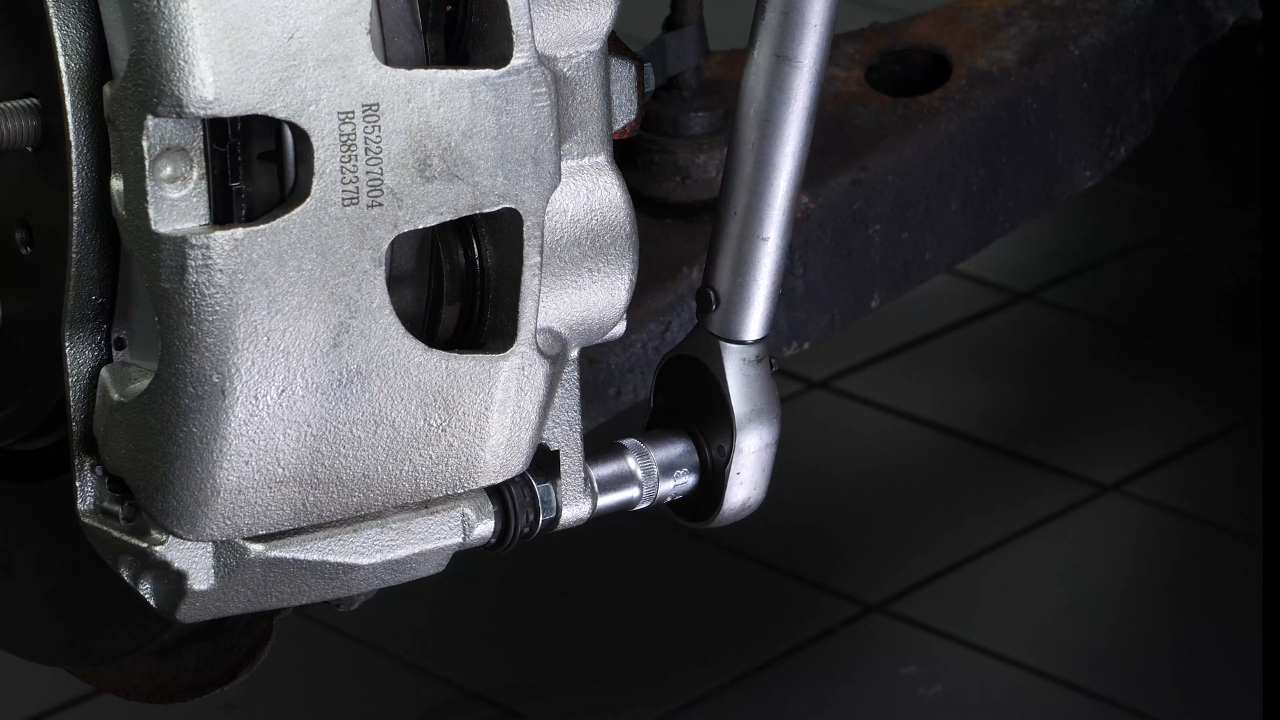
Chapter 15:
Step 3/3
Clean both sides of the disc with brake cleaner and a cloth to remove the grease from the new pads.
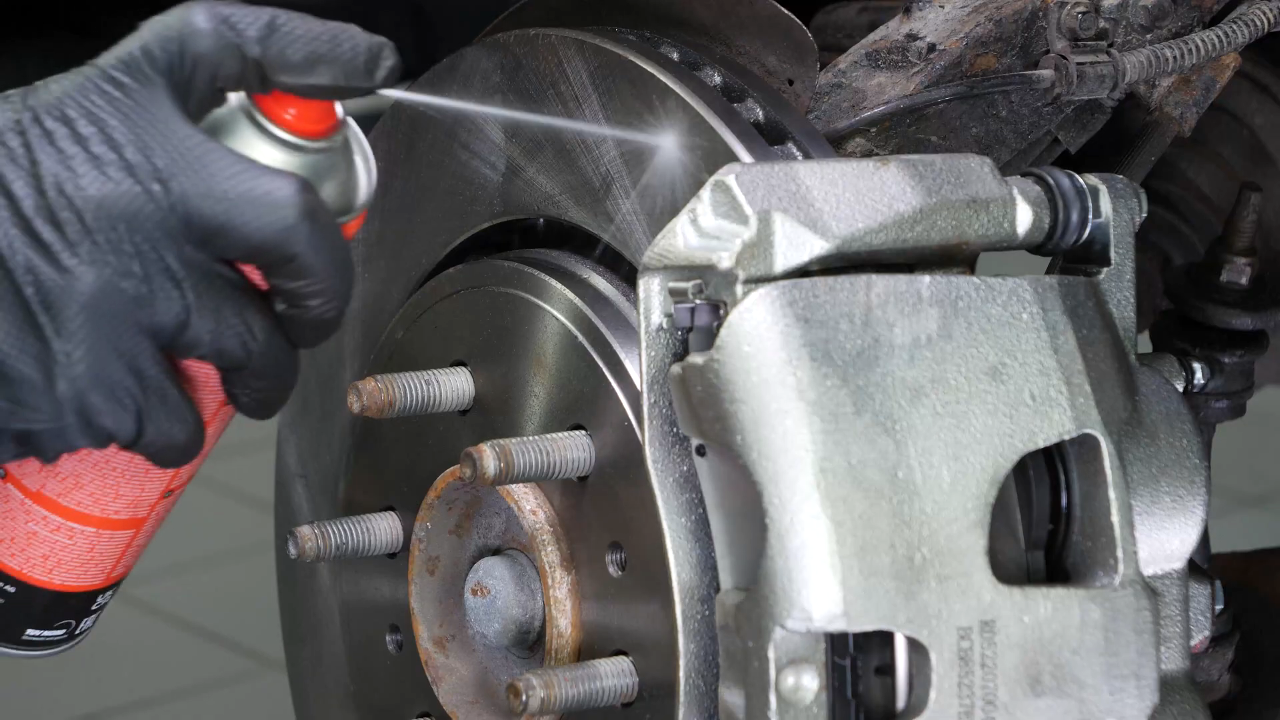
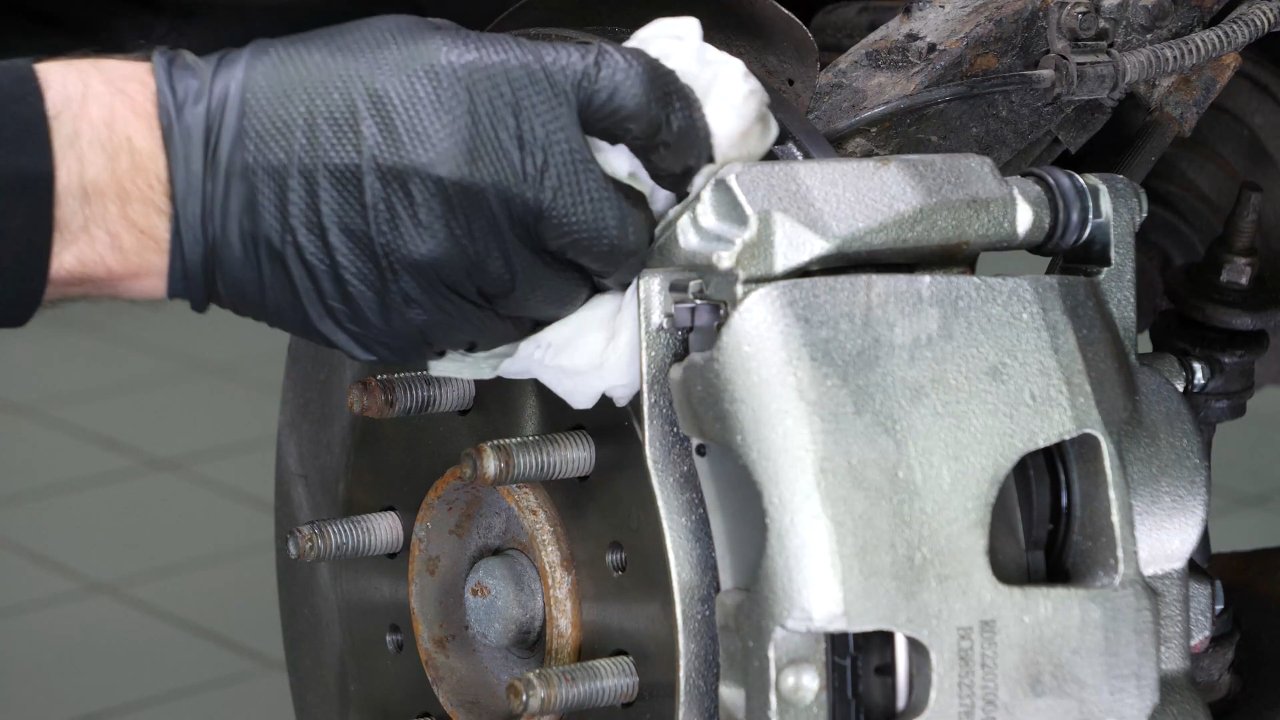
Chapter 16:
Put the vehicle back on the ground
Step 1/2
You can now repeat the same process on the other side. Then, you will be able to put the wheels back on your vehicle. Put the car back on the ground and block the wheels properly.
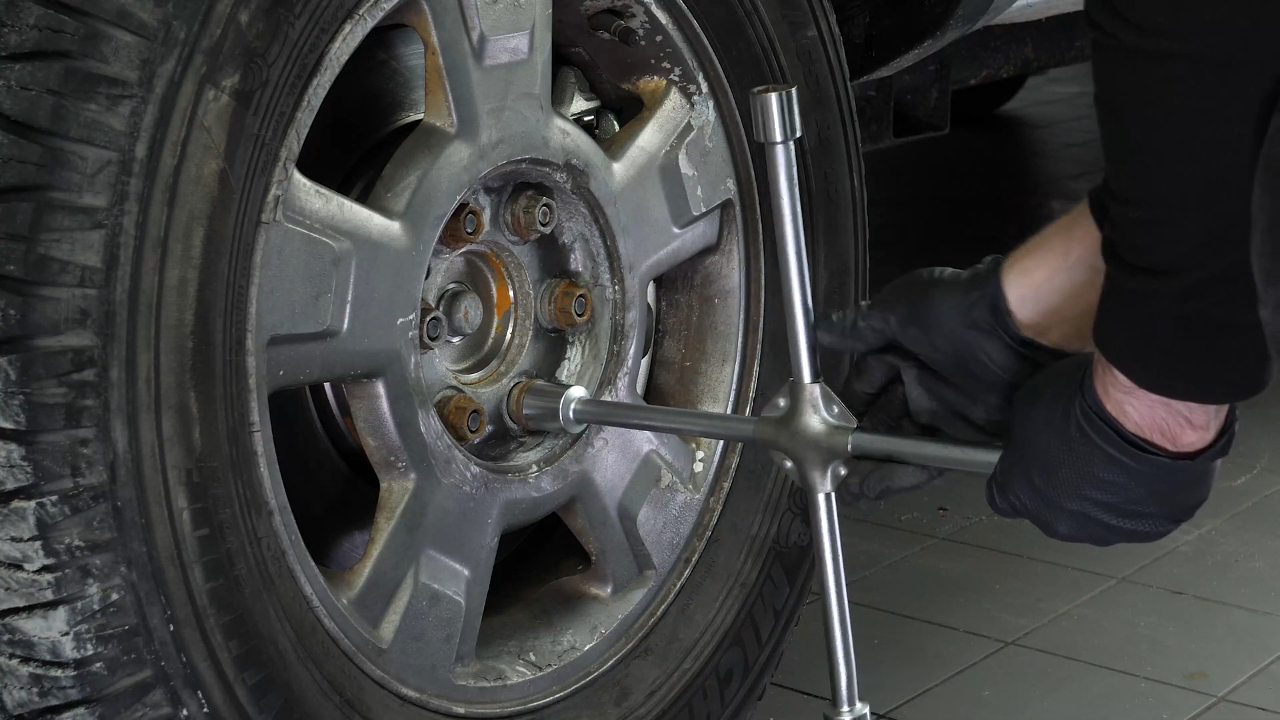
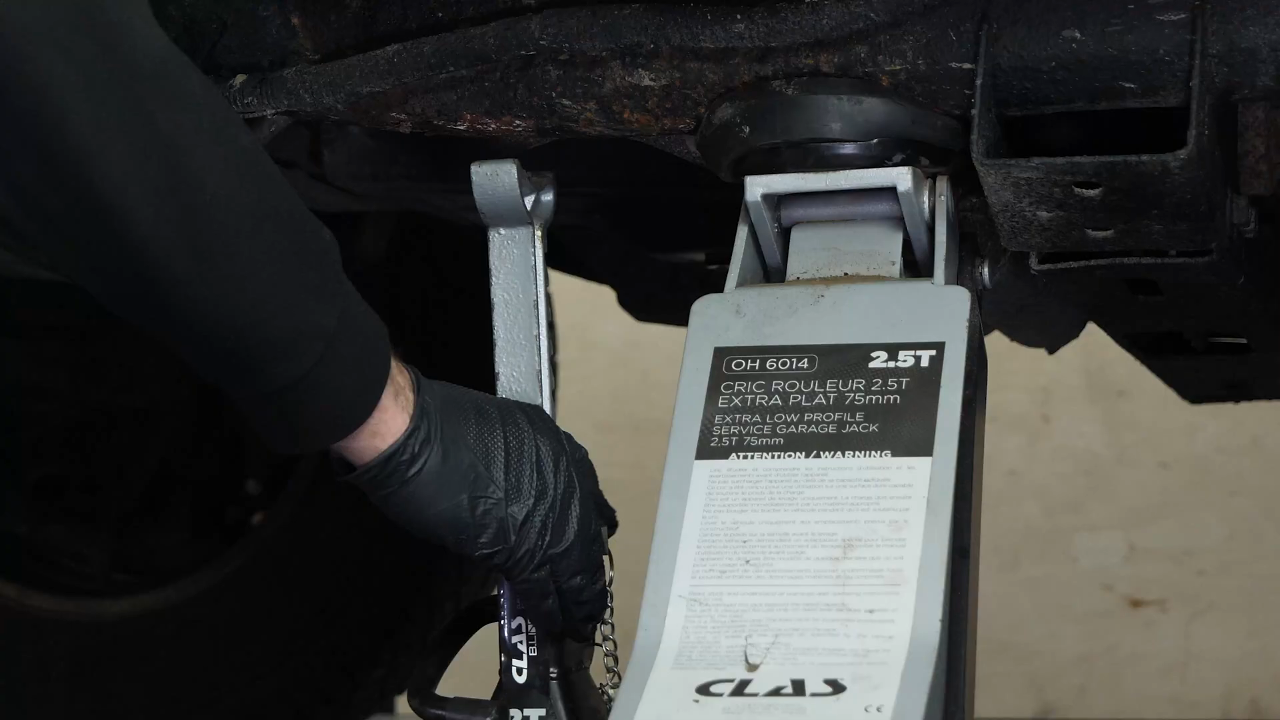
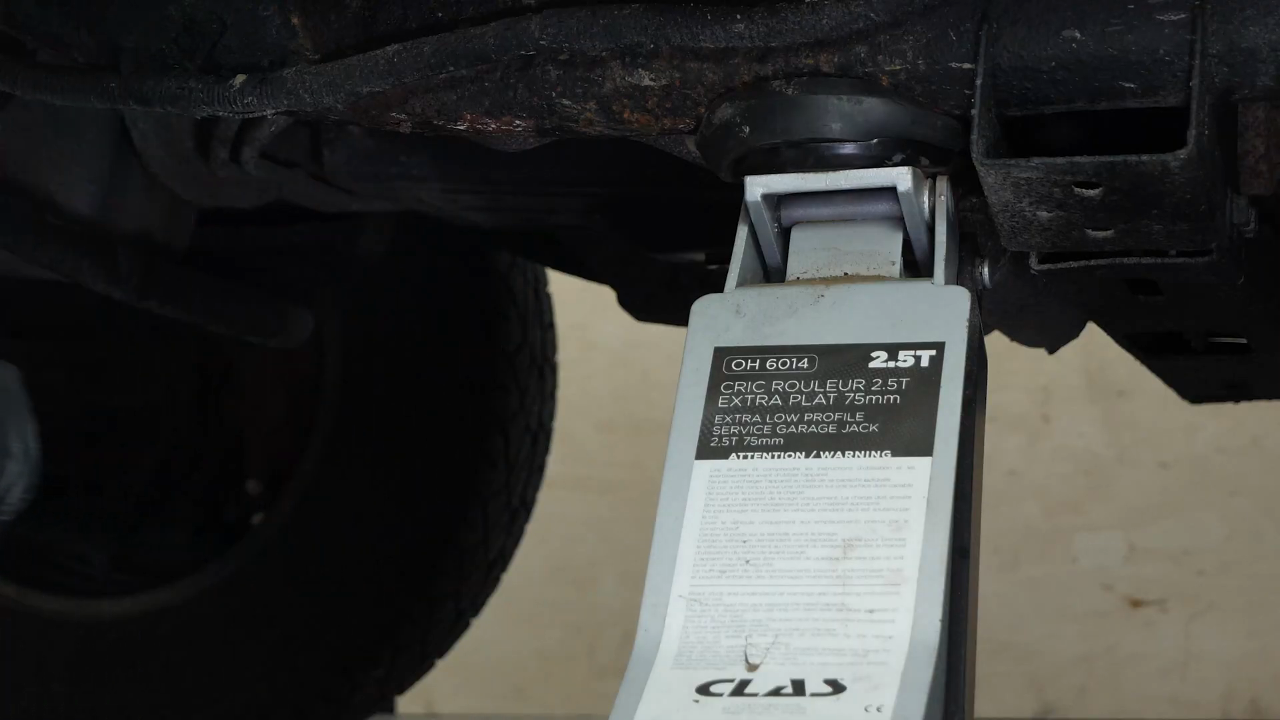

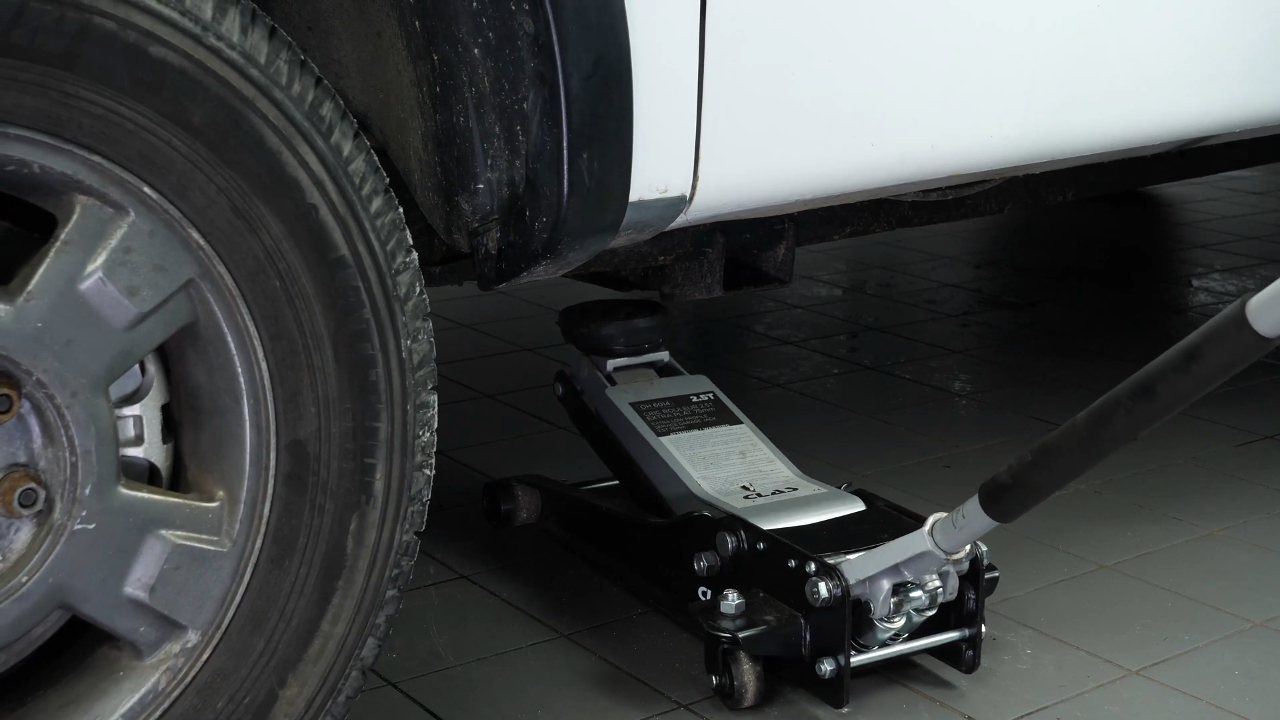
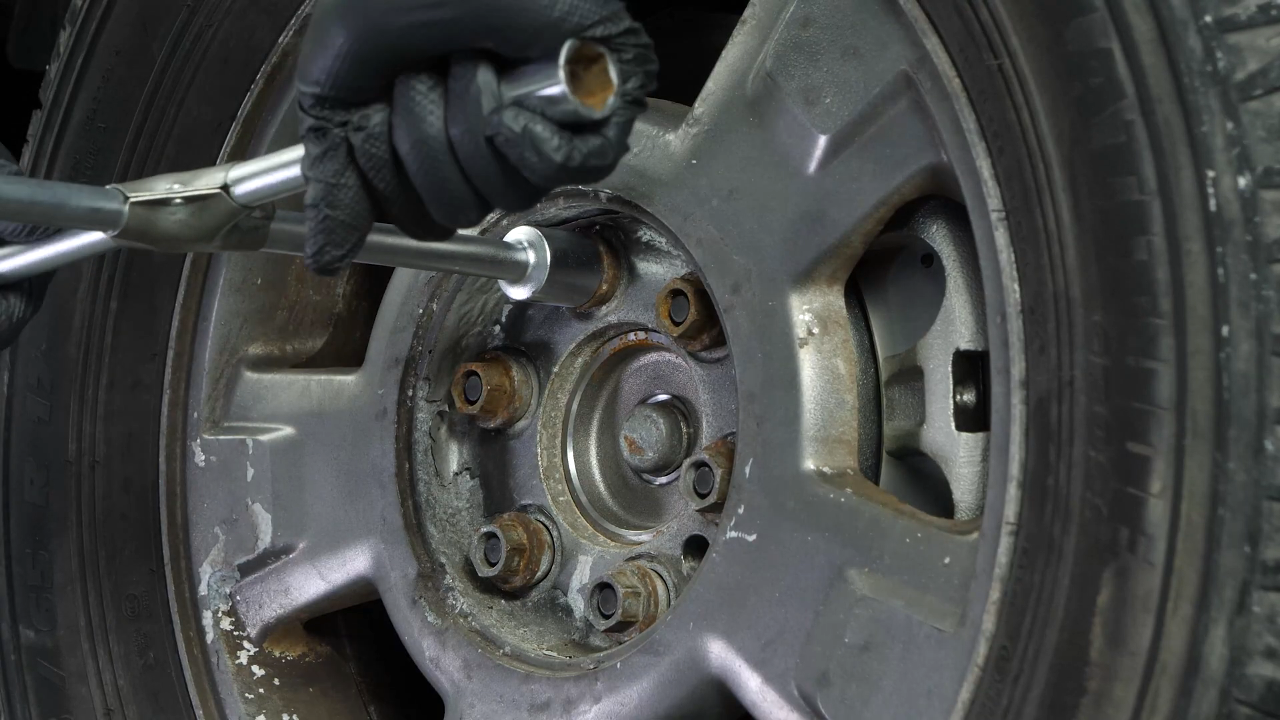
Chapter 16:
Step 2/2
Don’t forget to screw the brake fluid cap back on before starting the car.
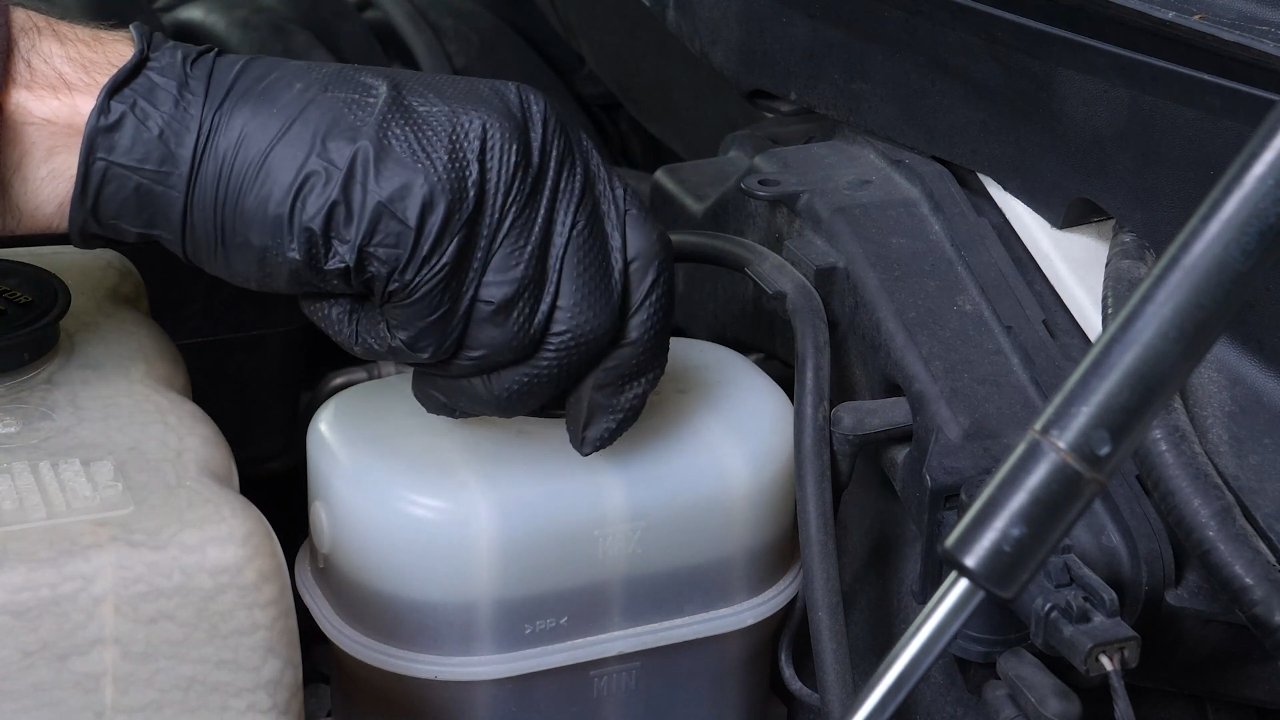
Chapter 17:
Pump the brake pedal
Step 1/3
Attention! Before using your vehicle again, start your car, and pump the brake pedal a few times to push the brake pads together again.
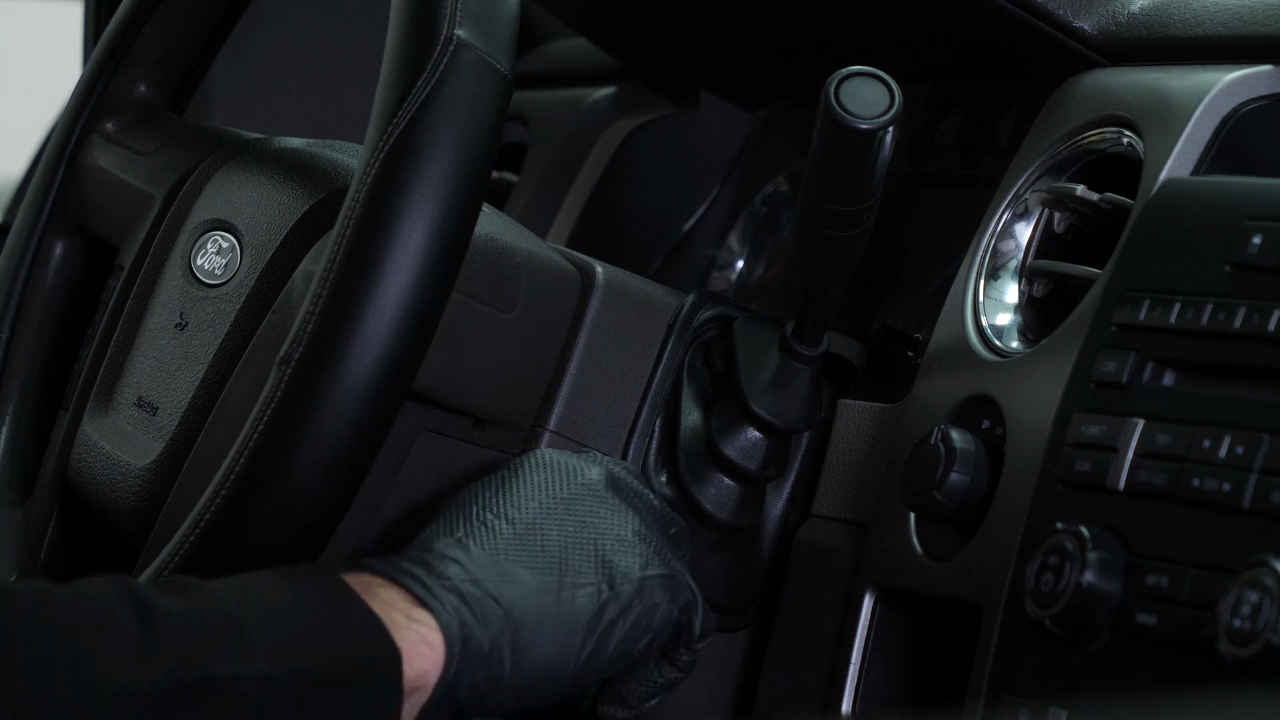
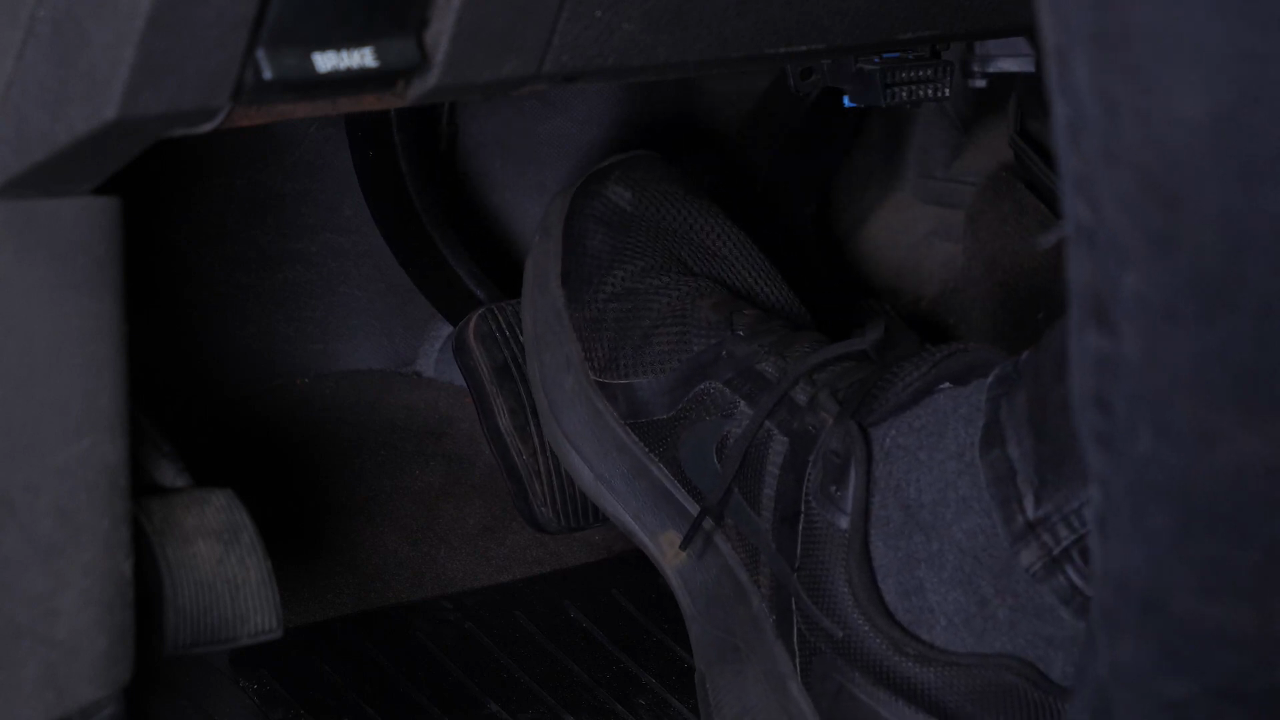
Chapter 17:
Step 2/3
Try to drive smoothly and avoid sudden braking for the first 30 miles or so, to avoid glazing the new pads.
Chapter 17:
Step 3/3
Operation completed.
